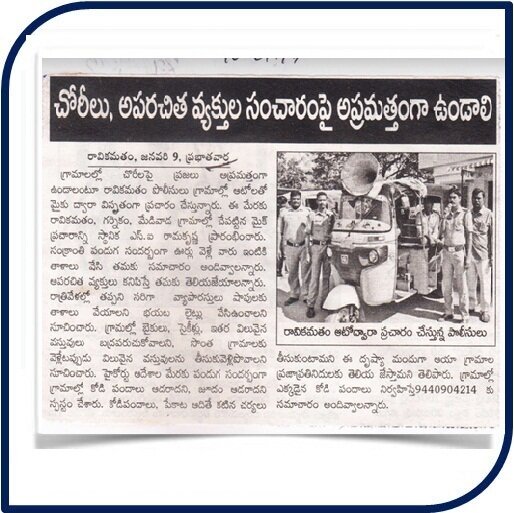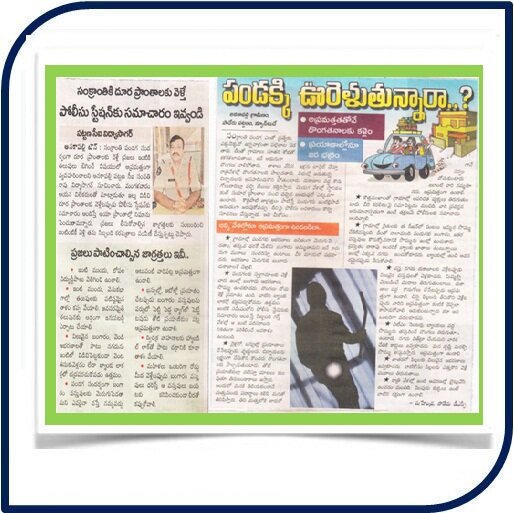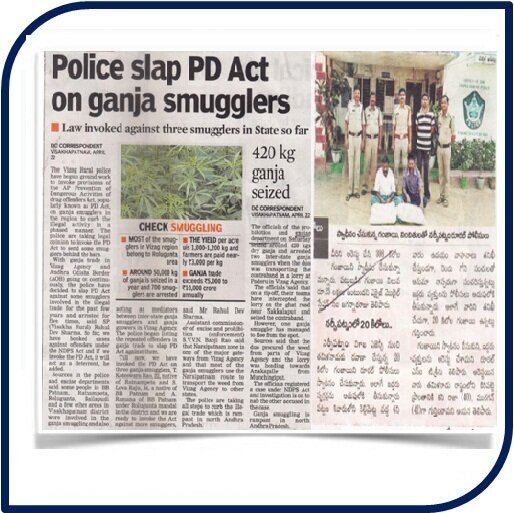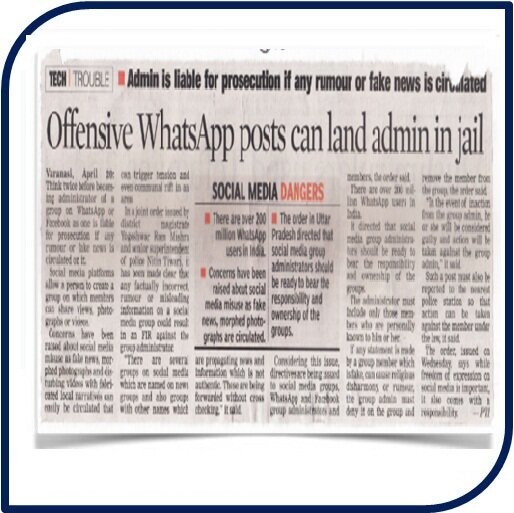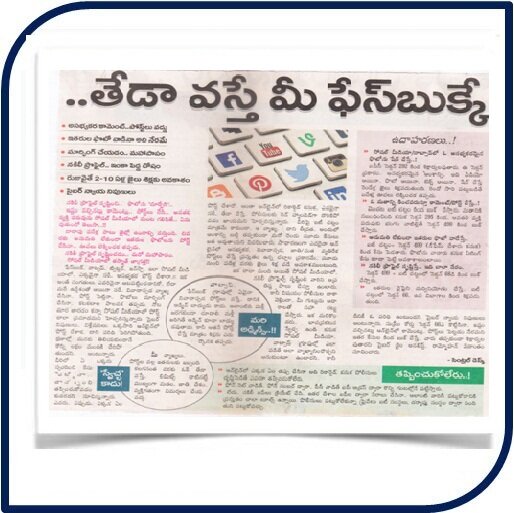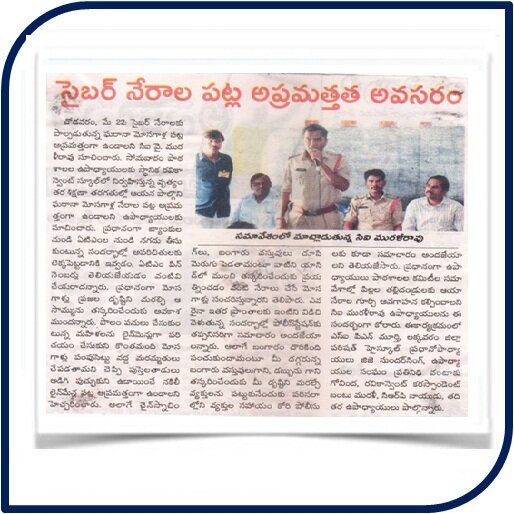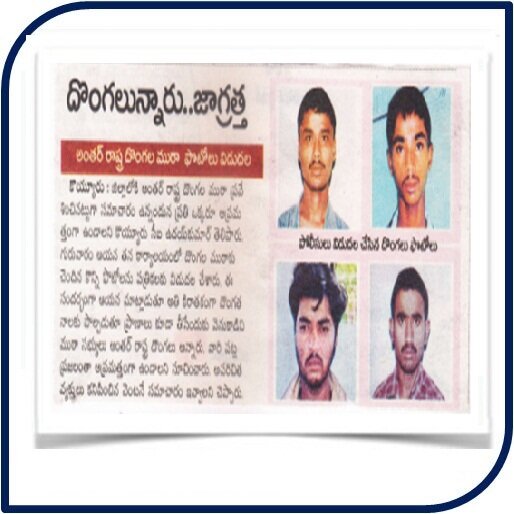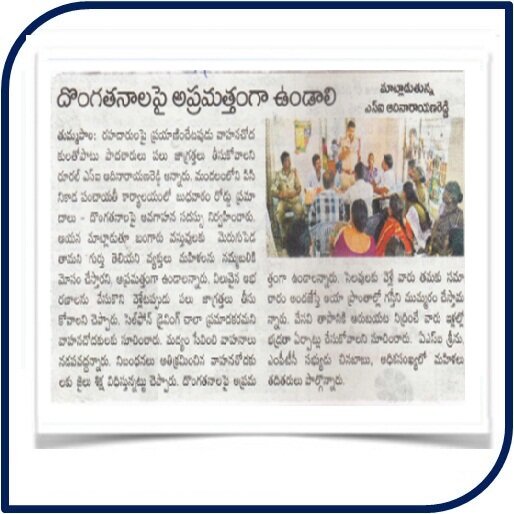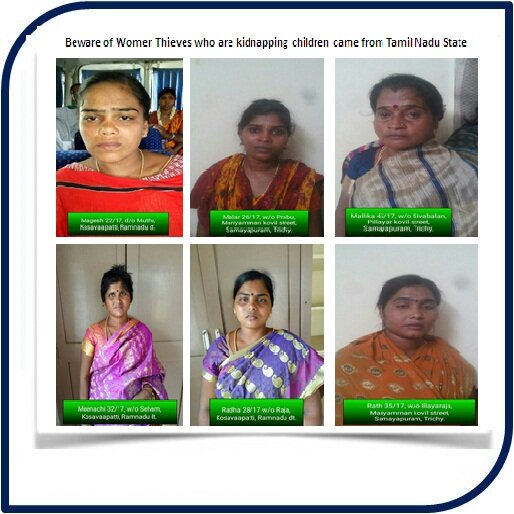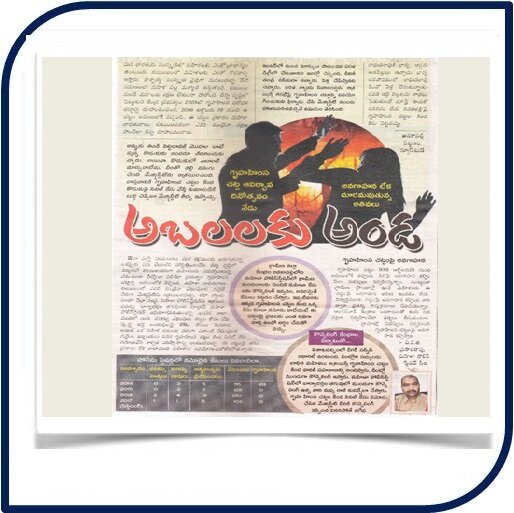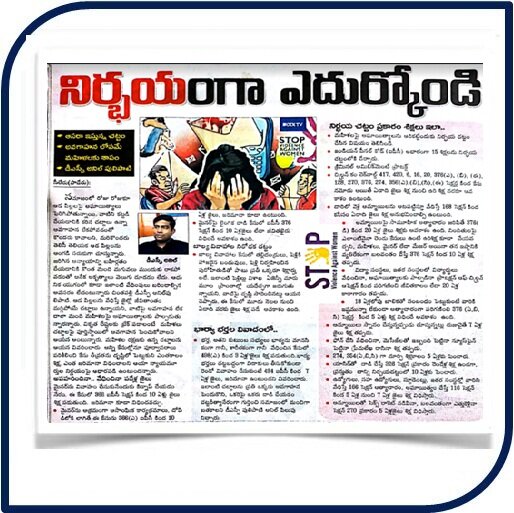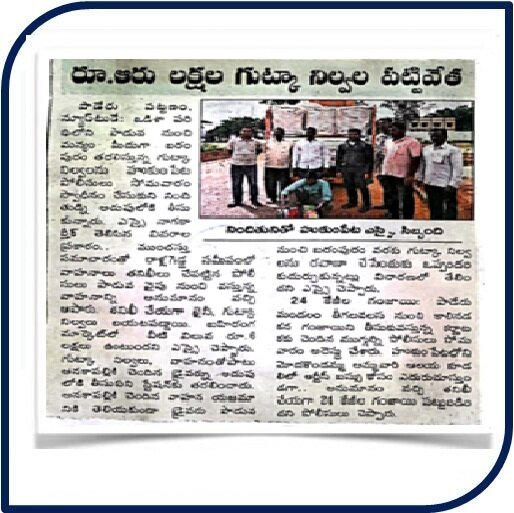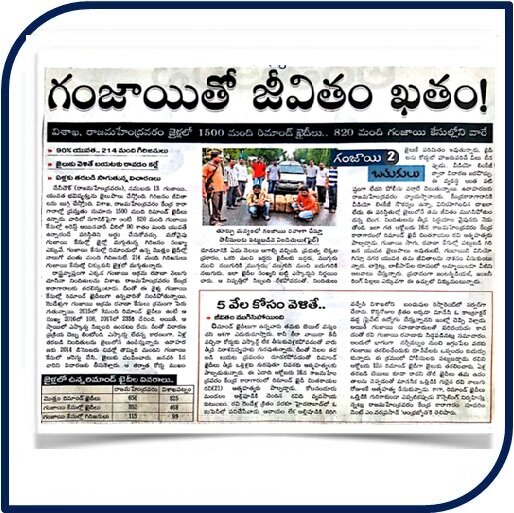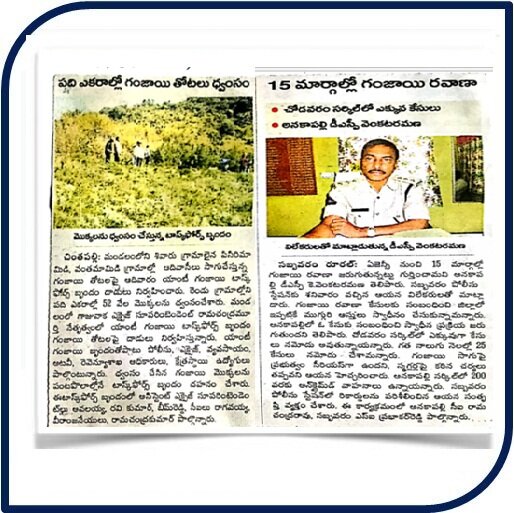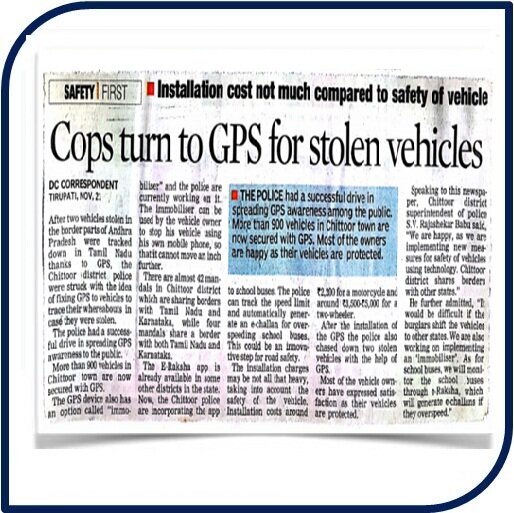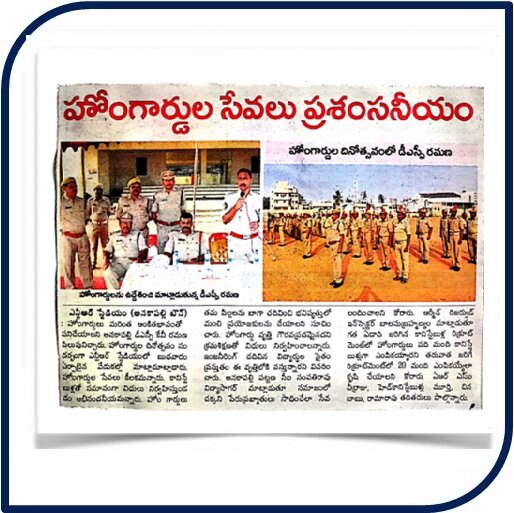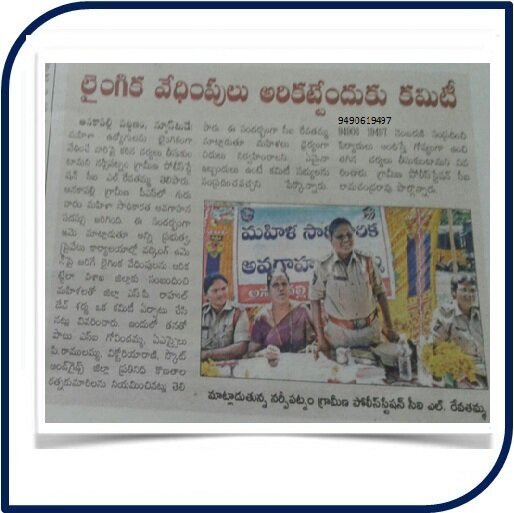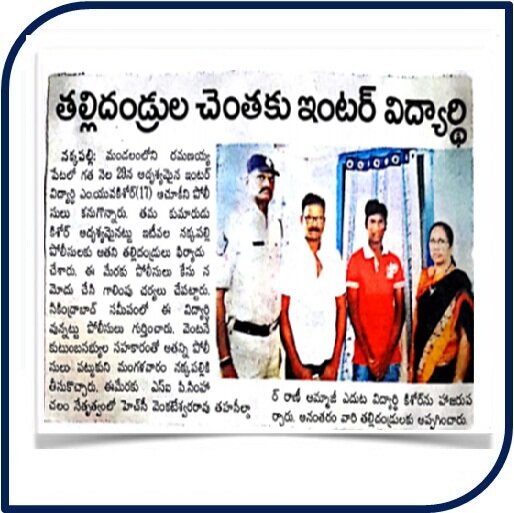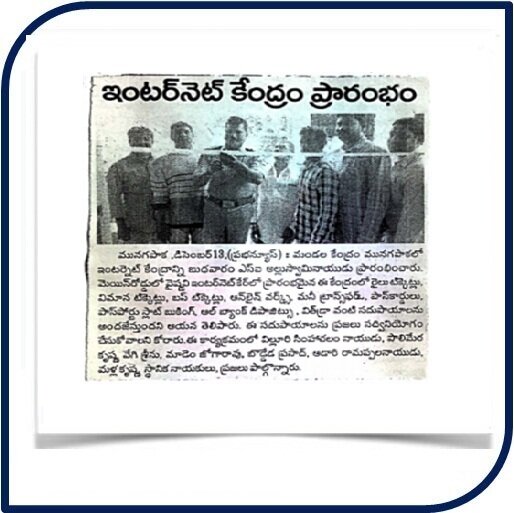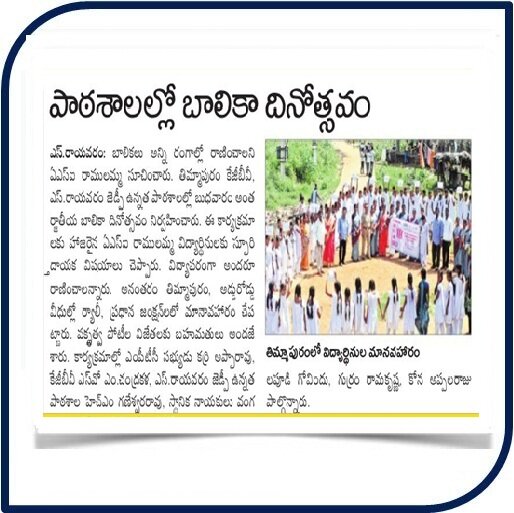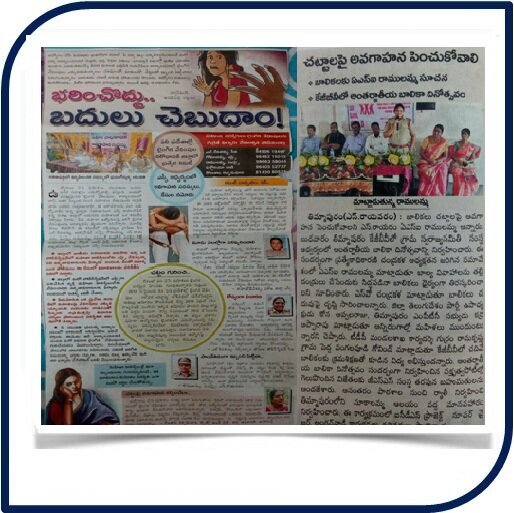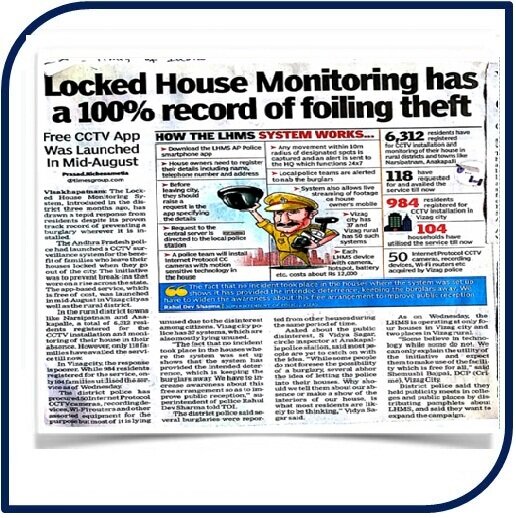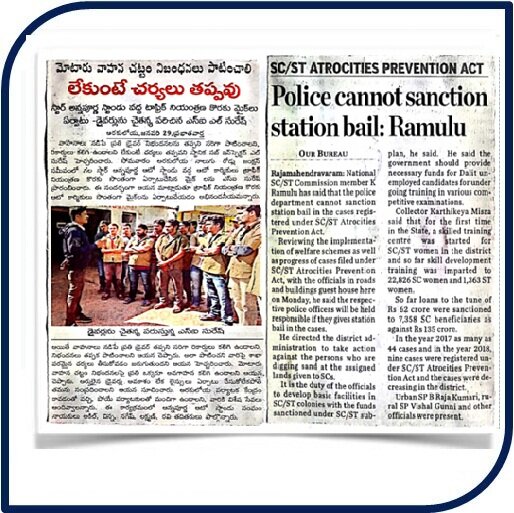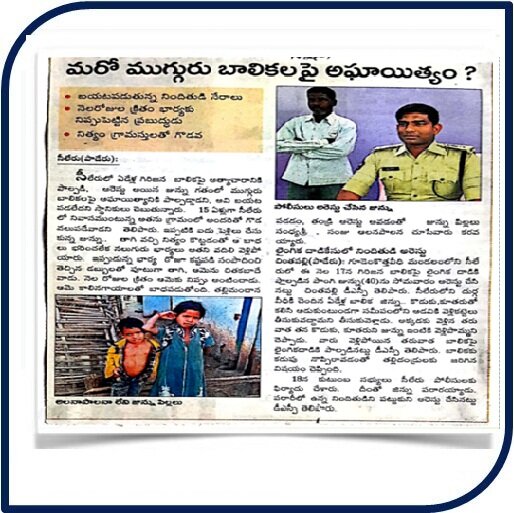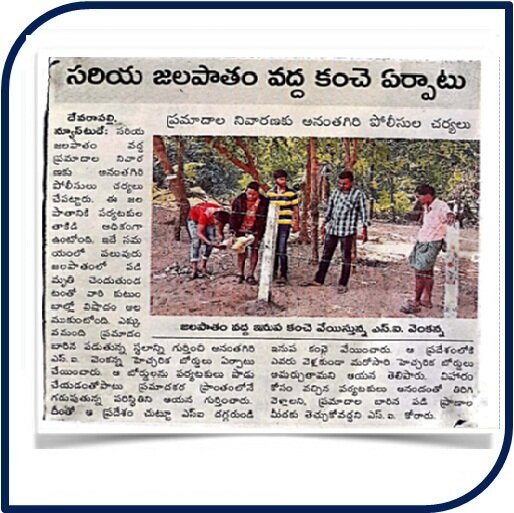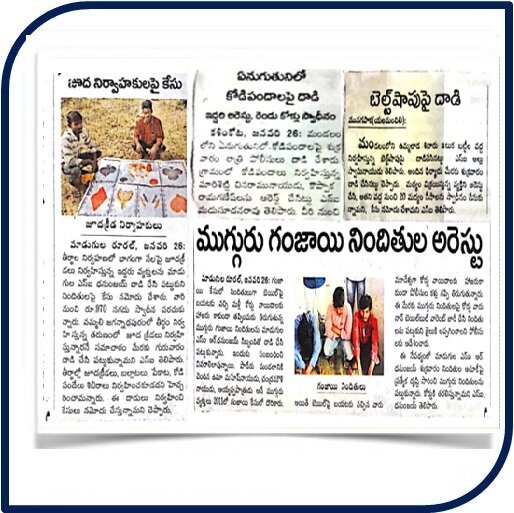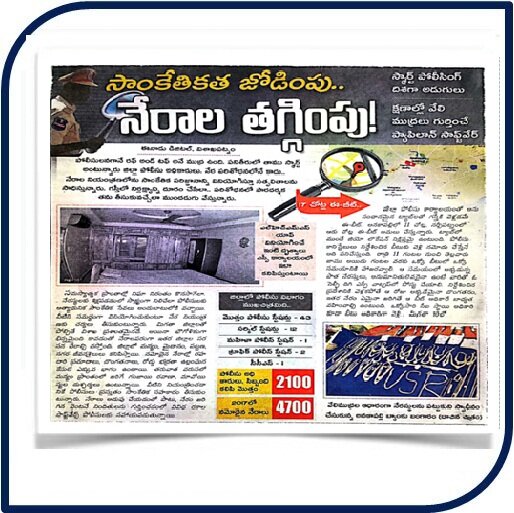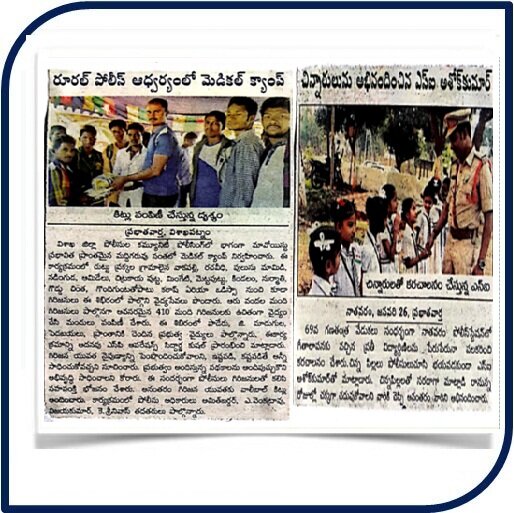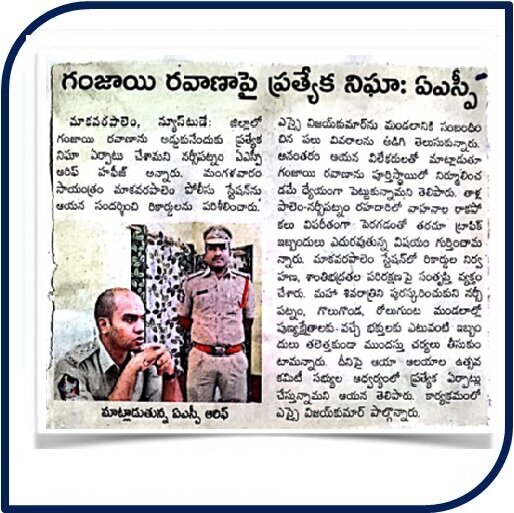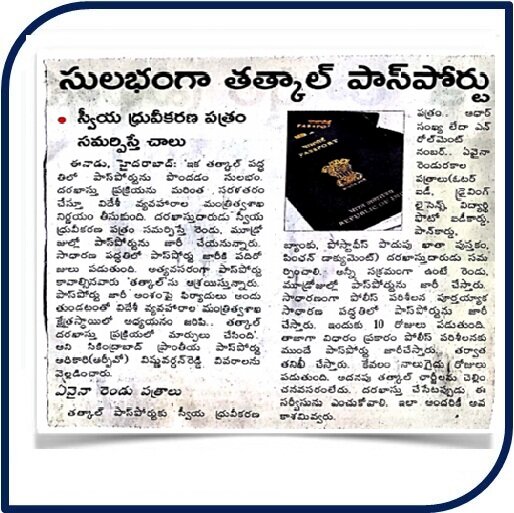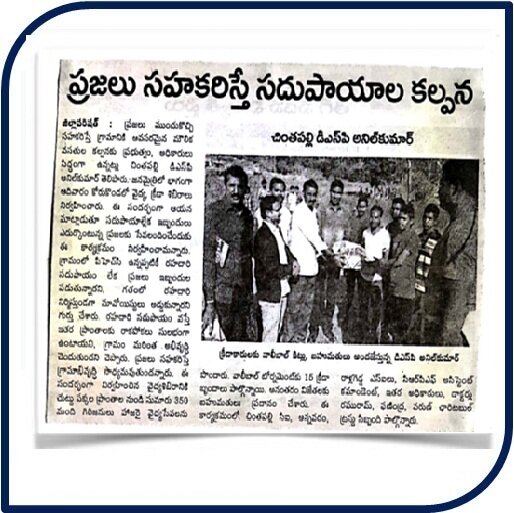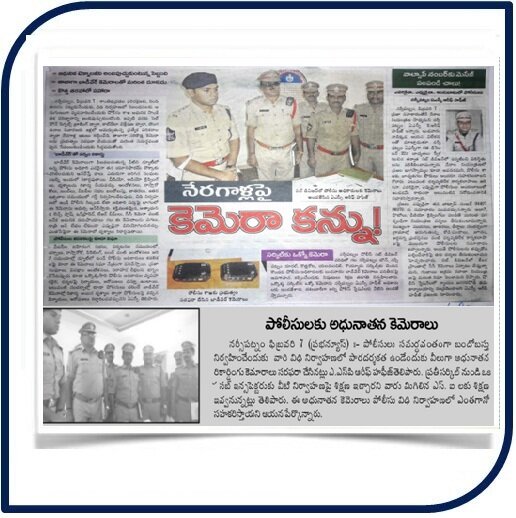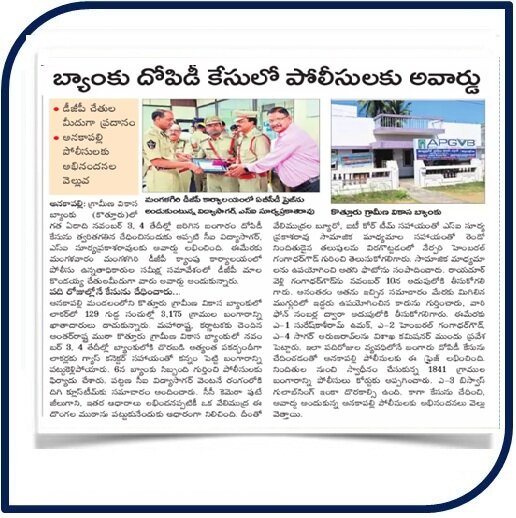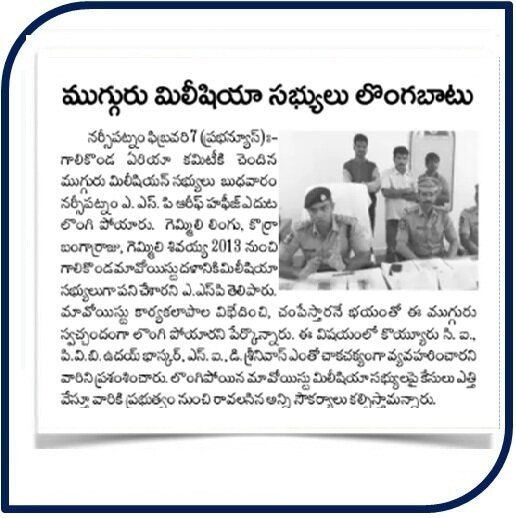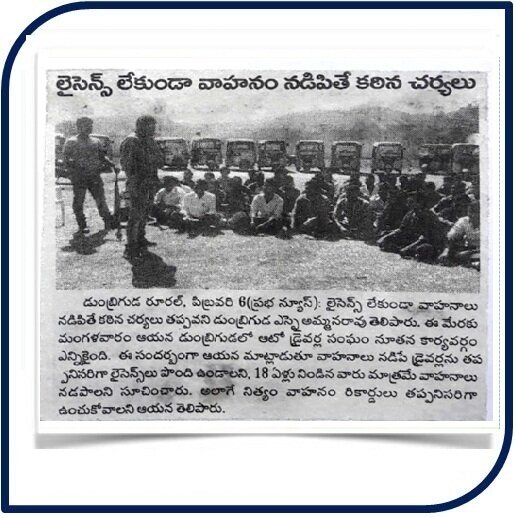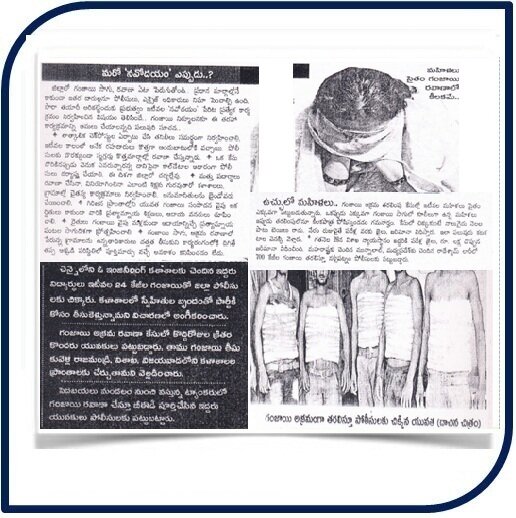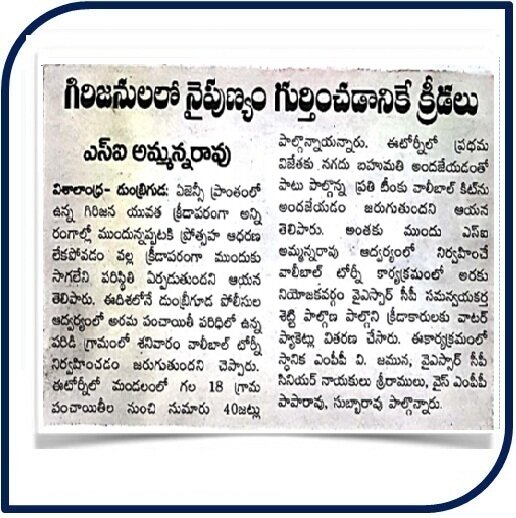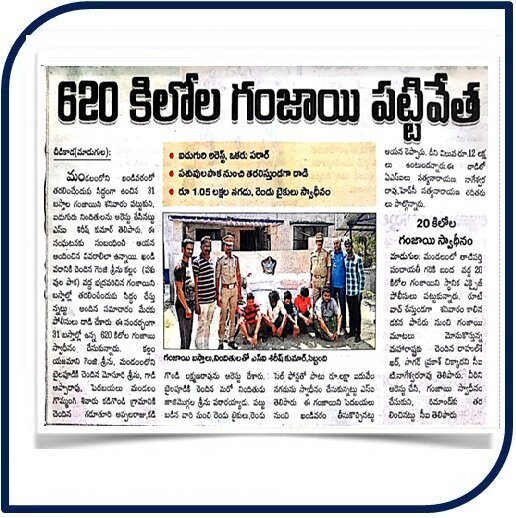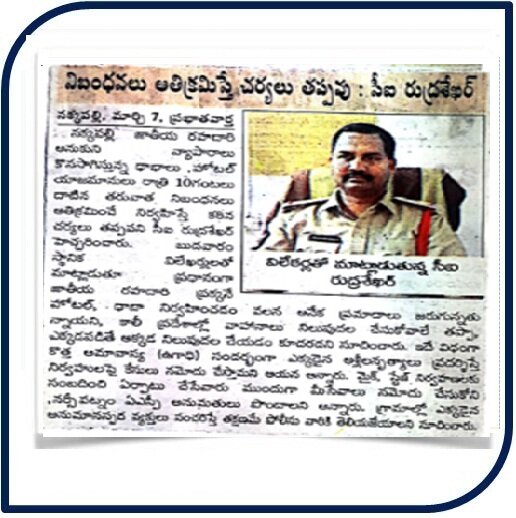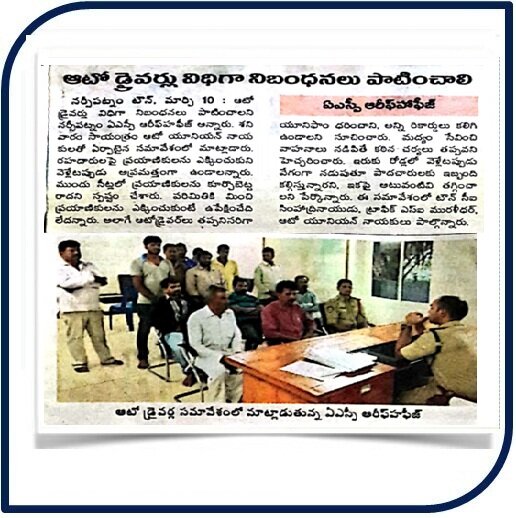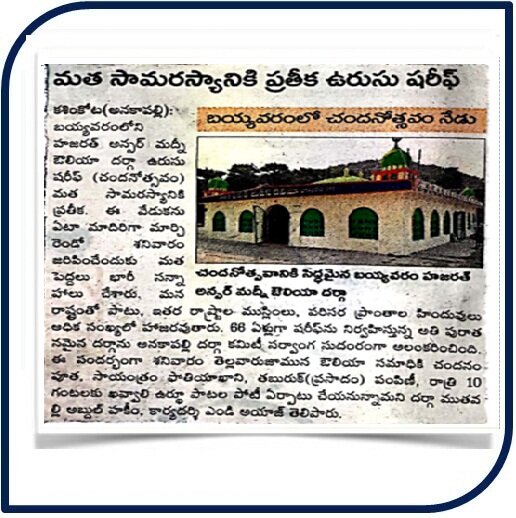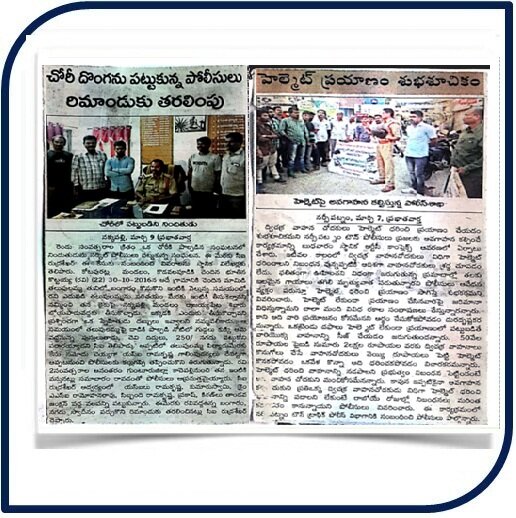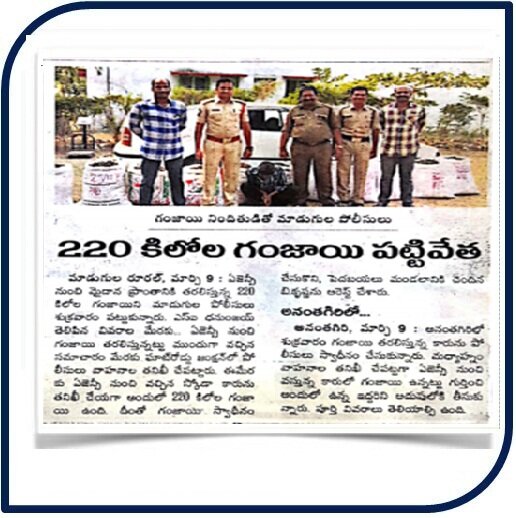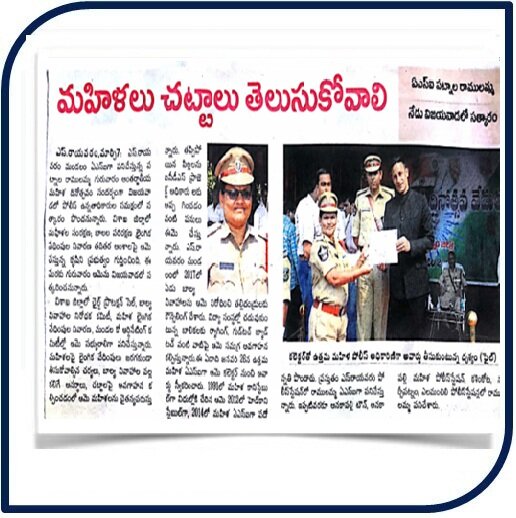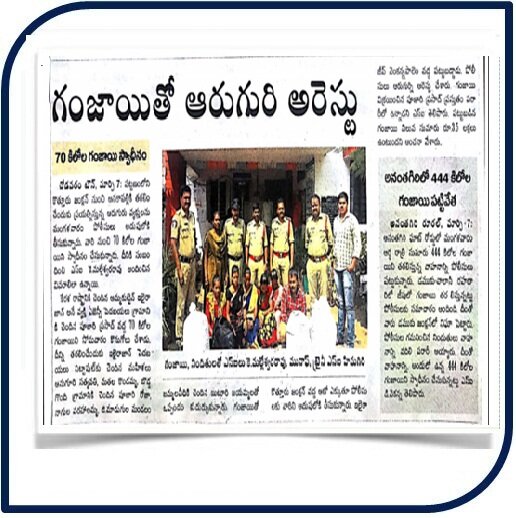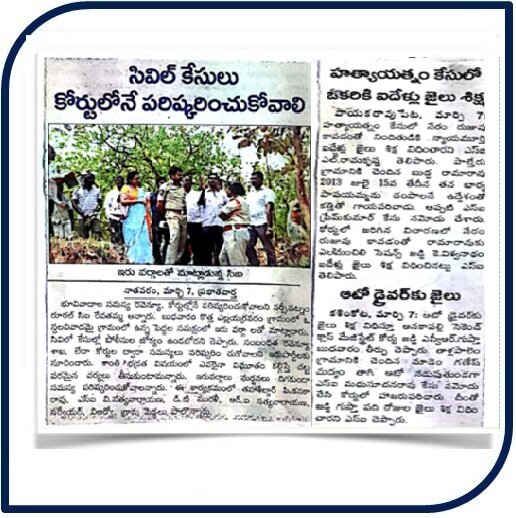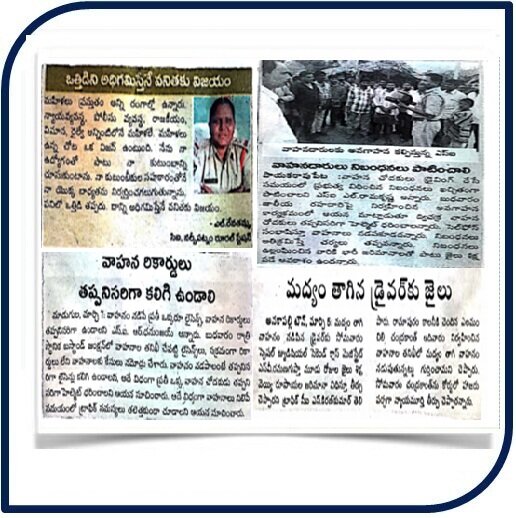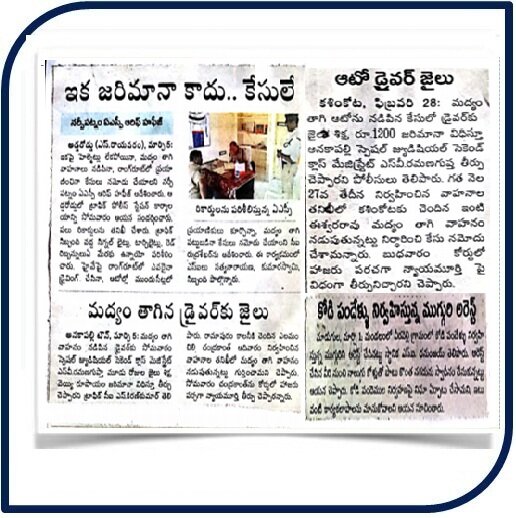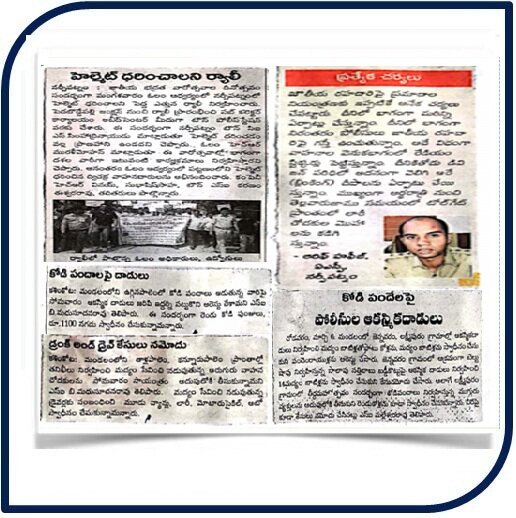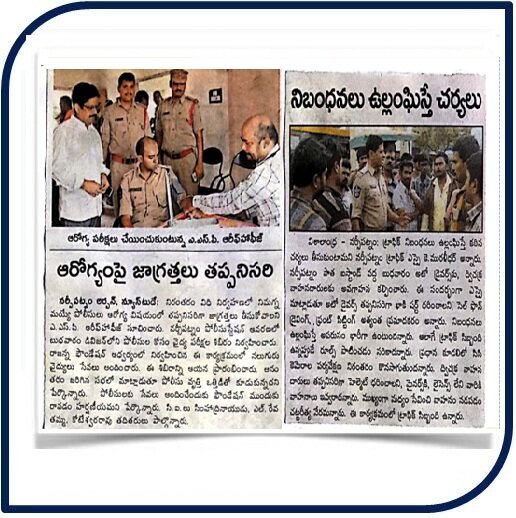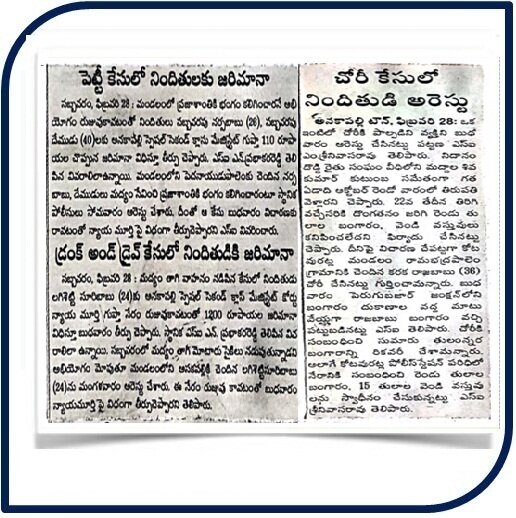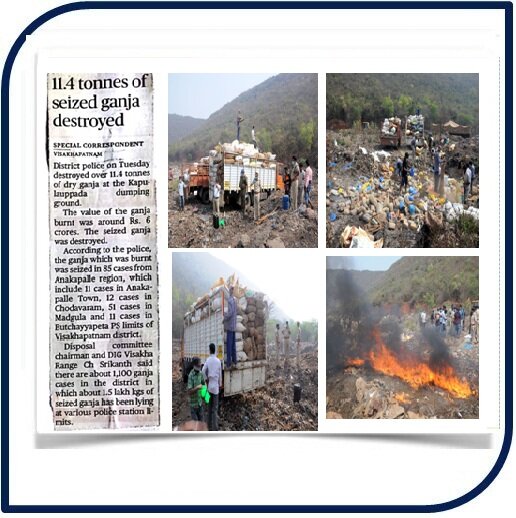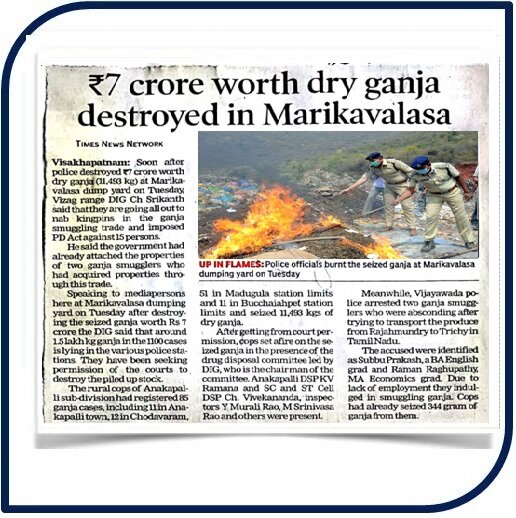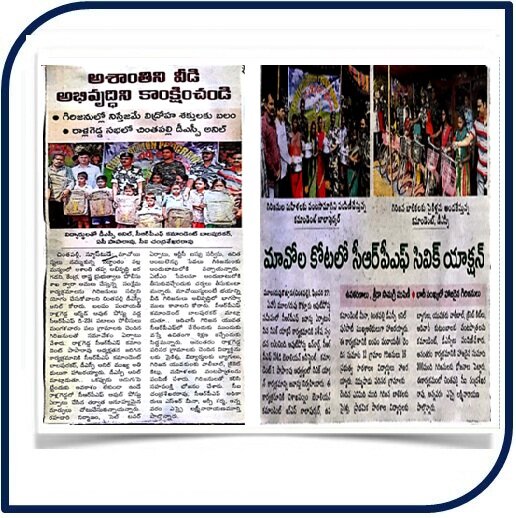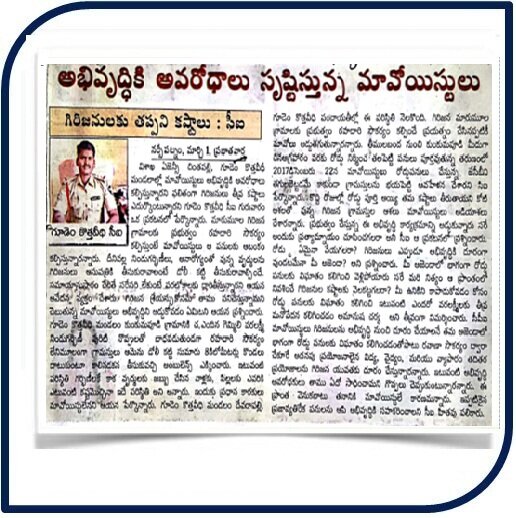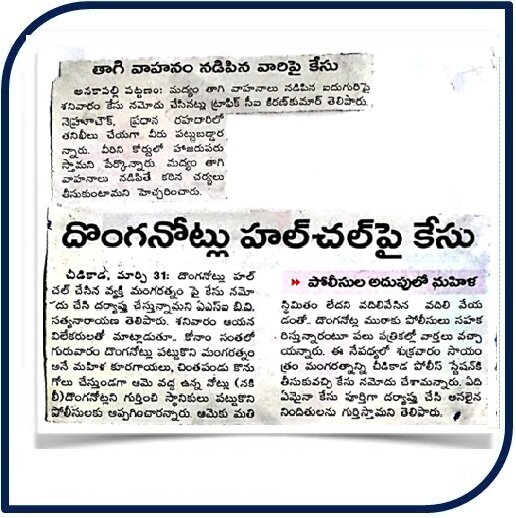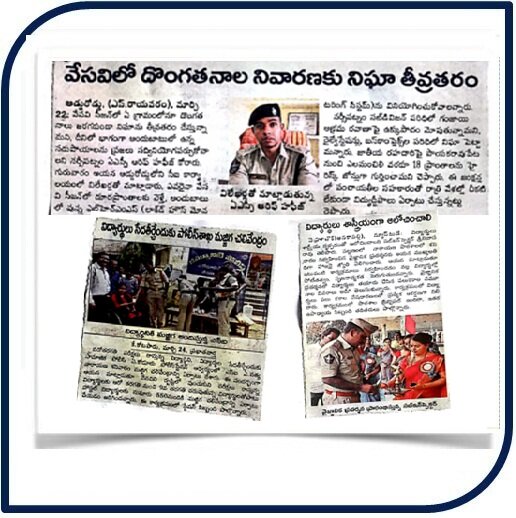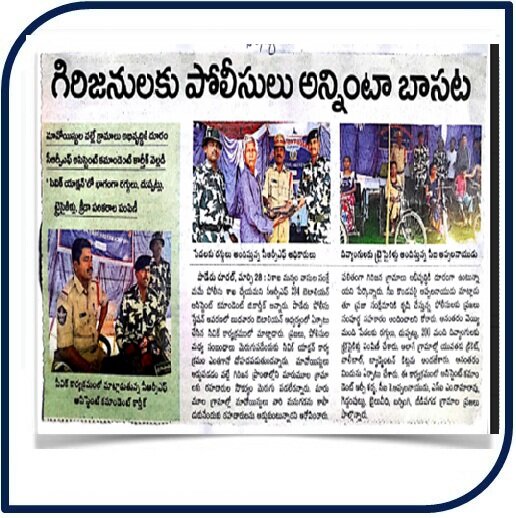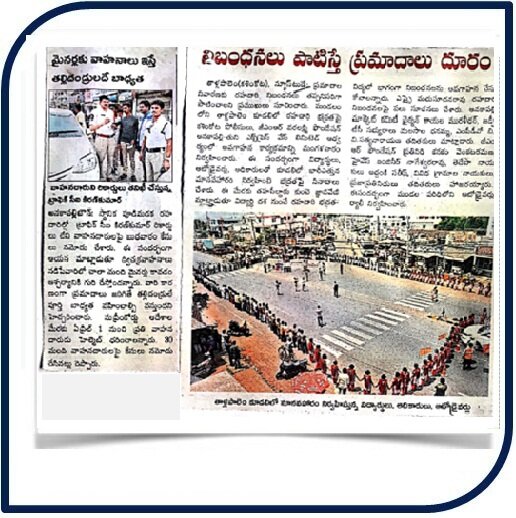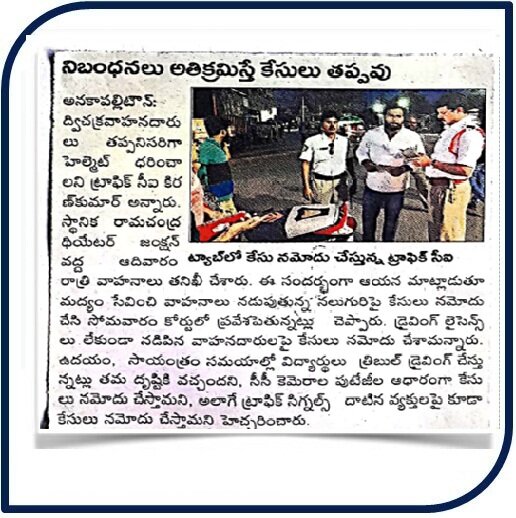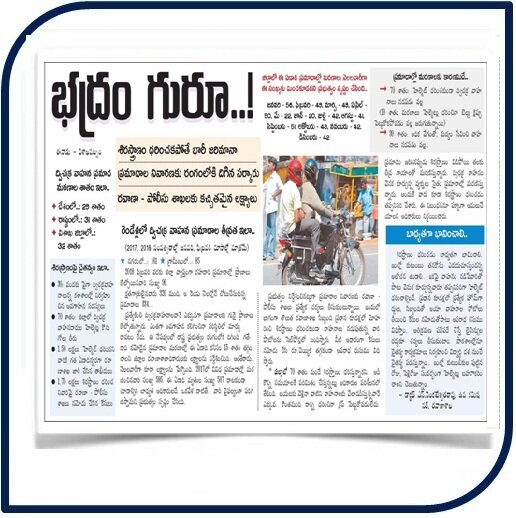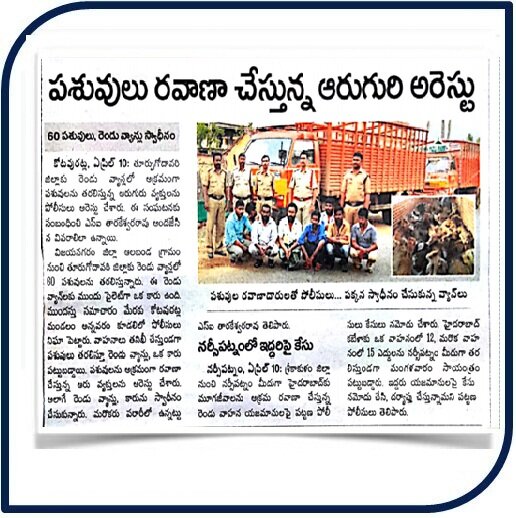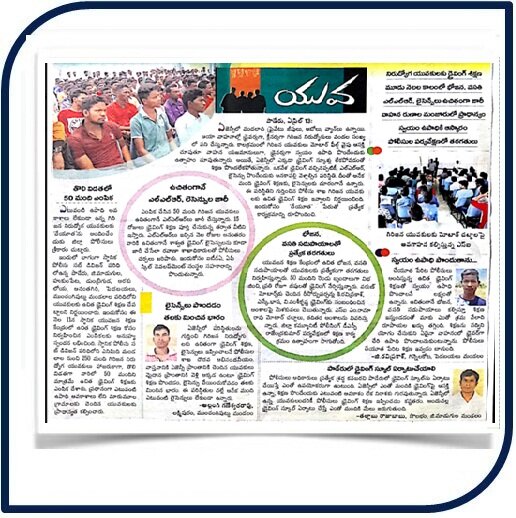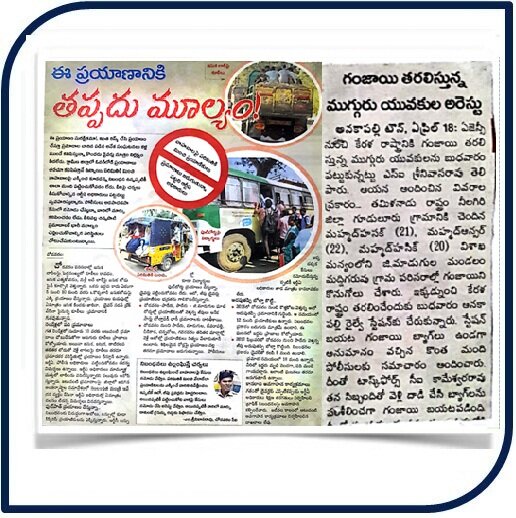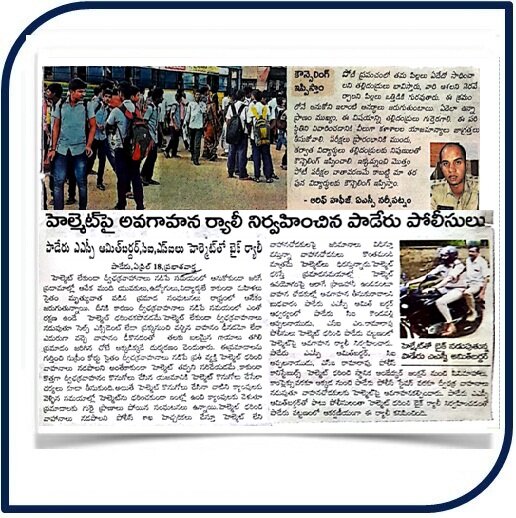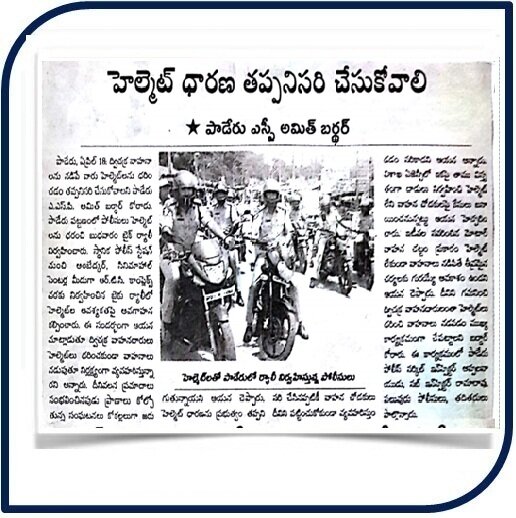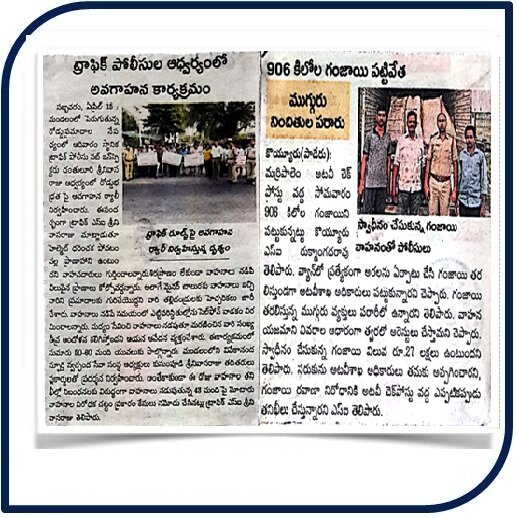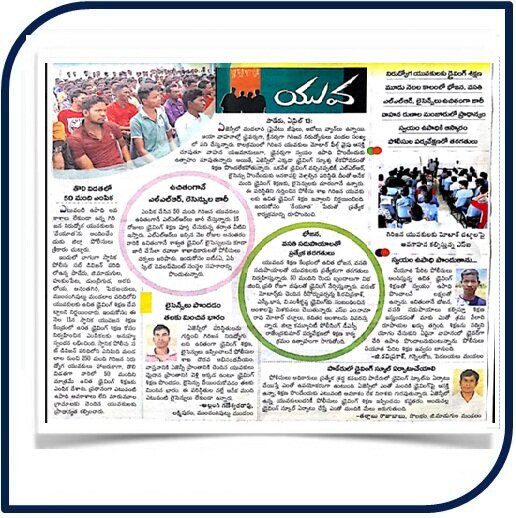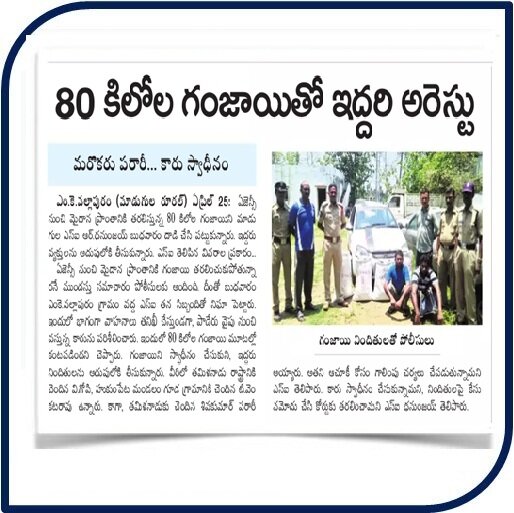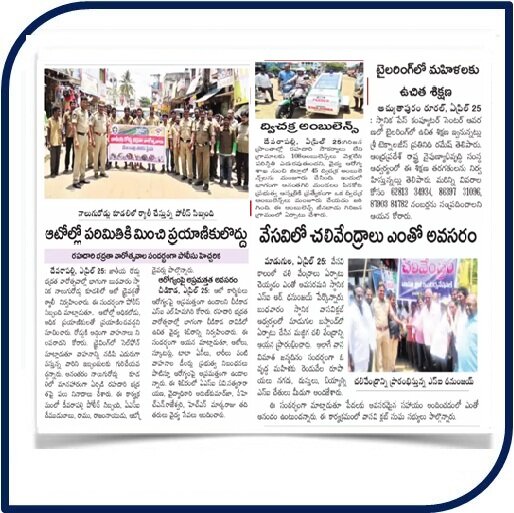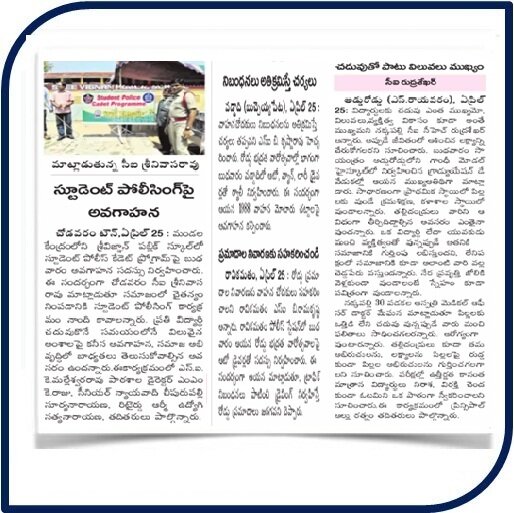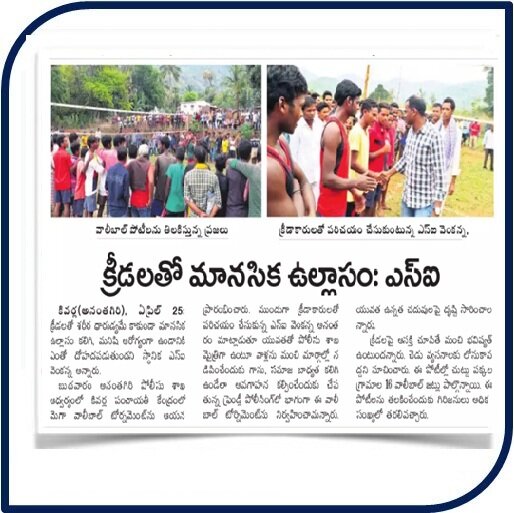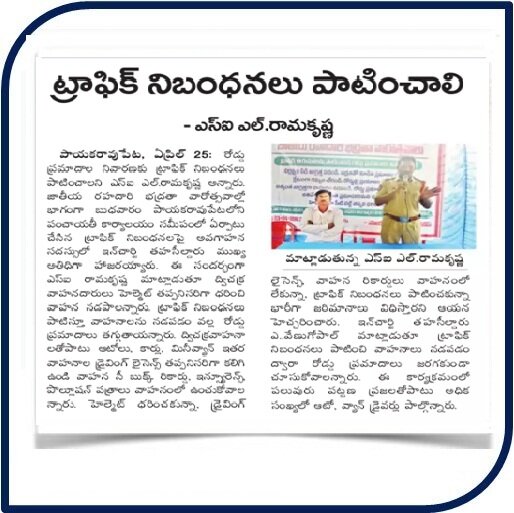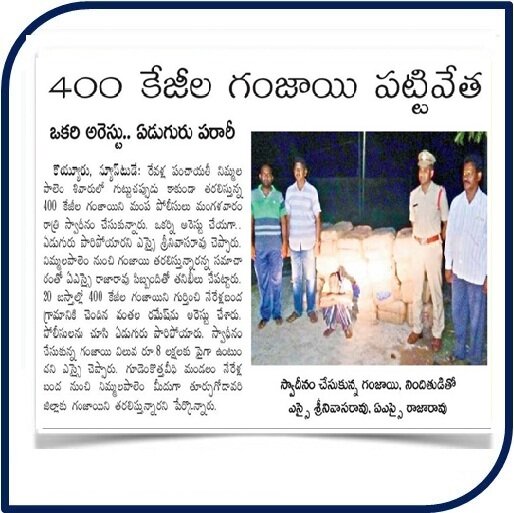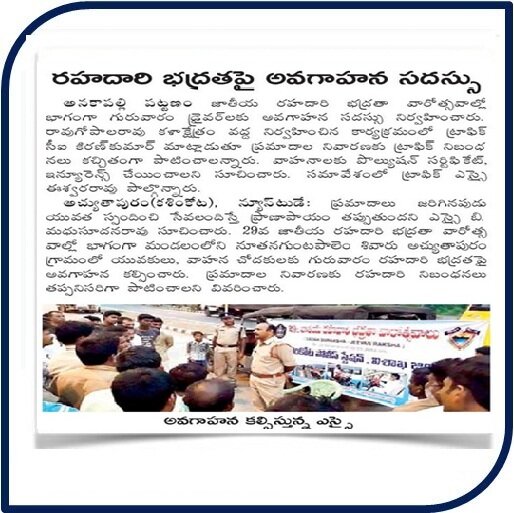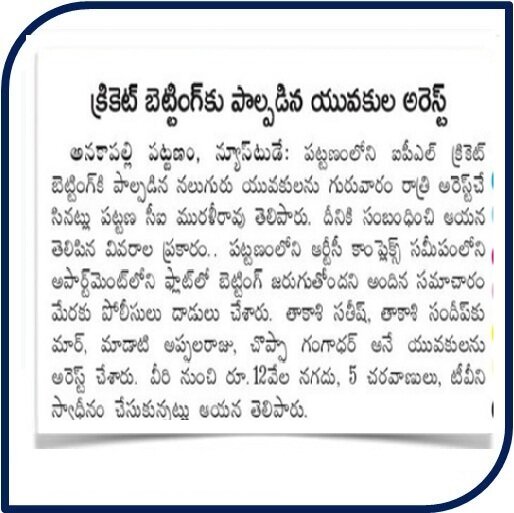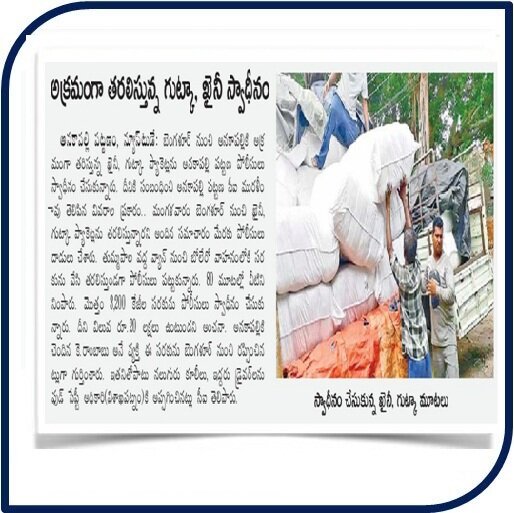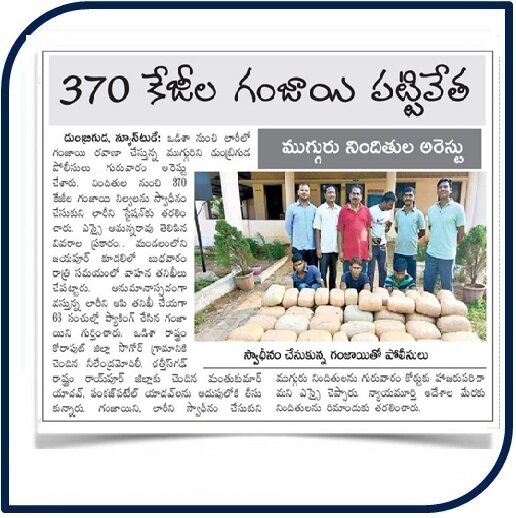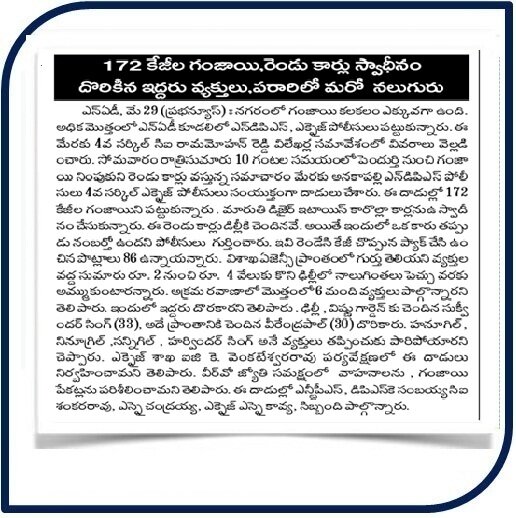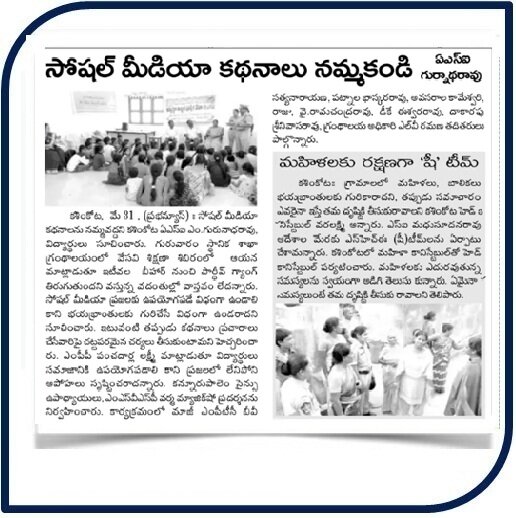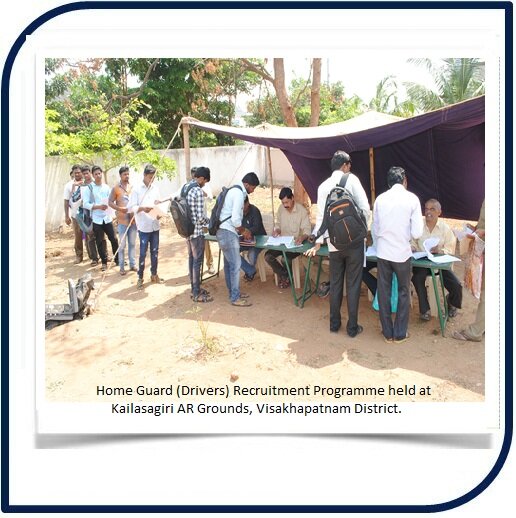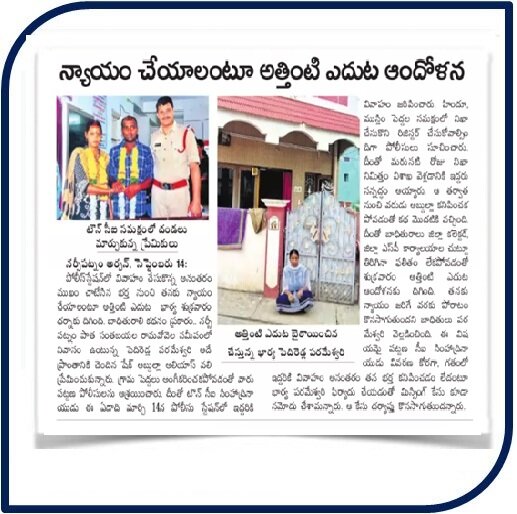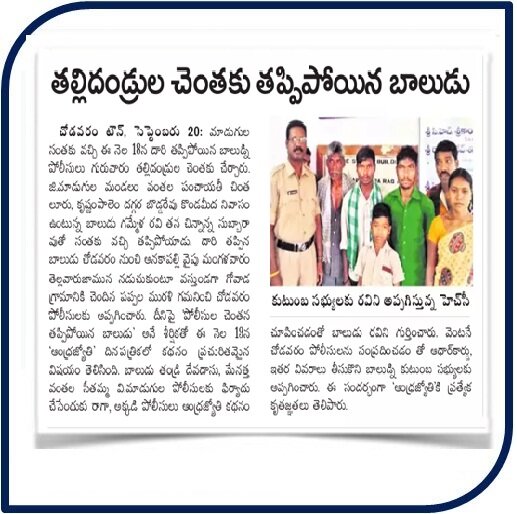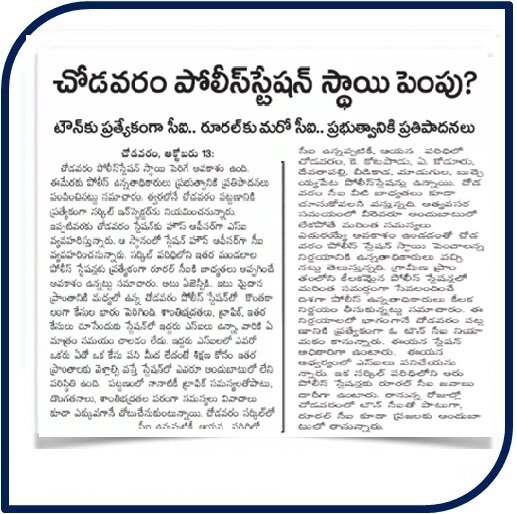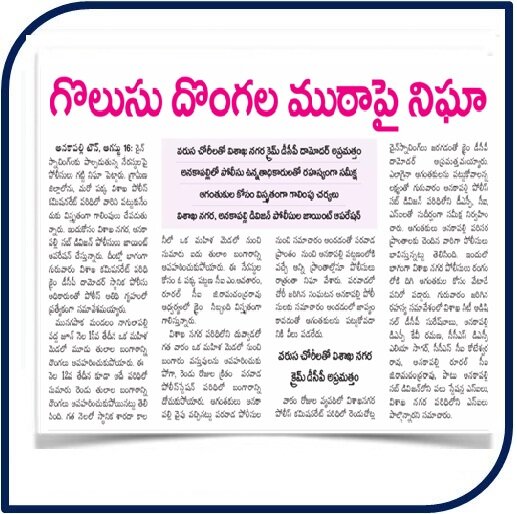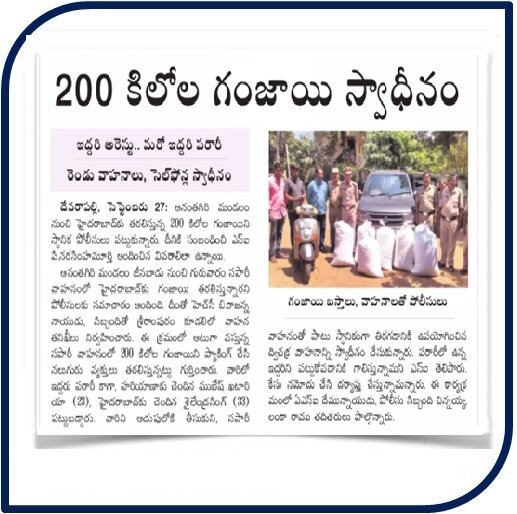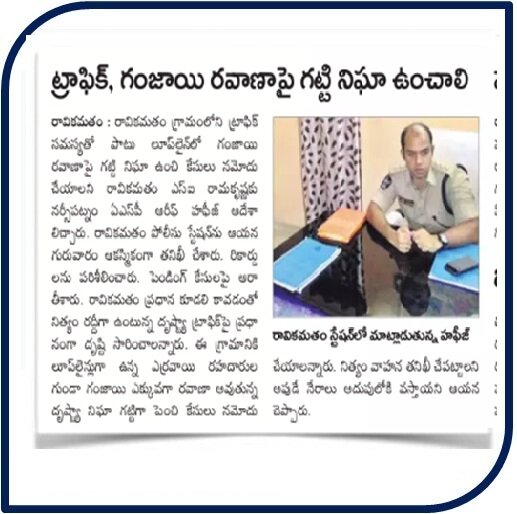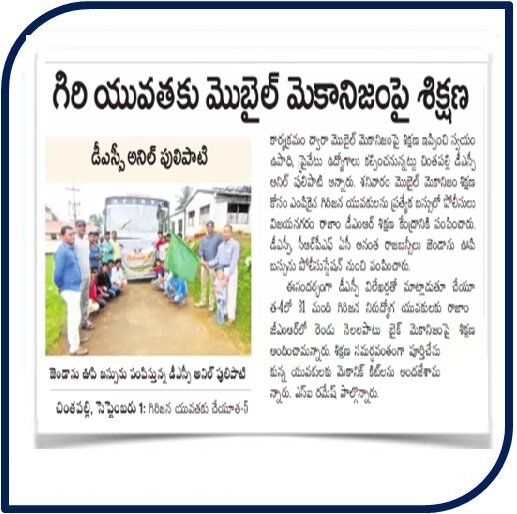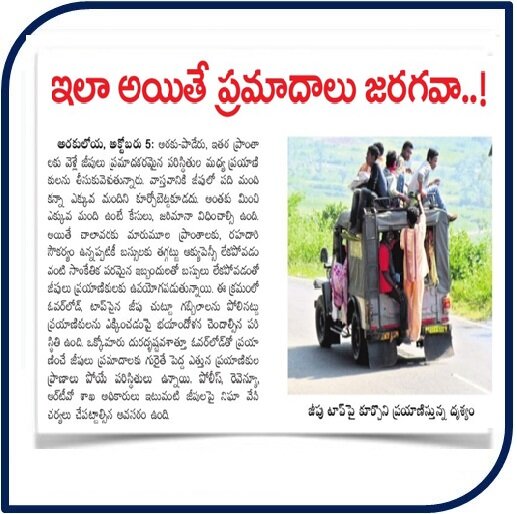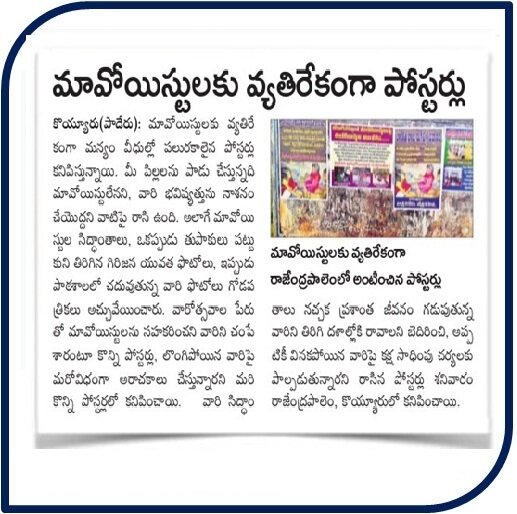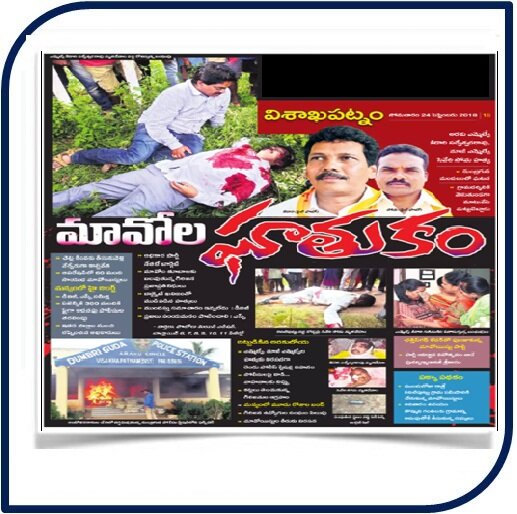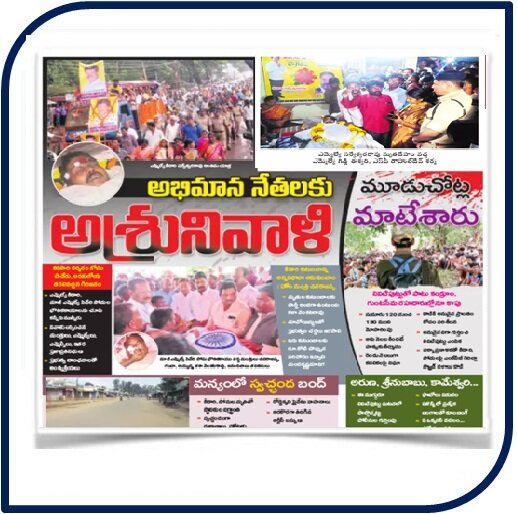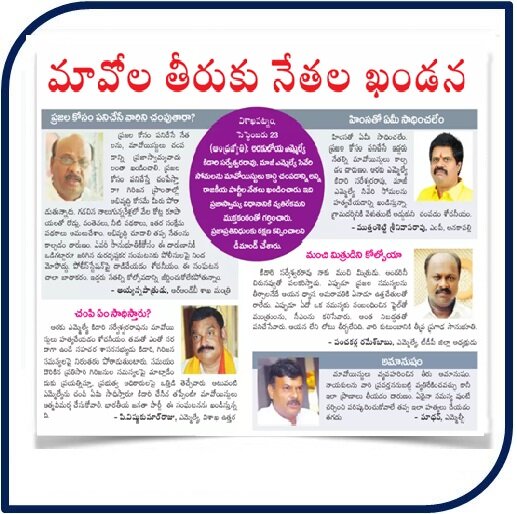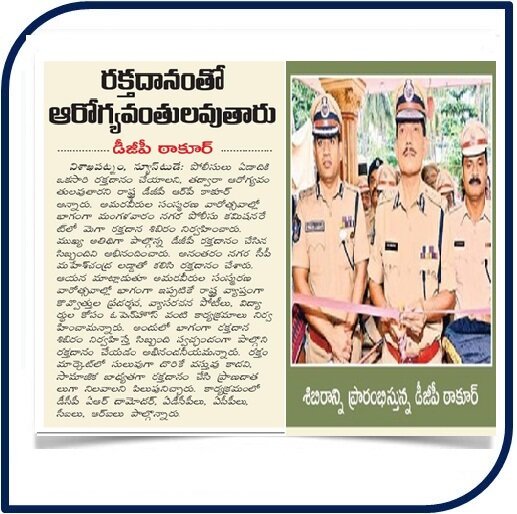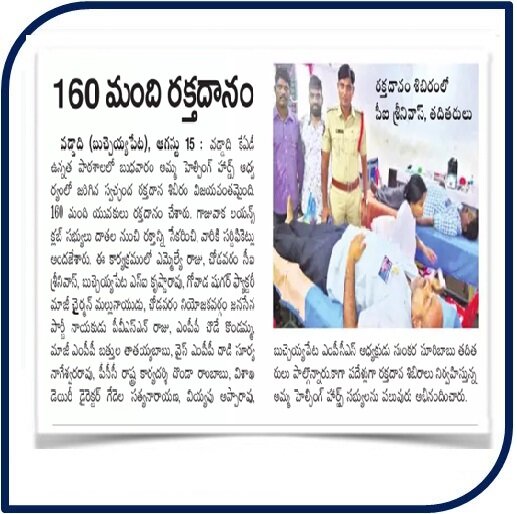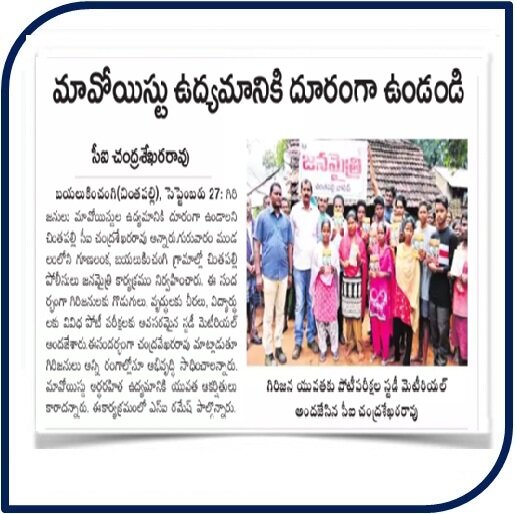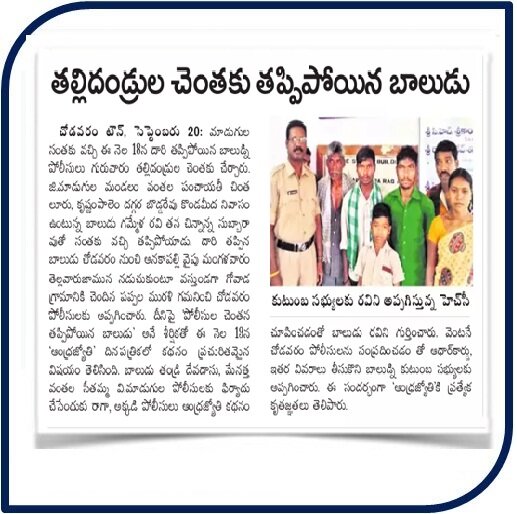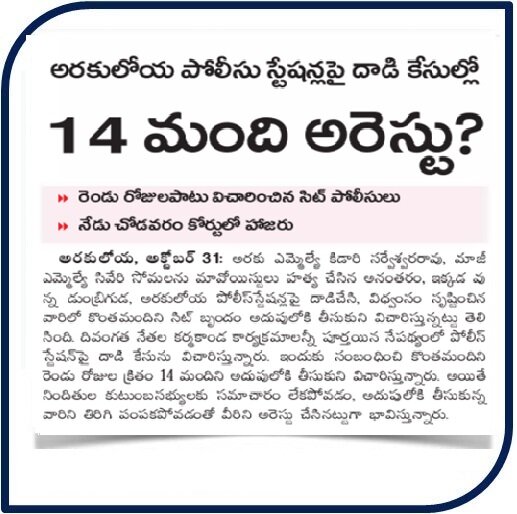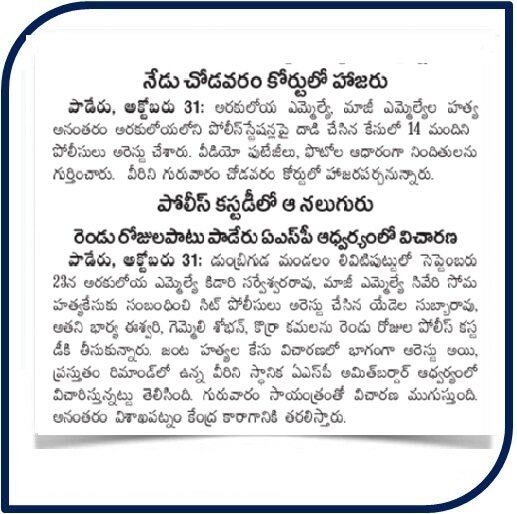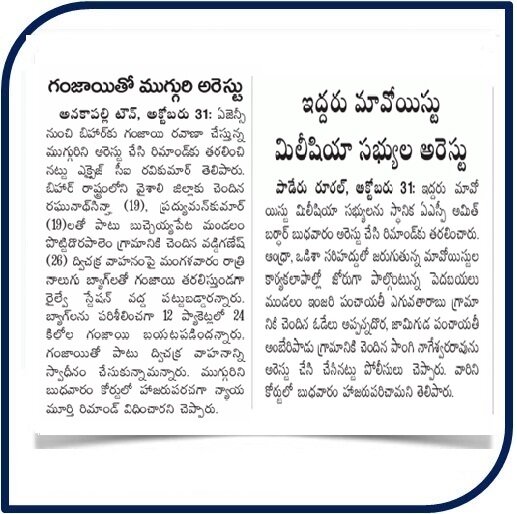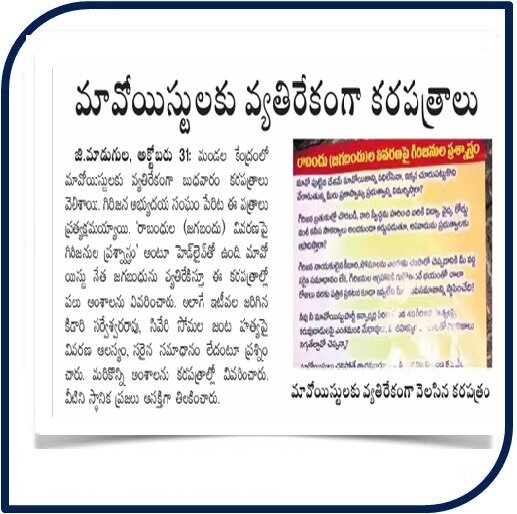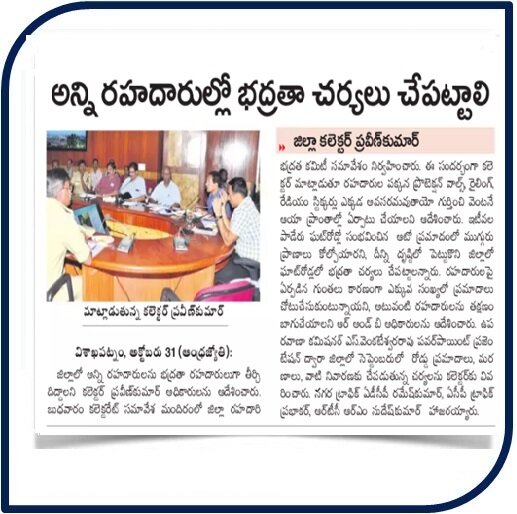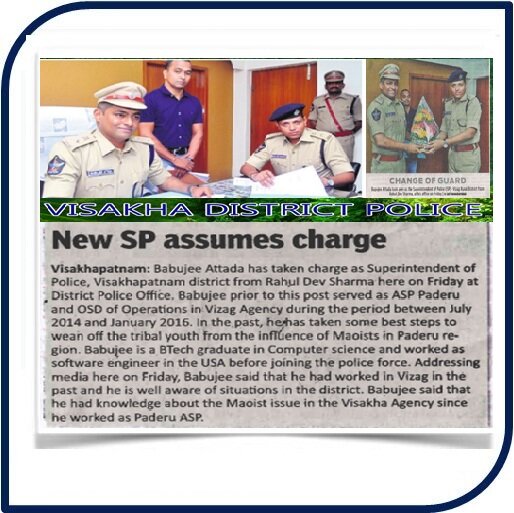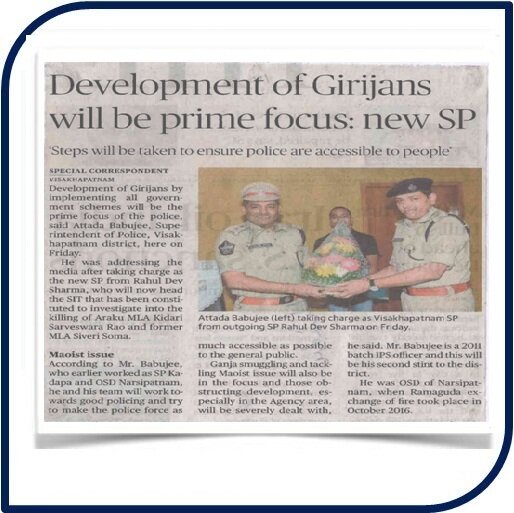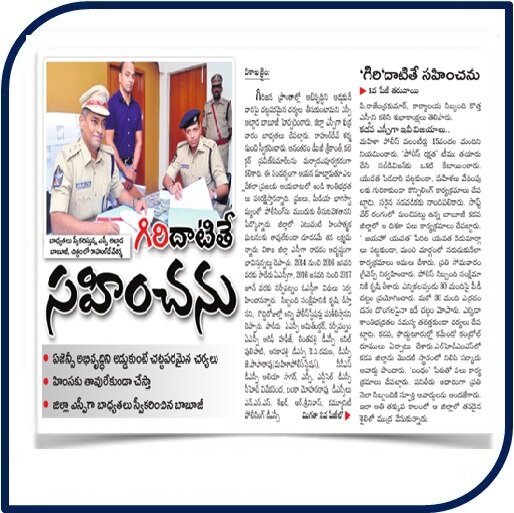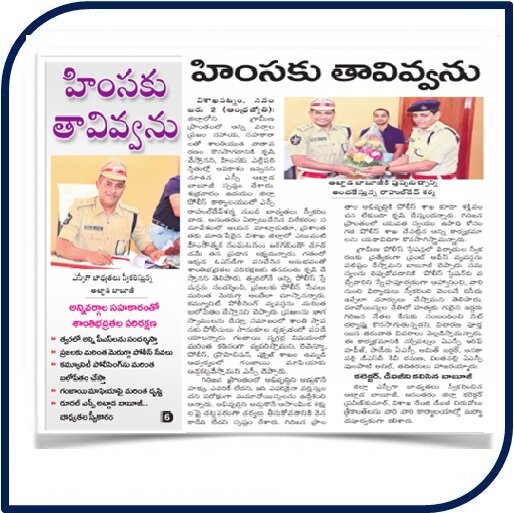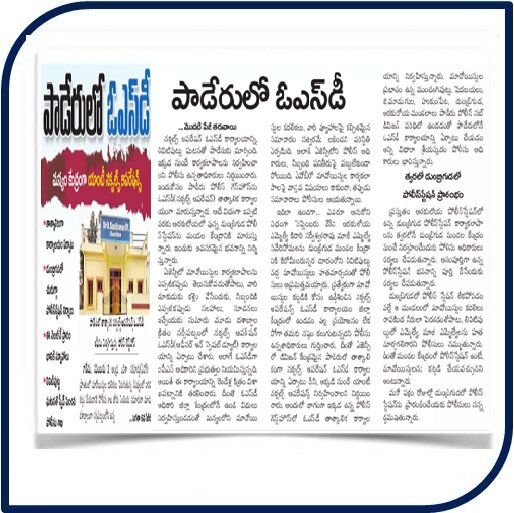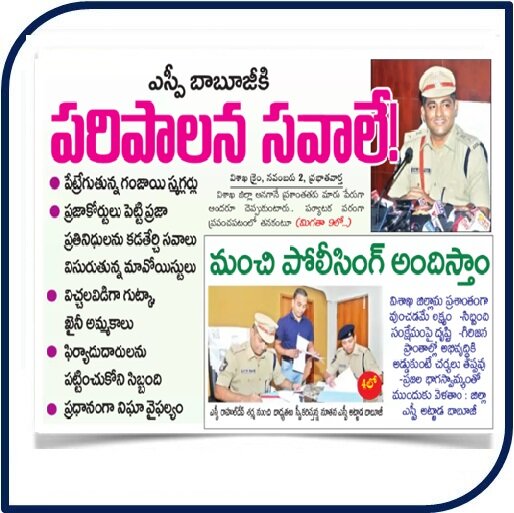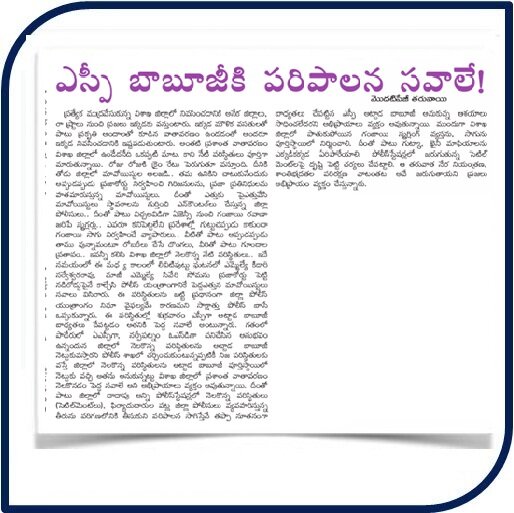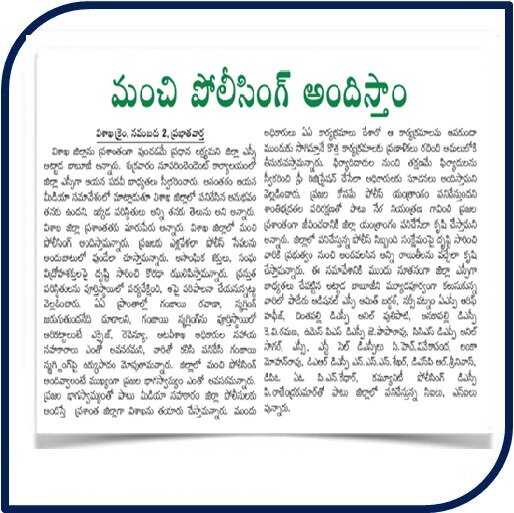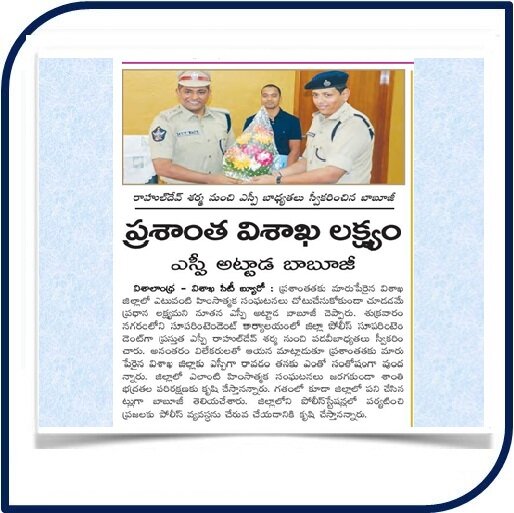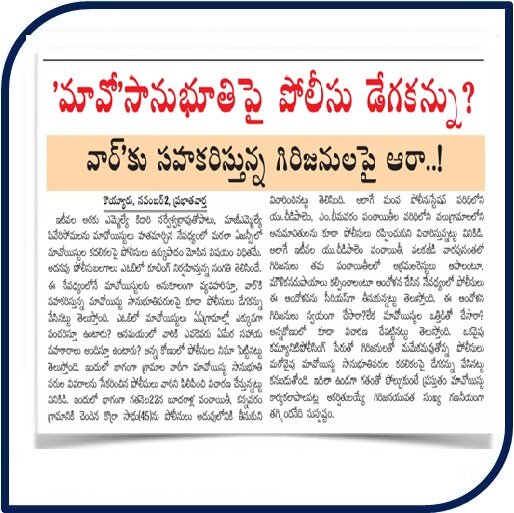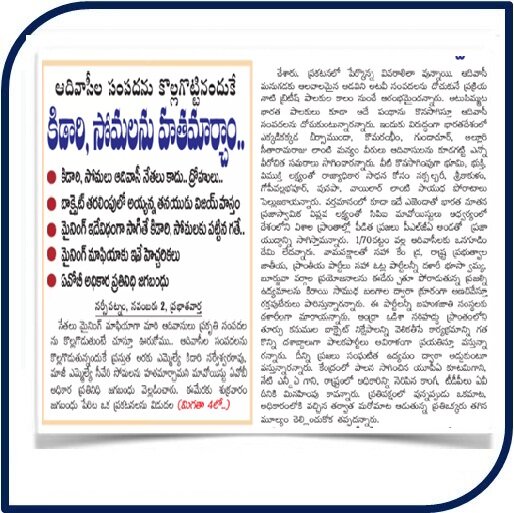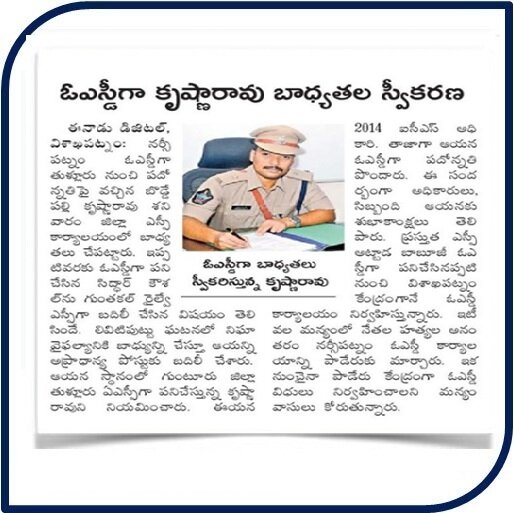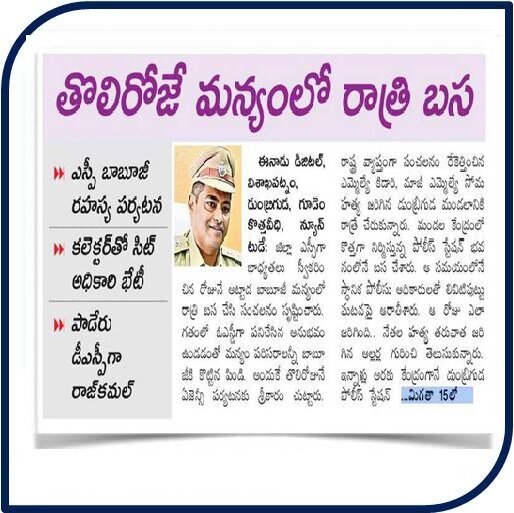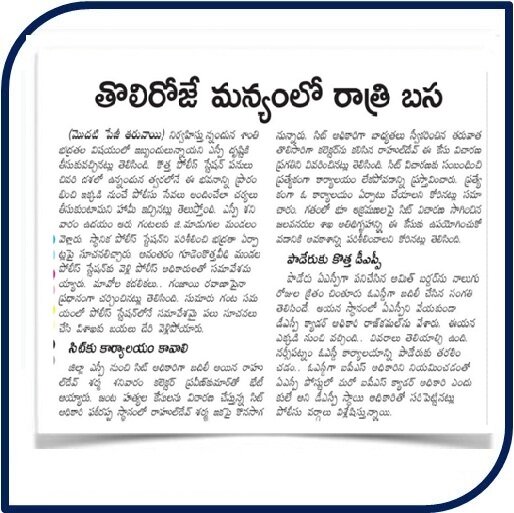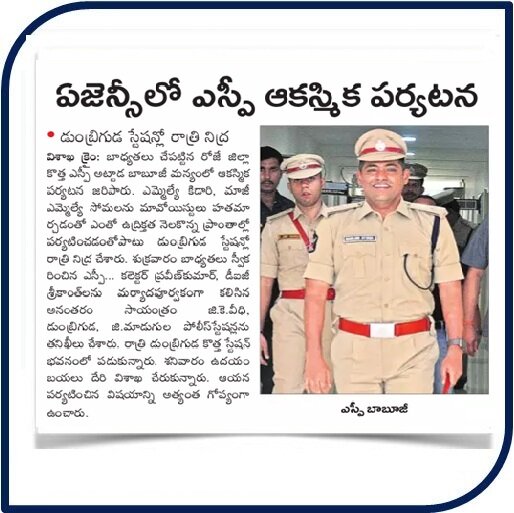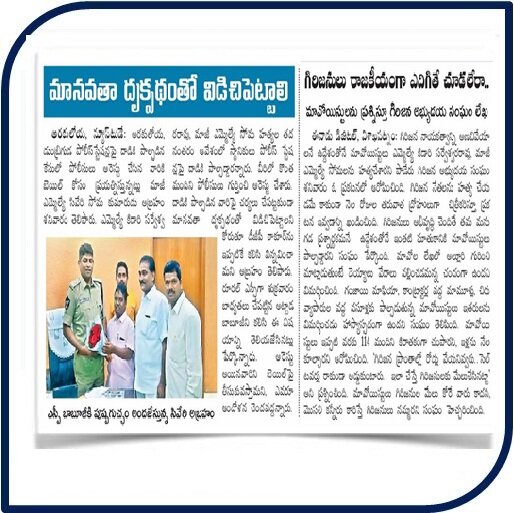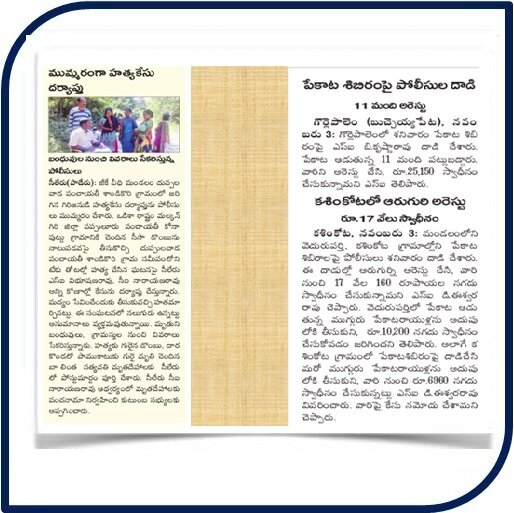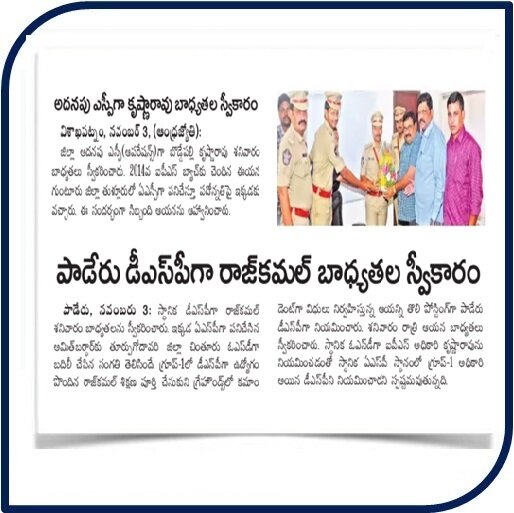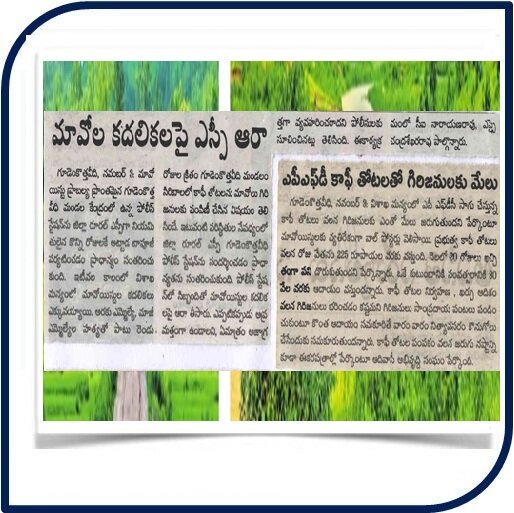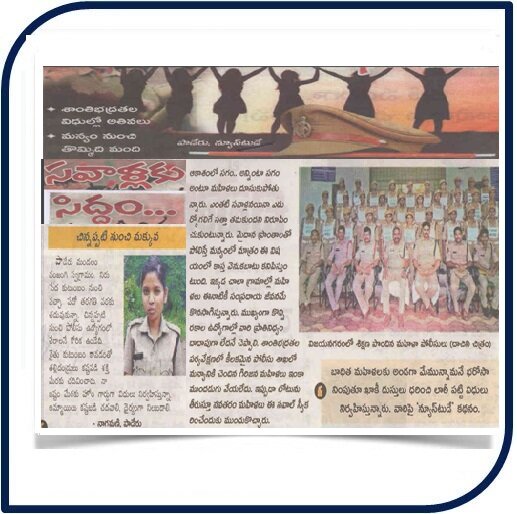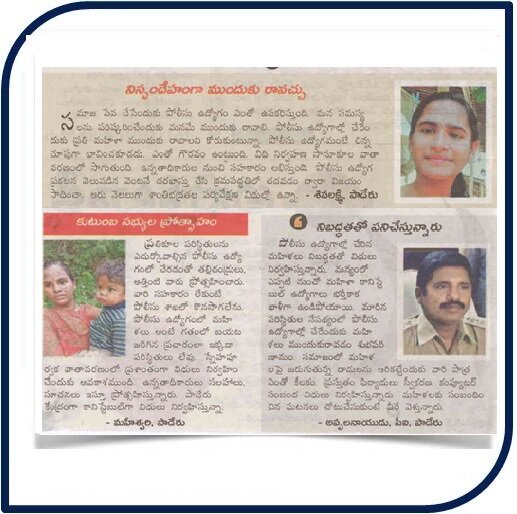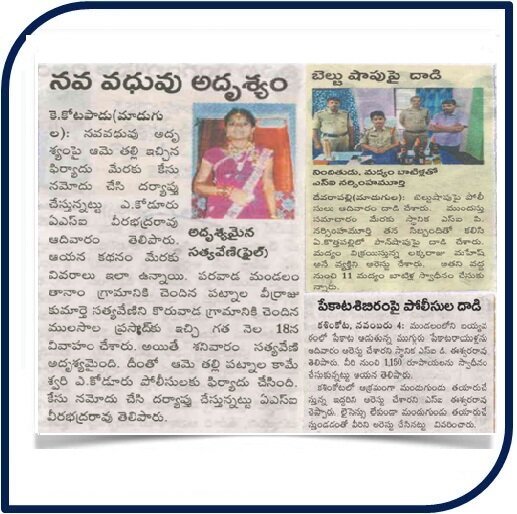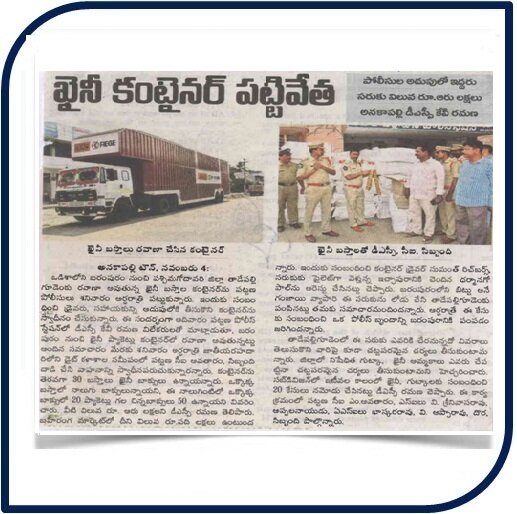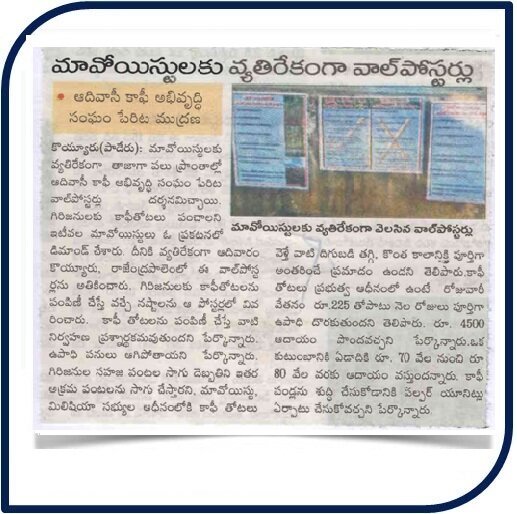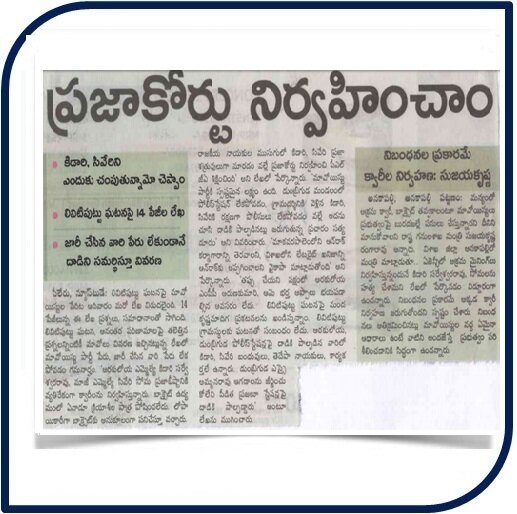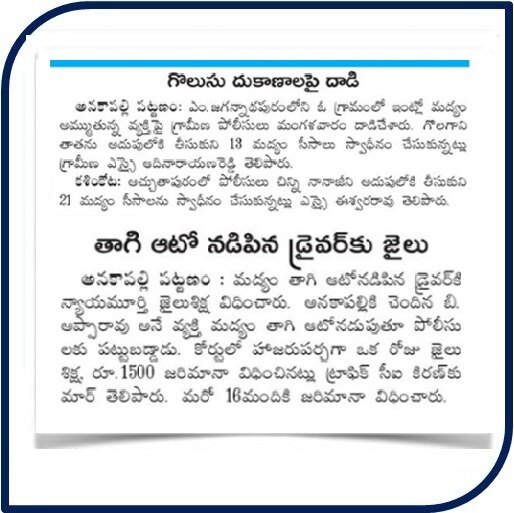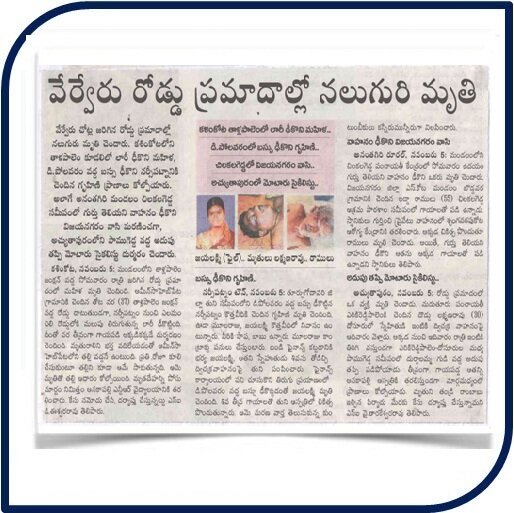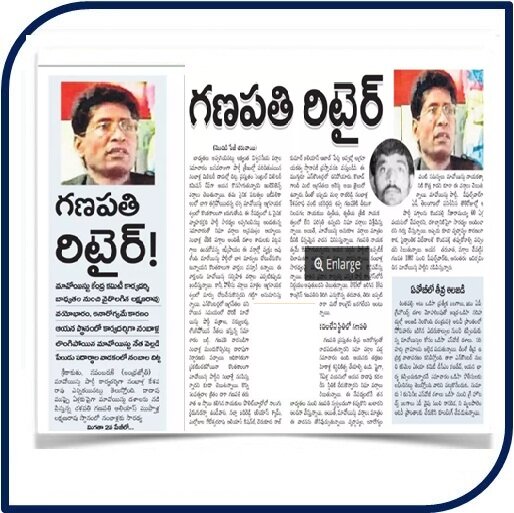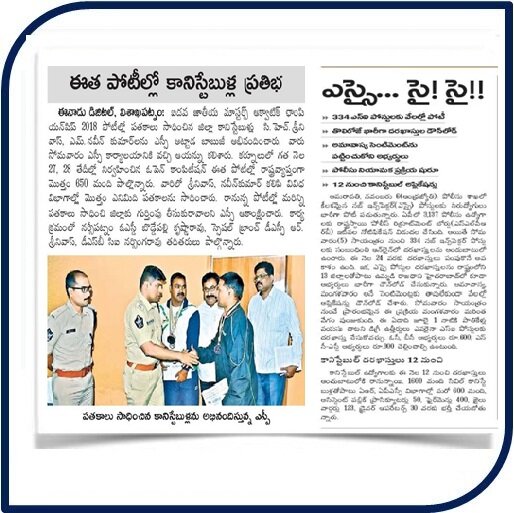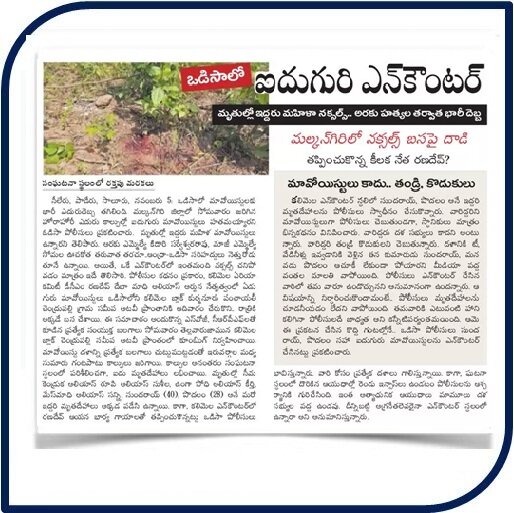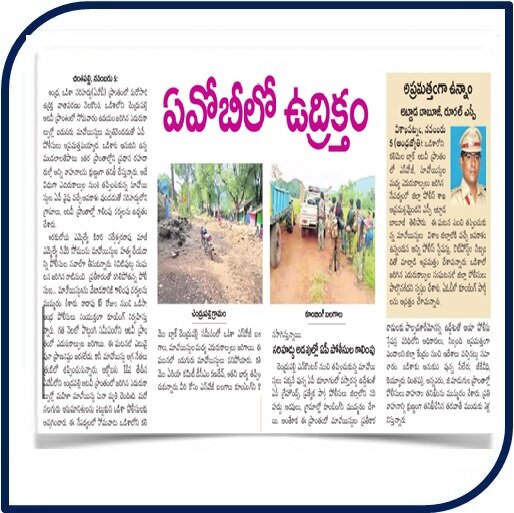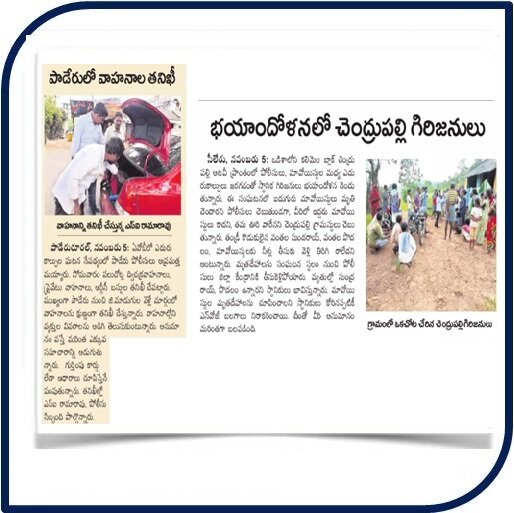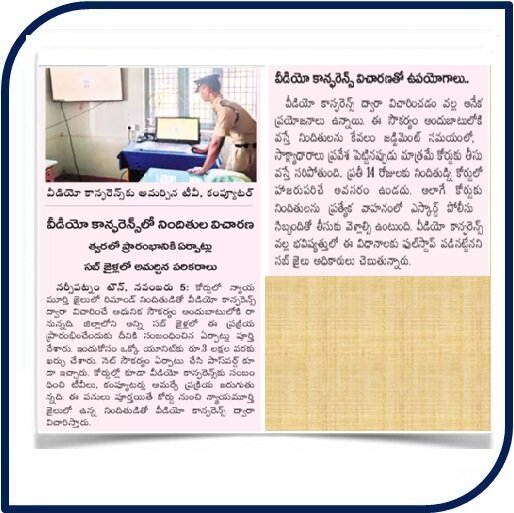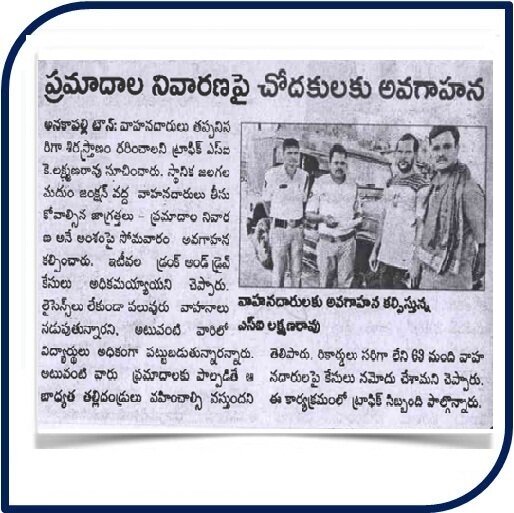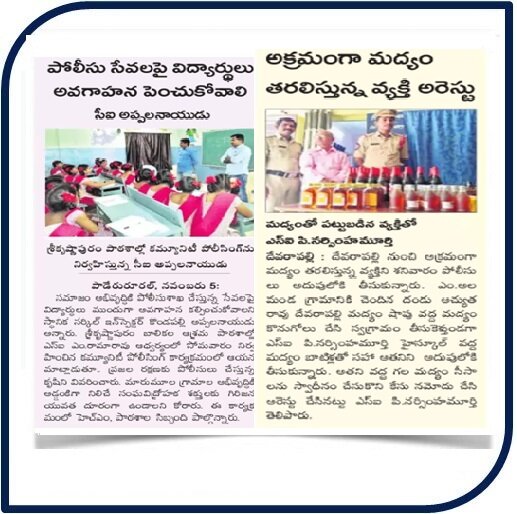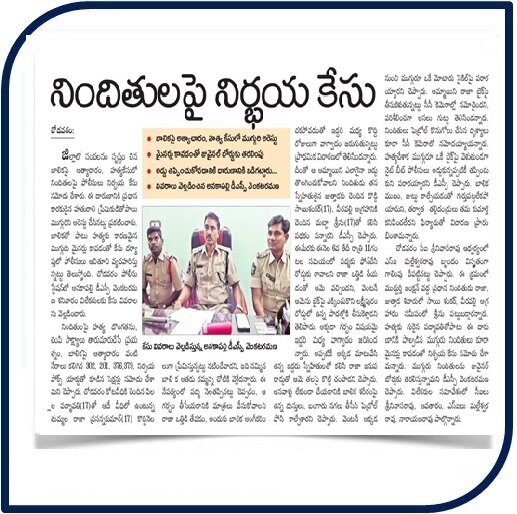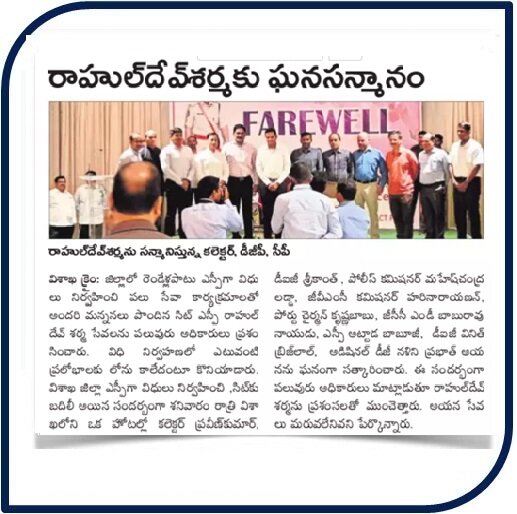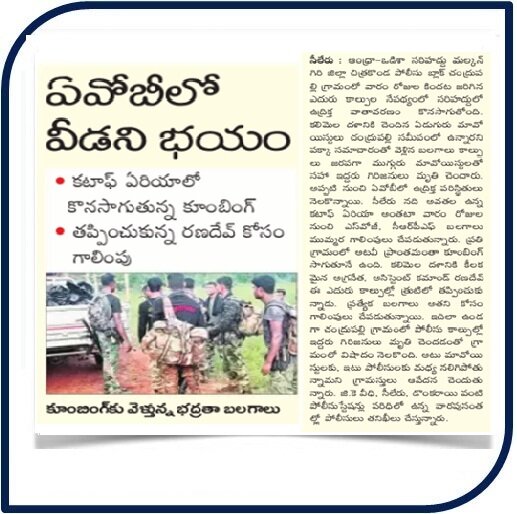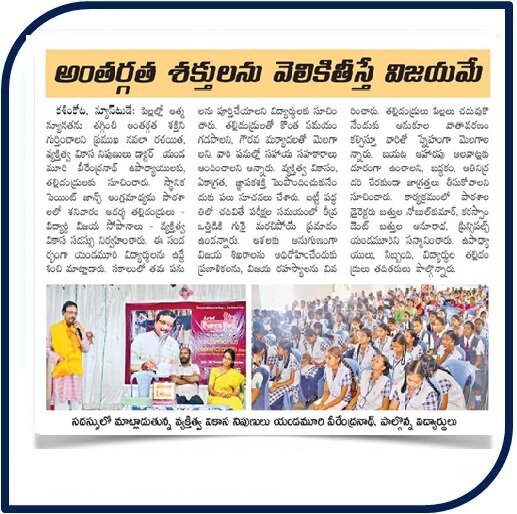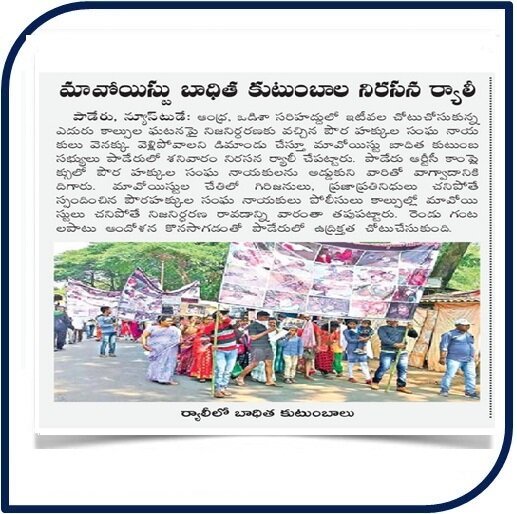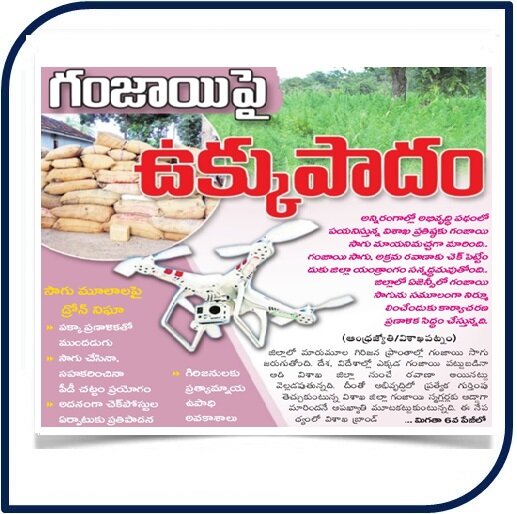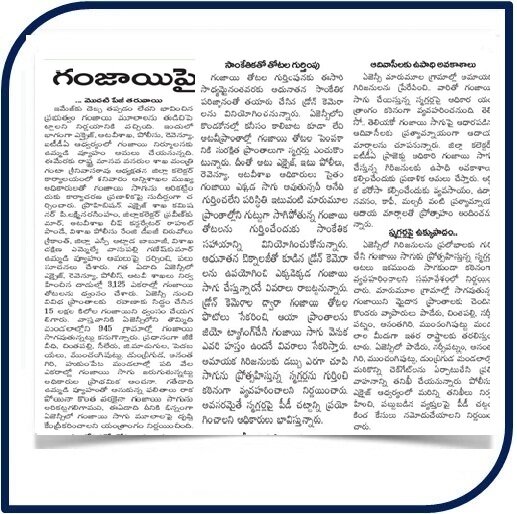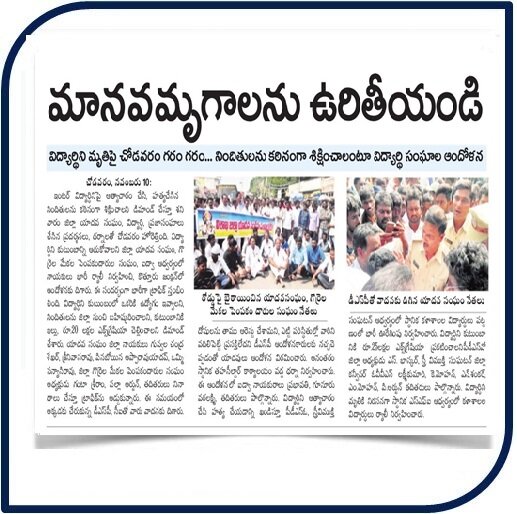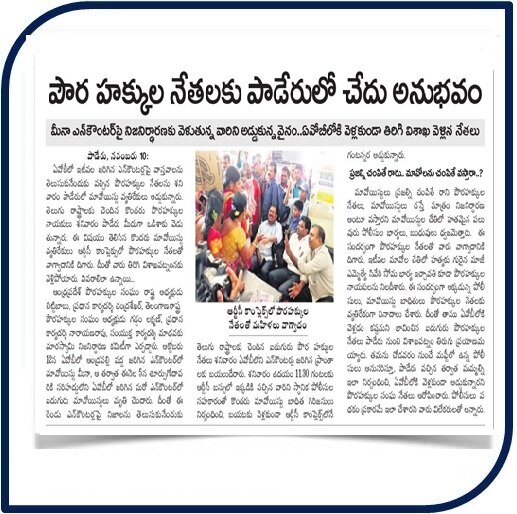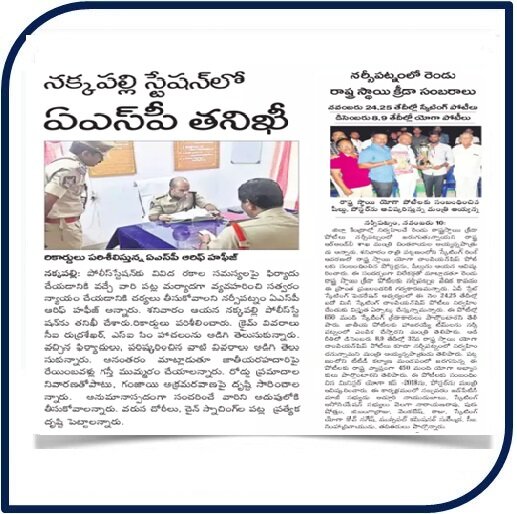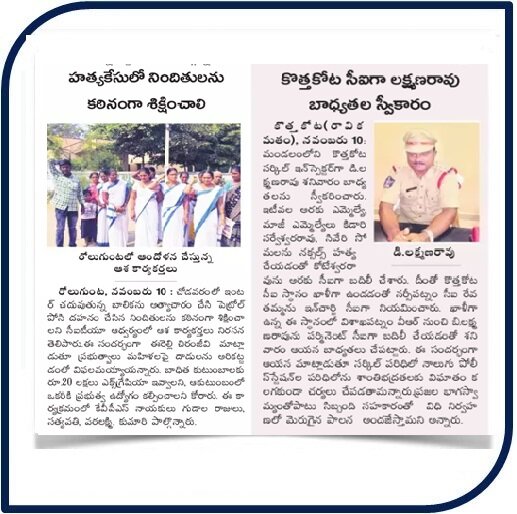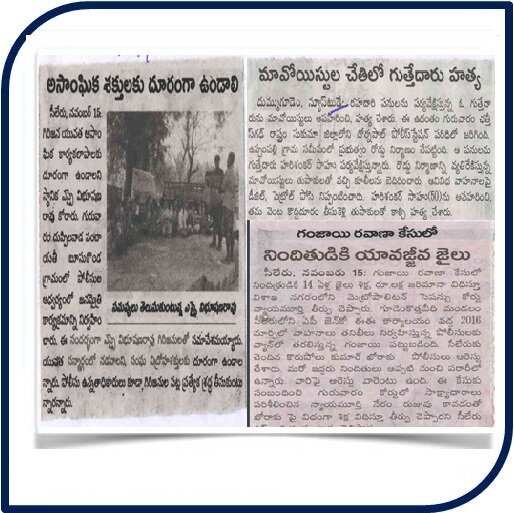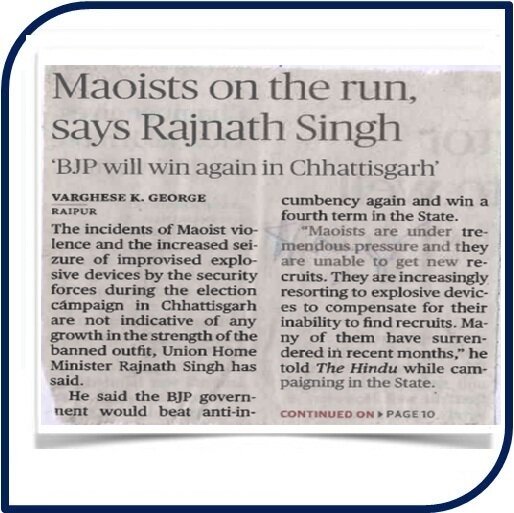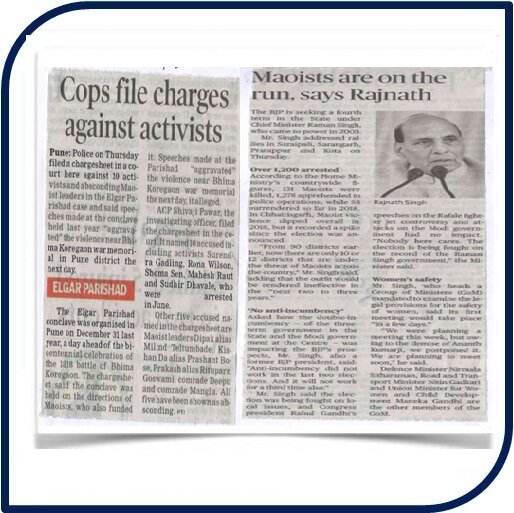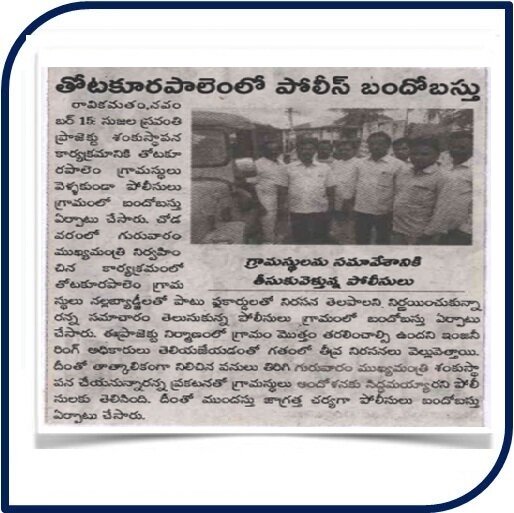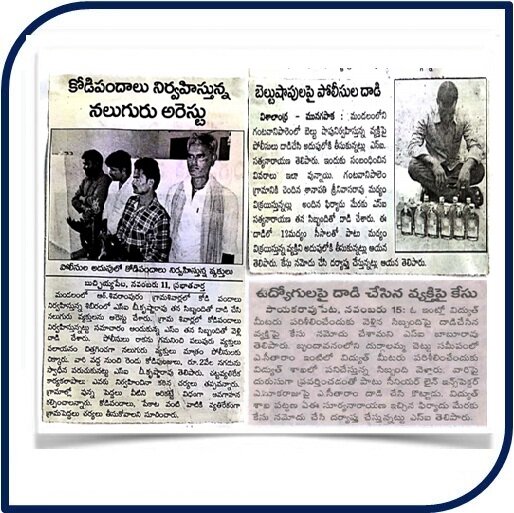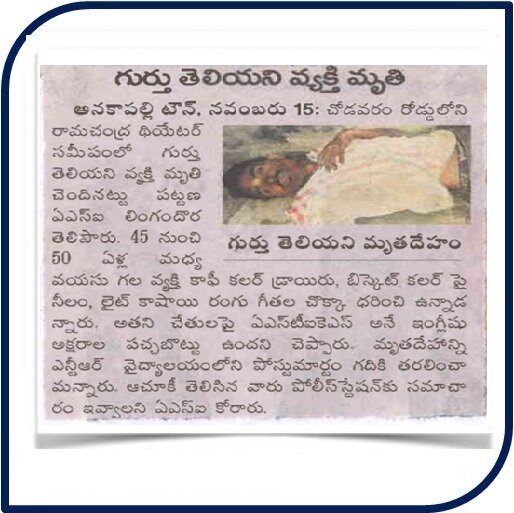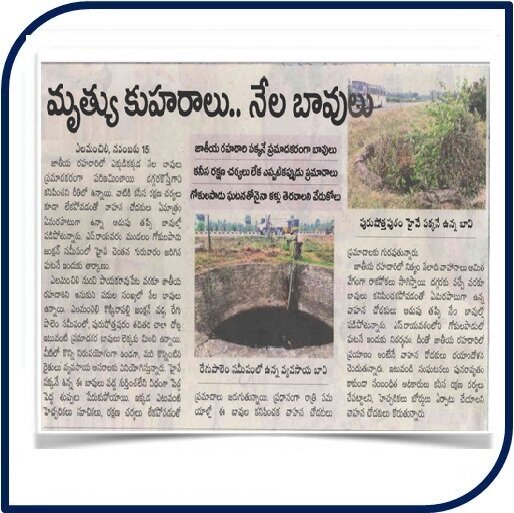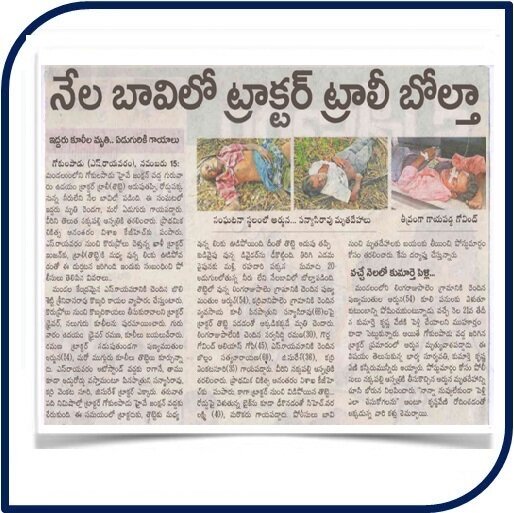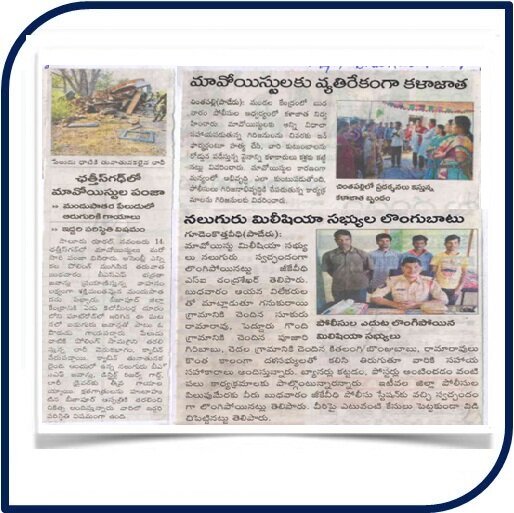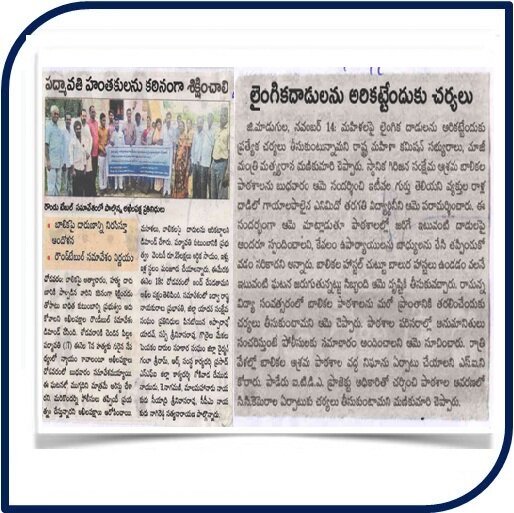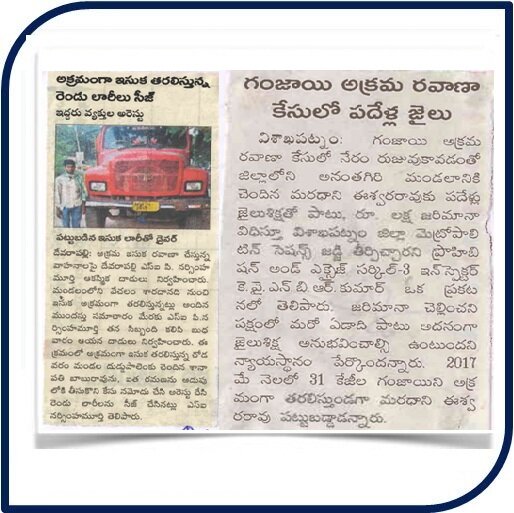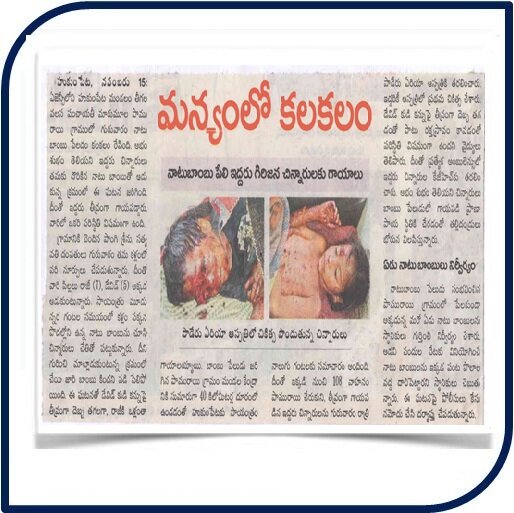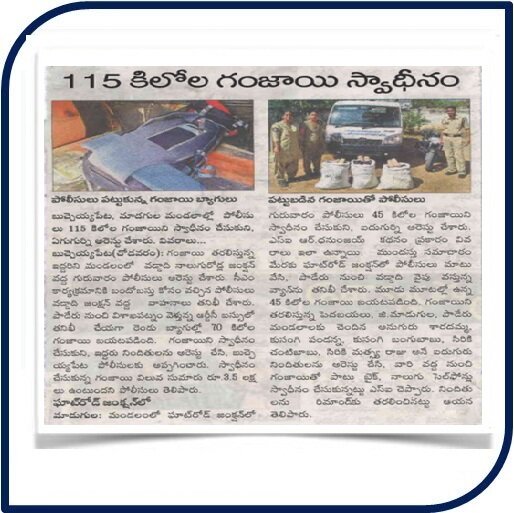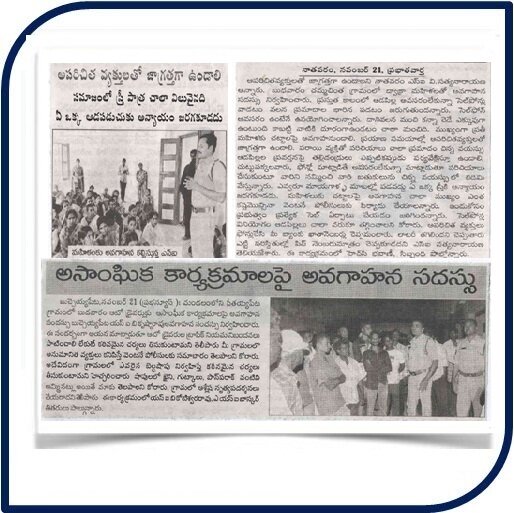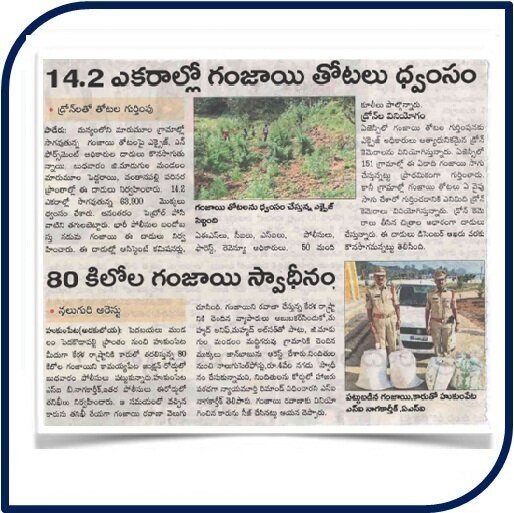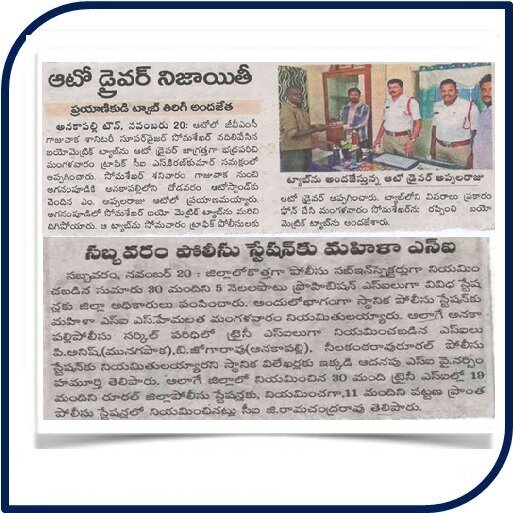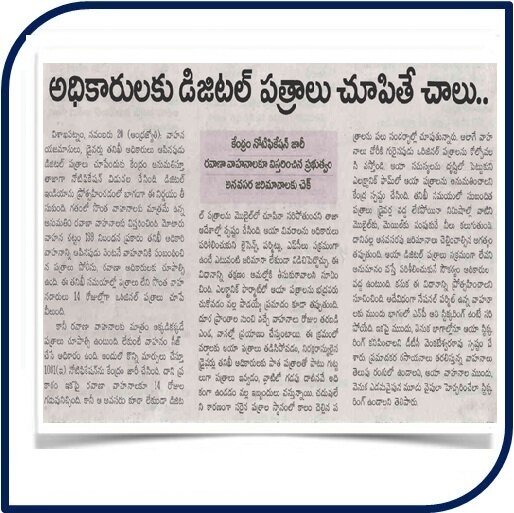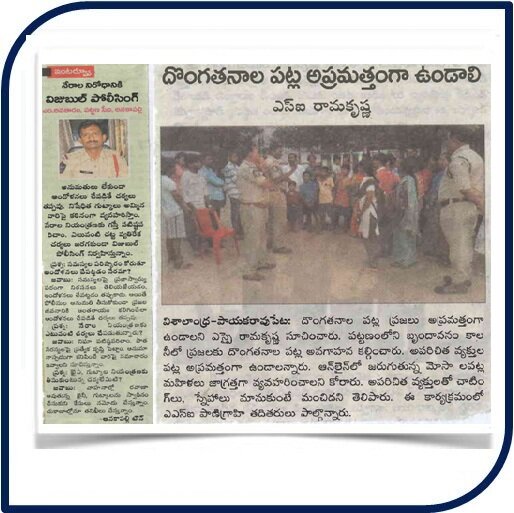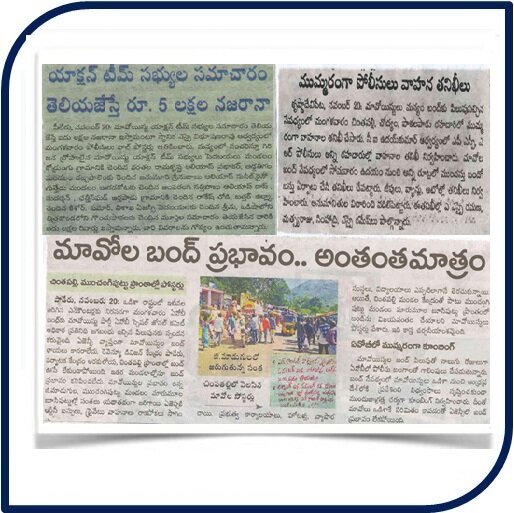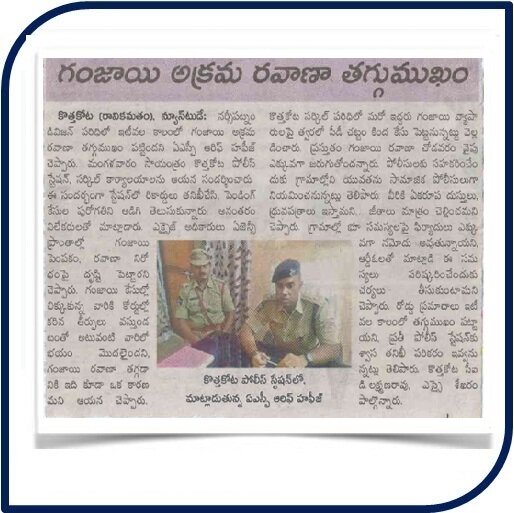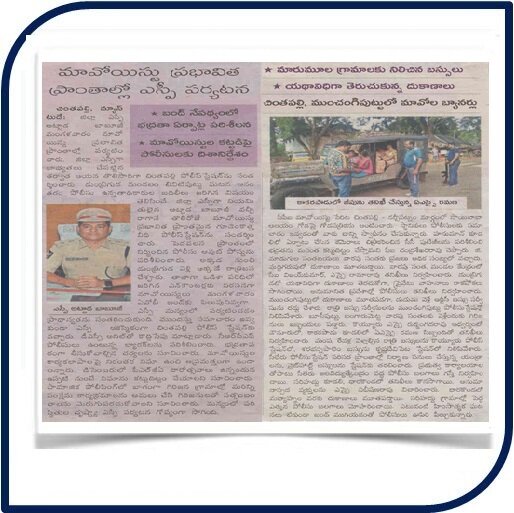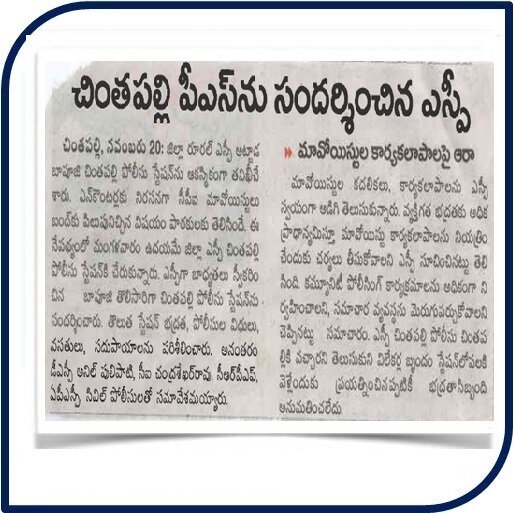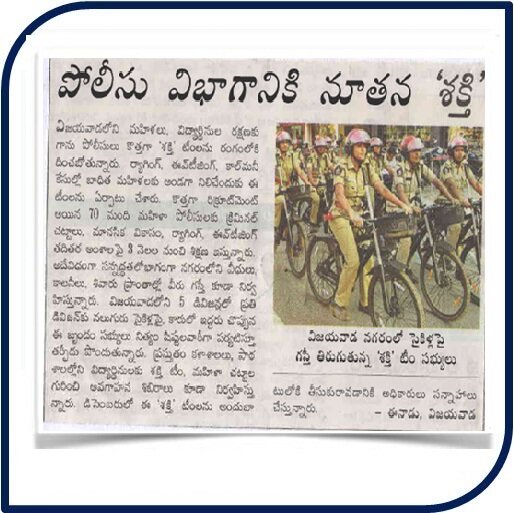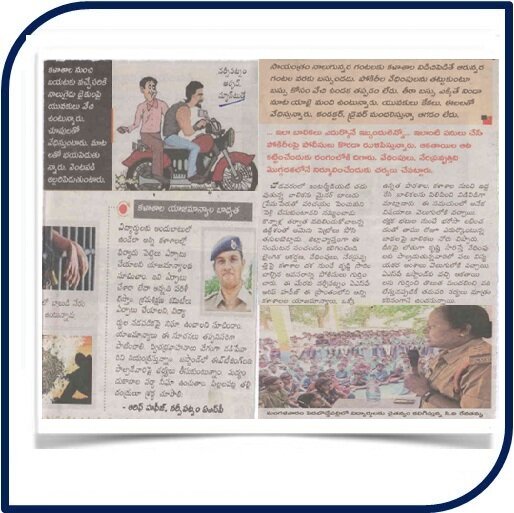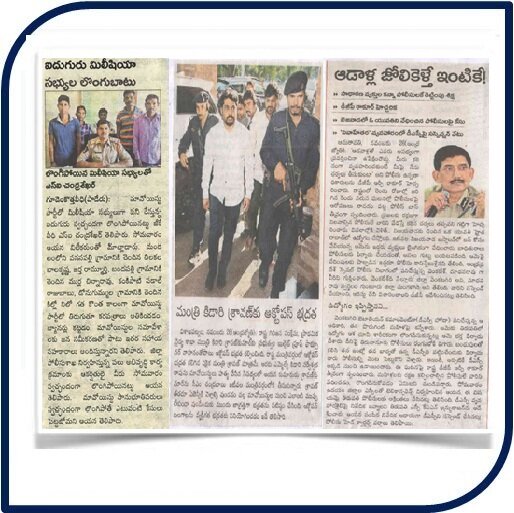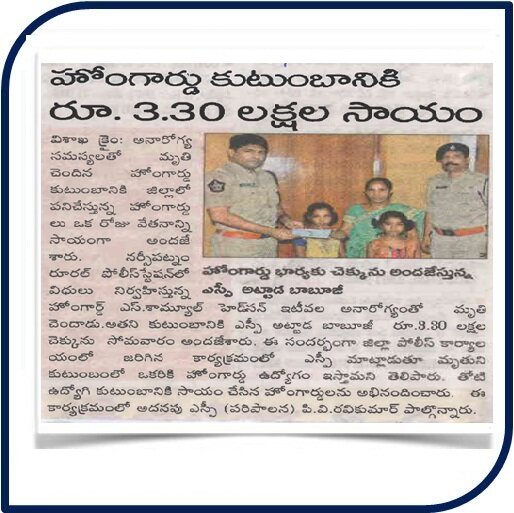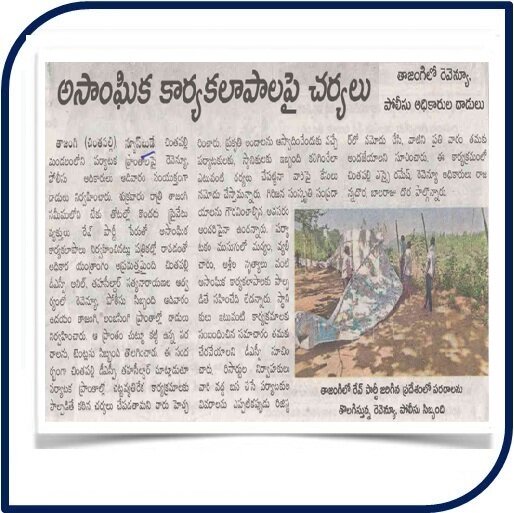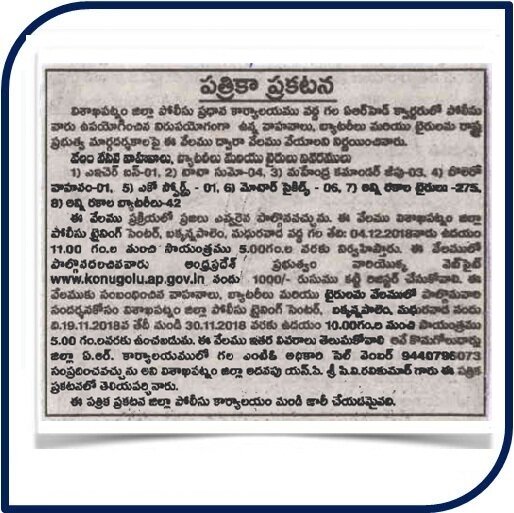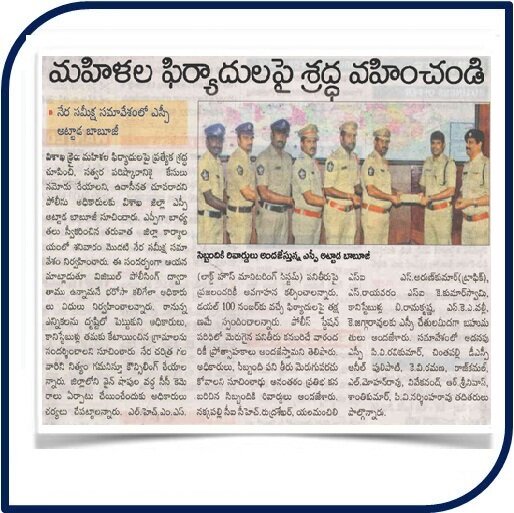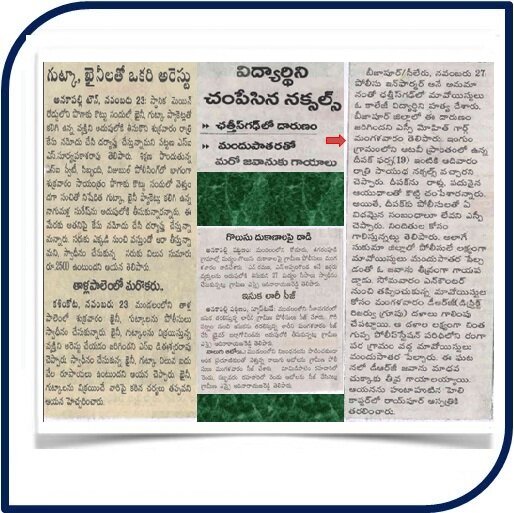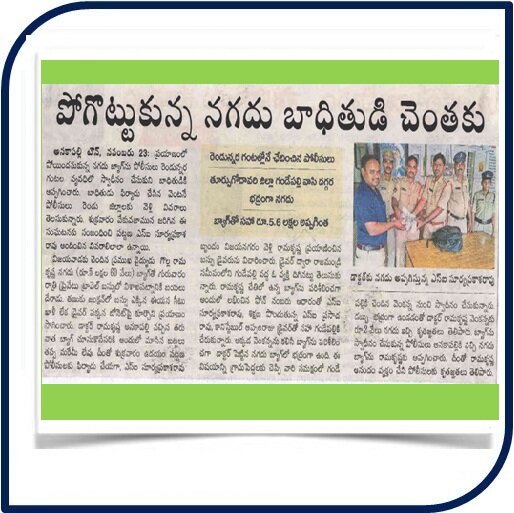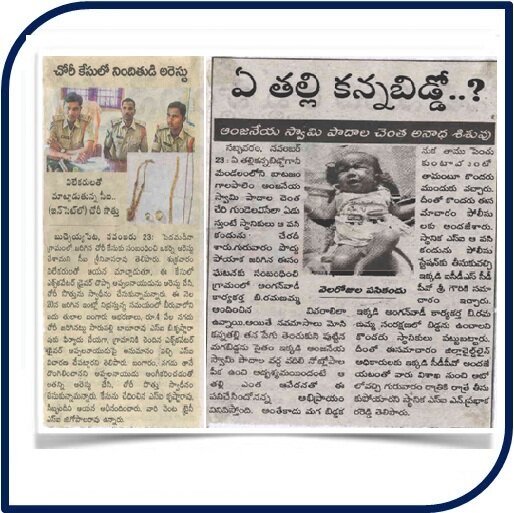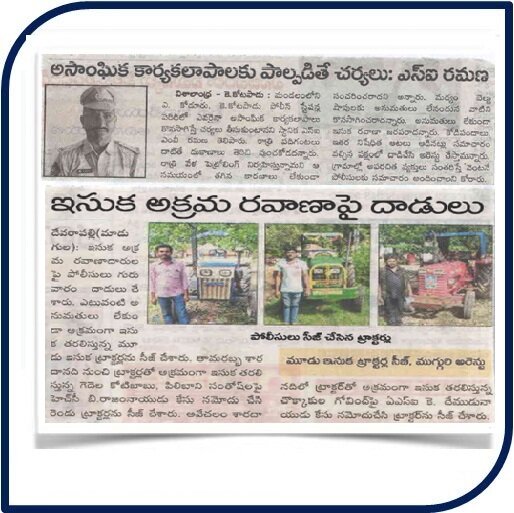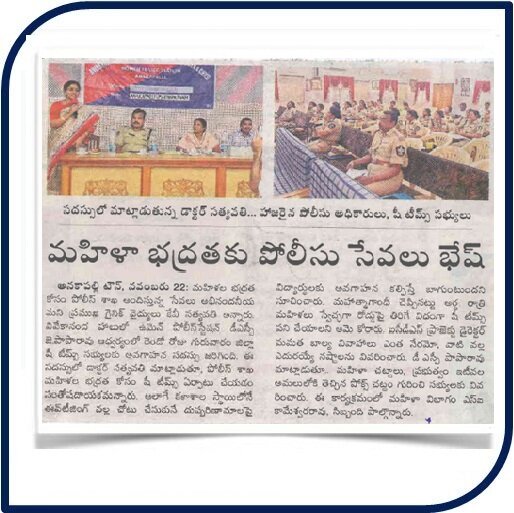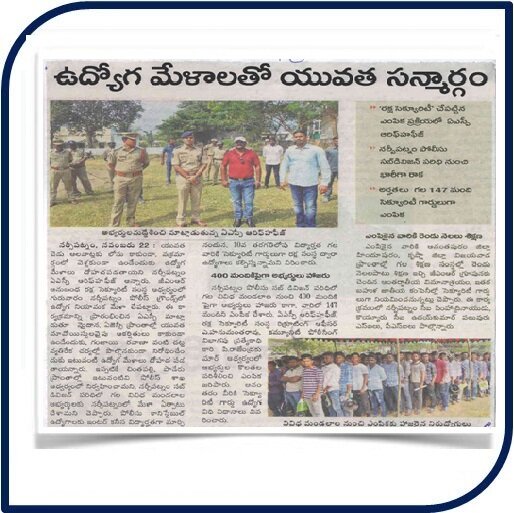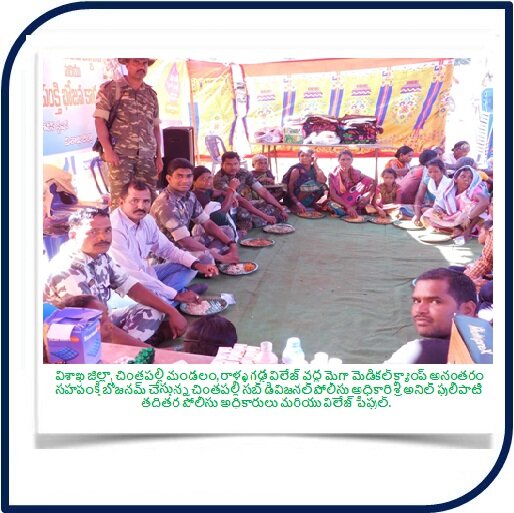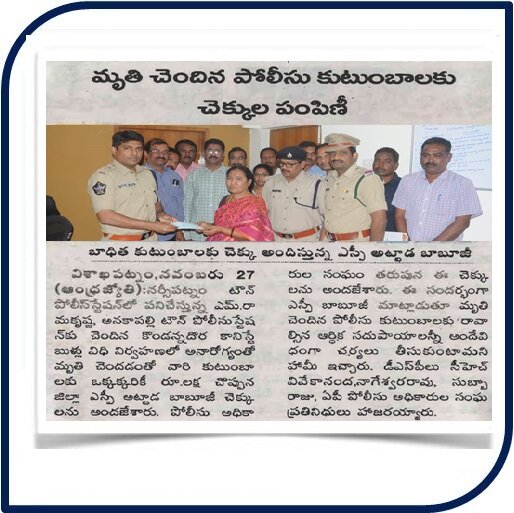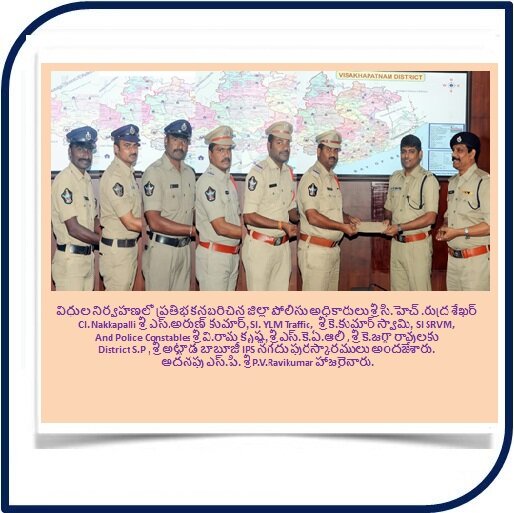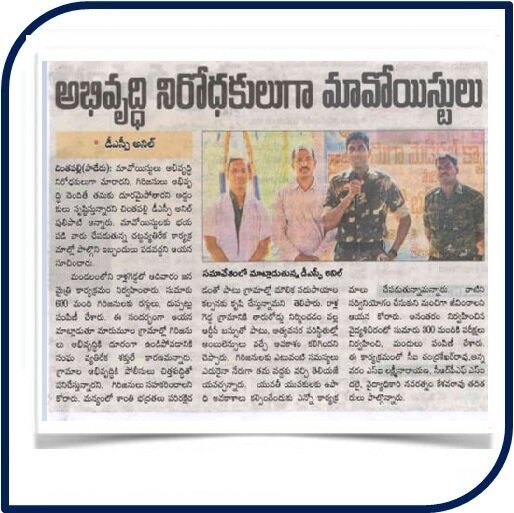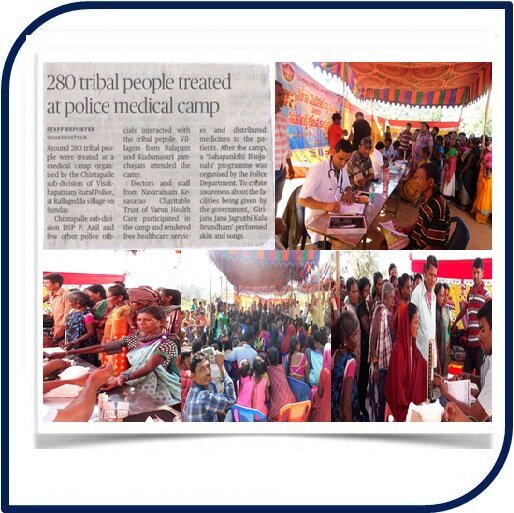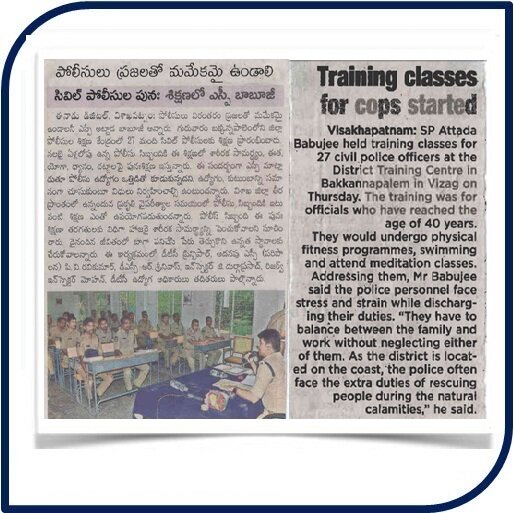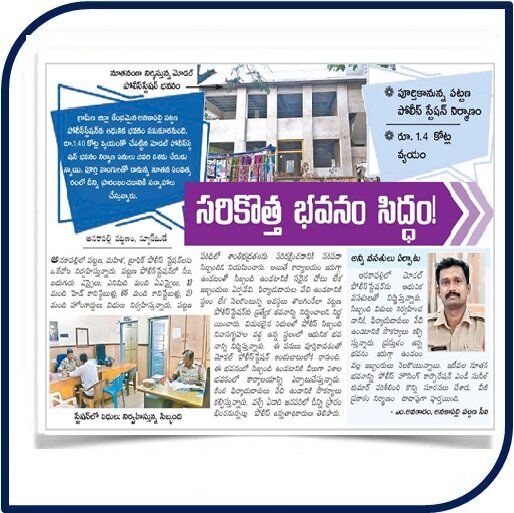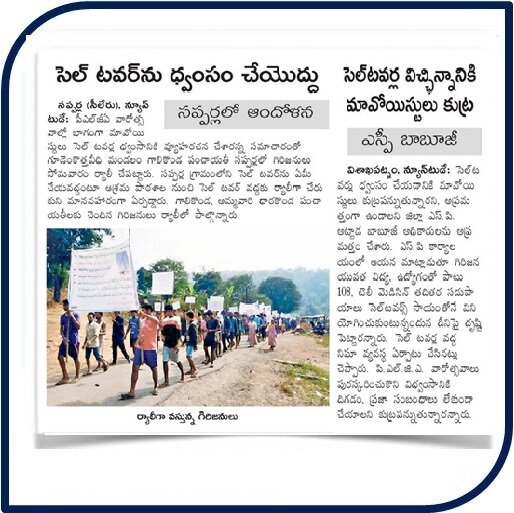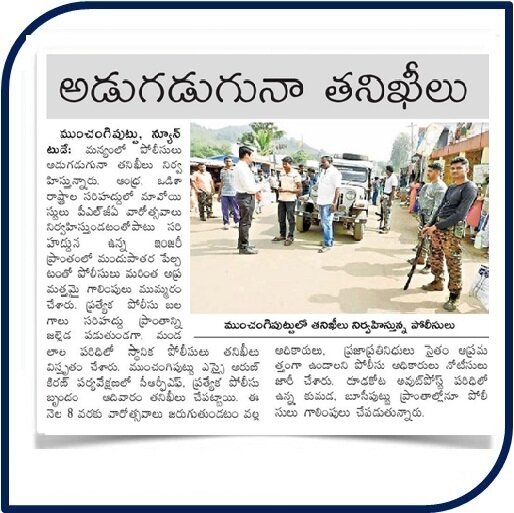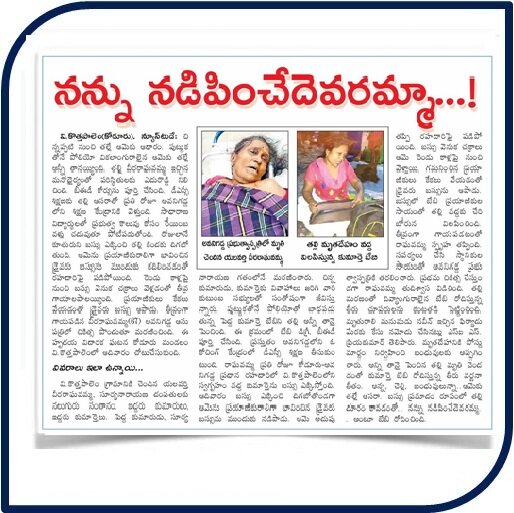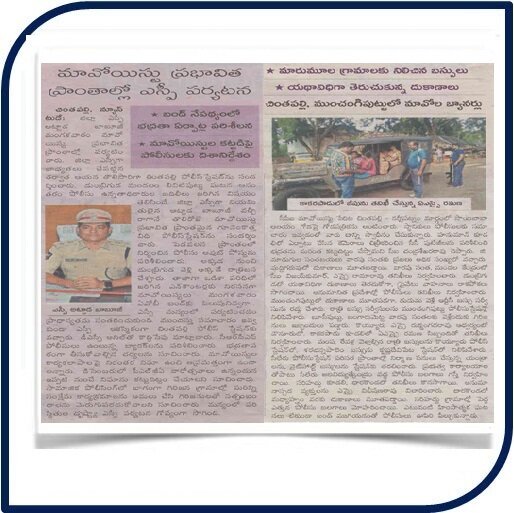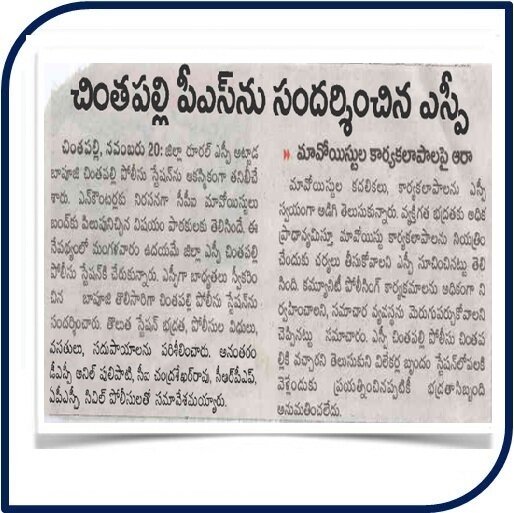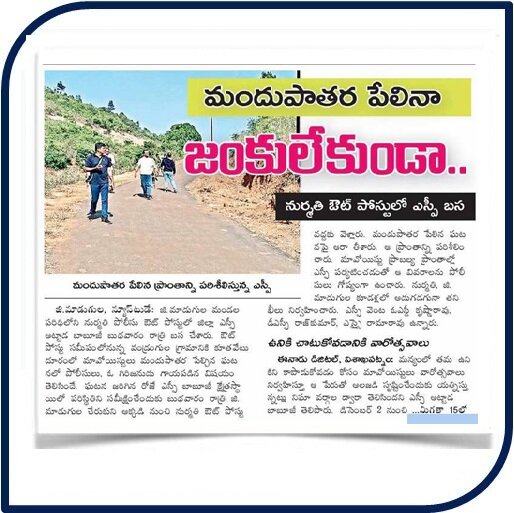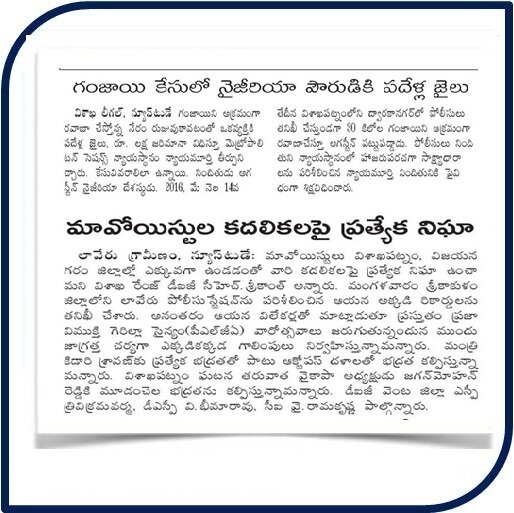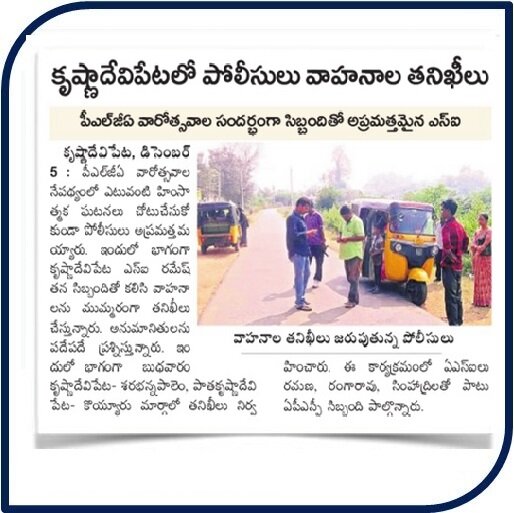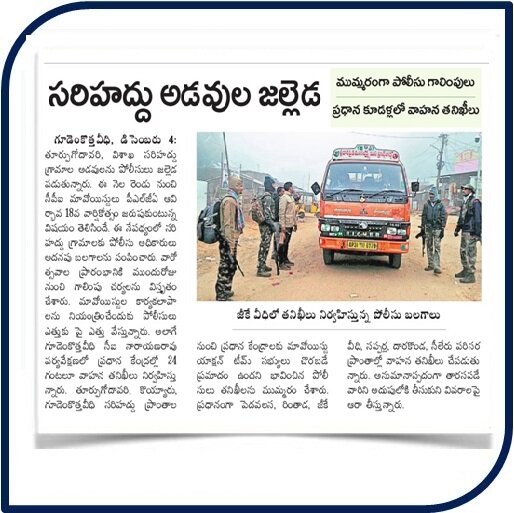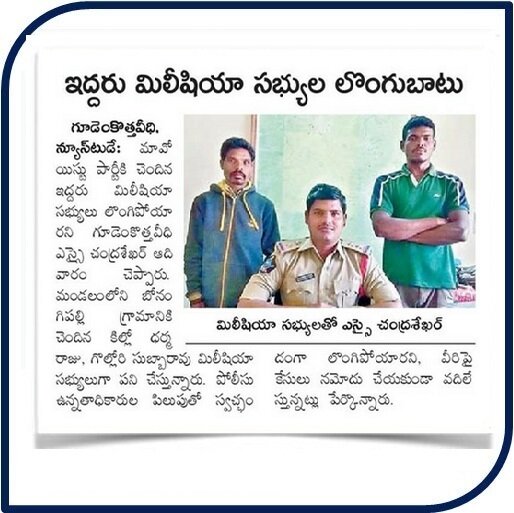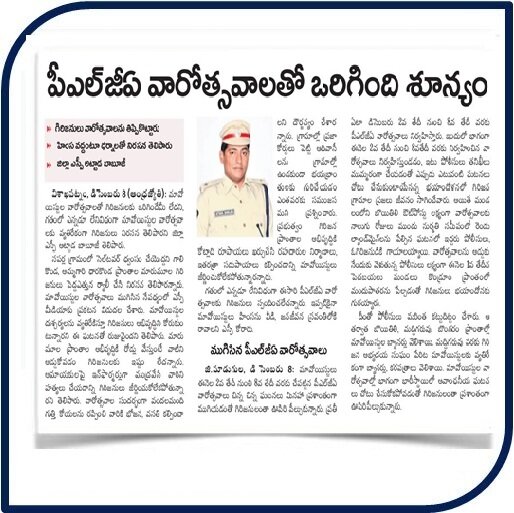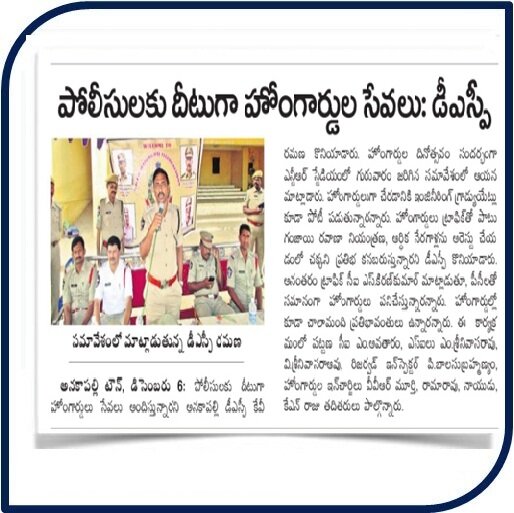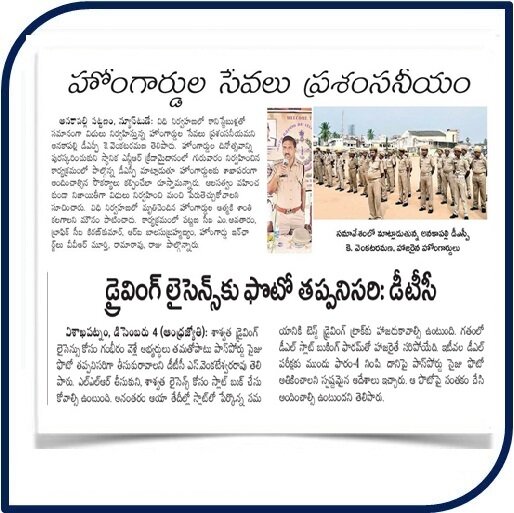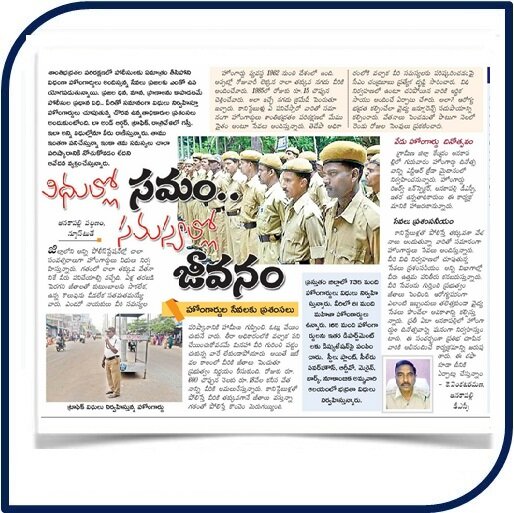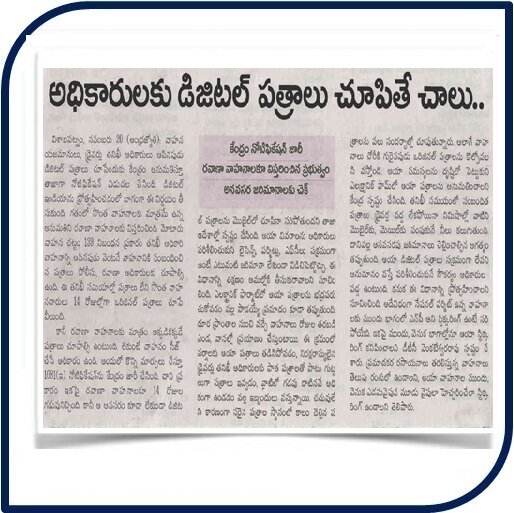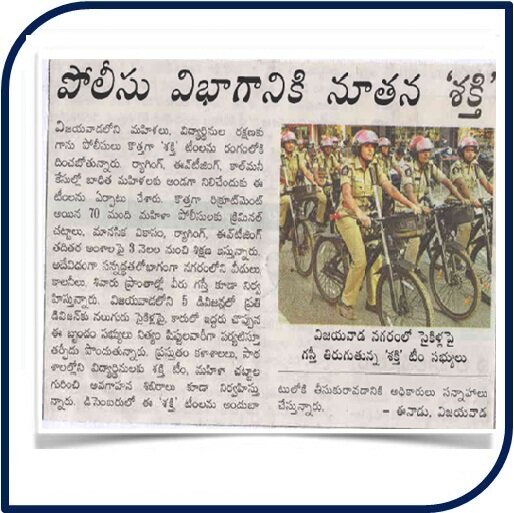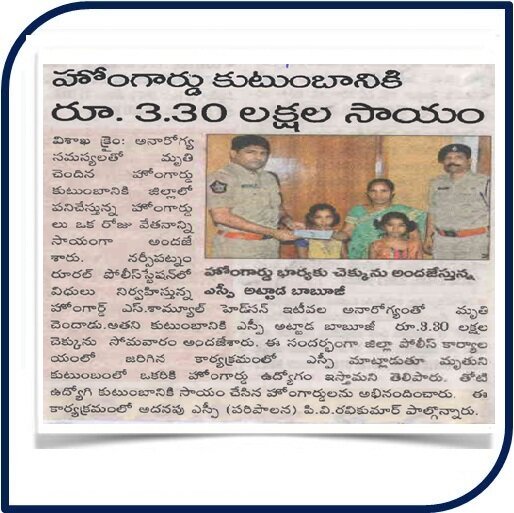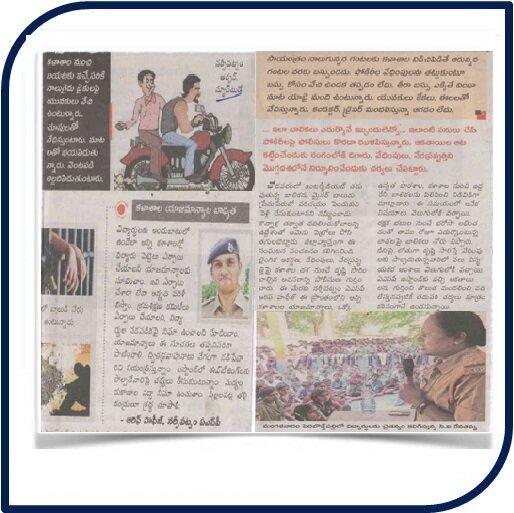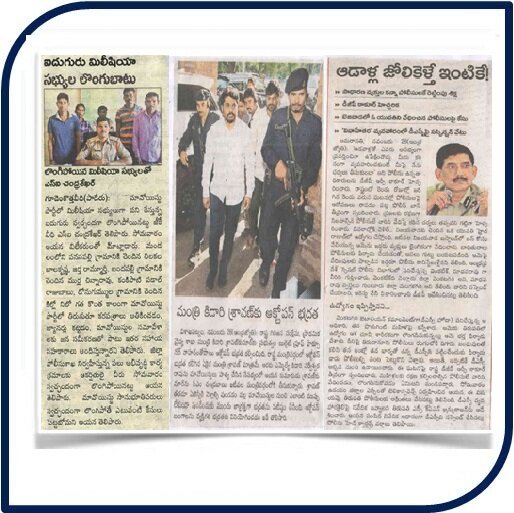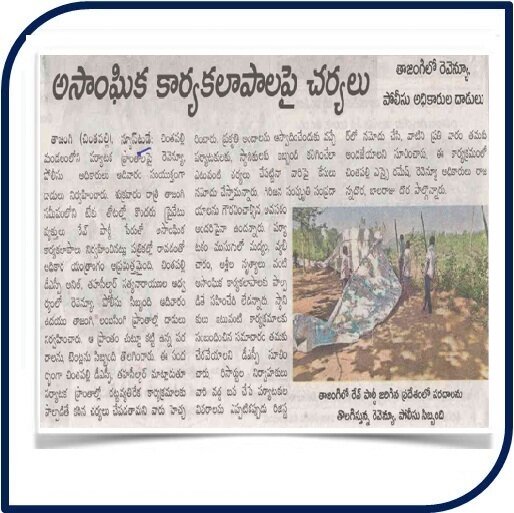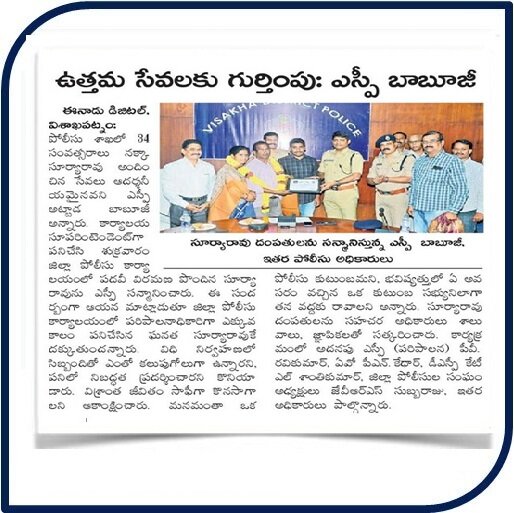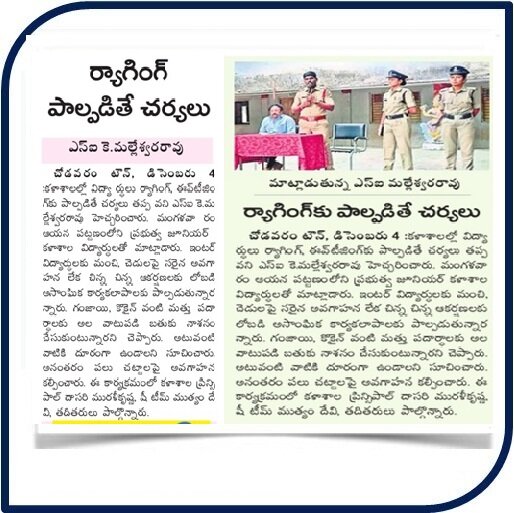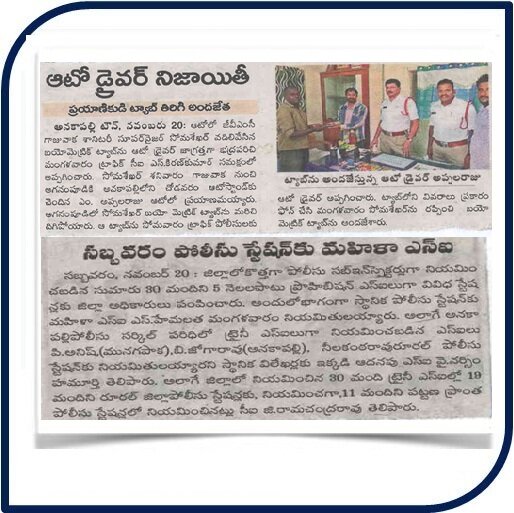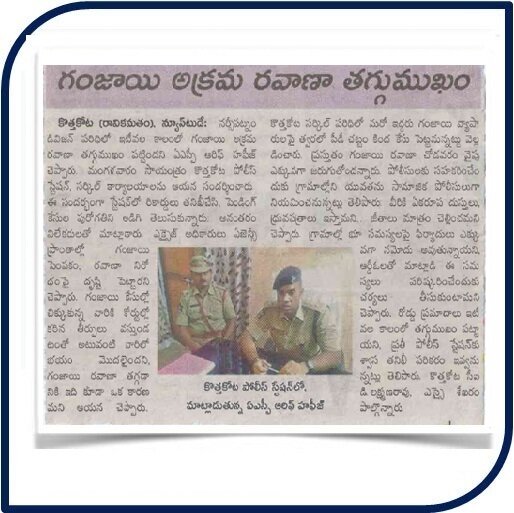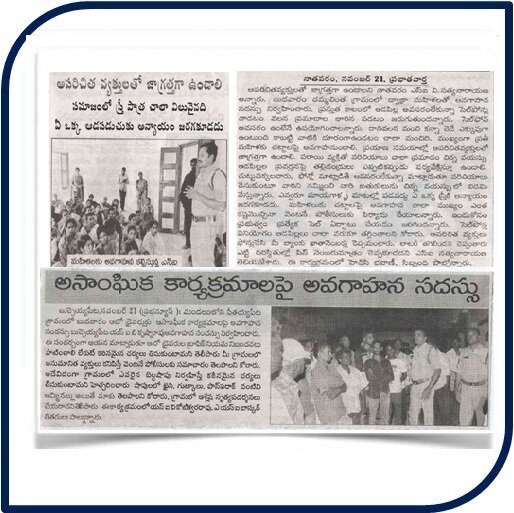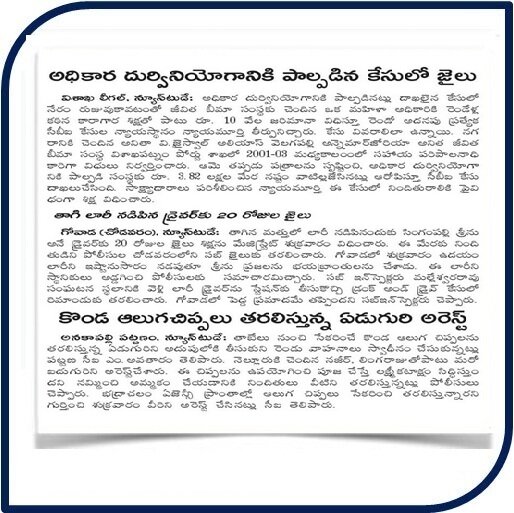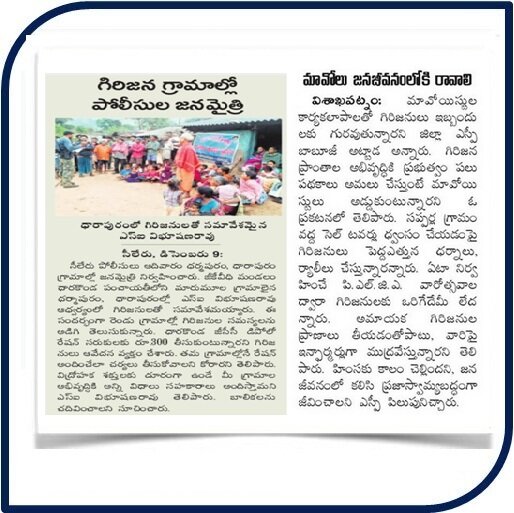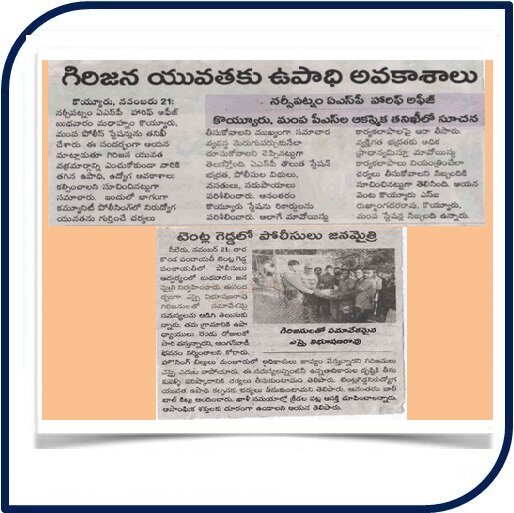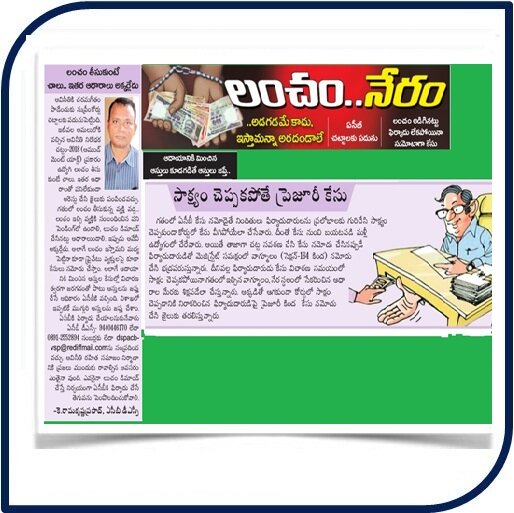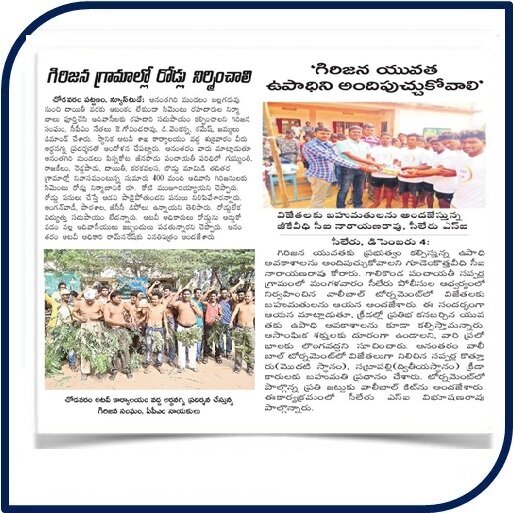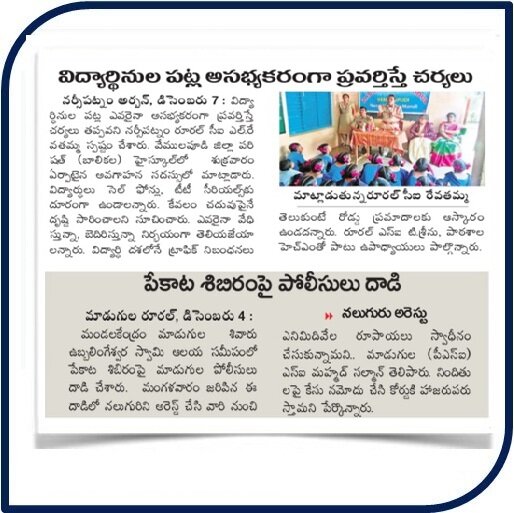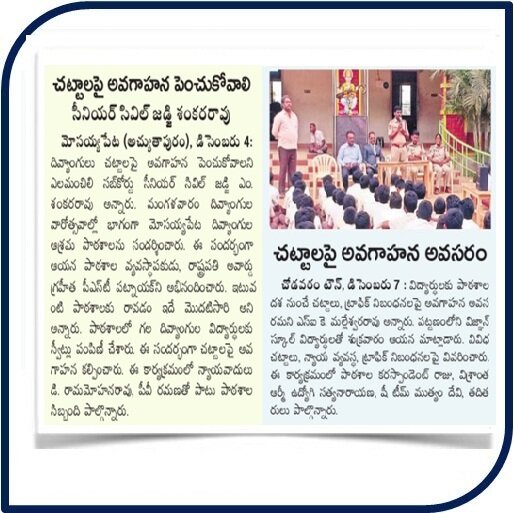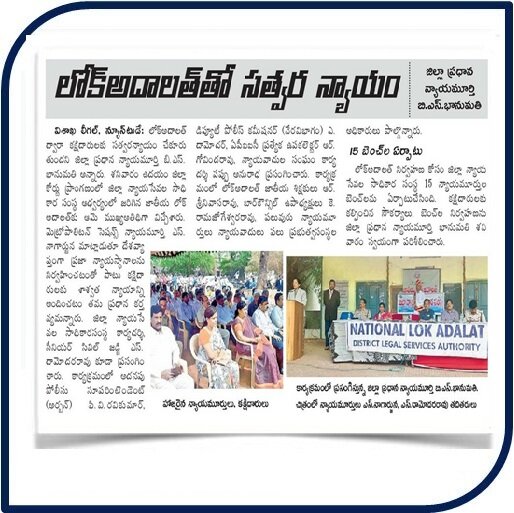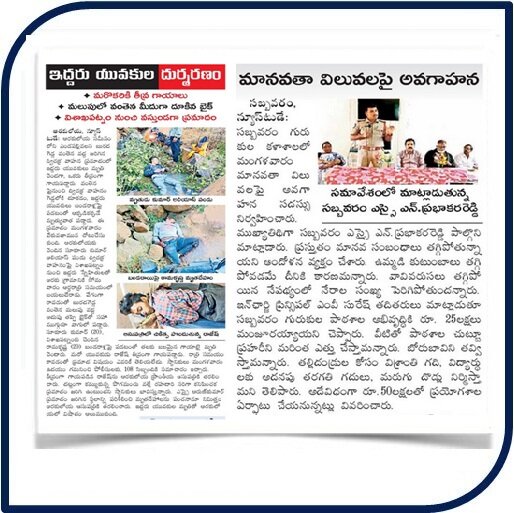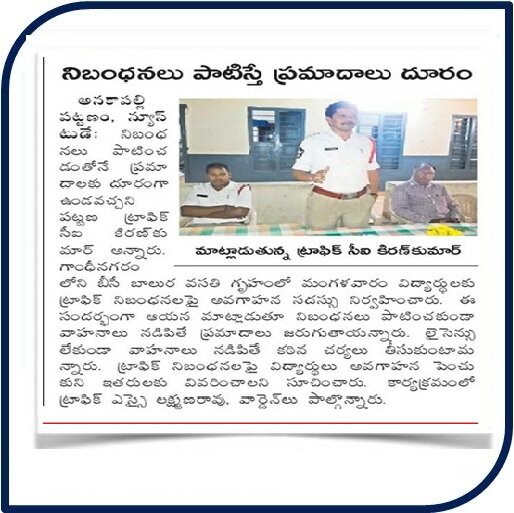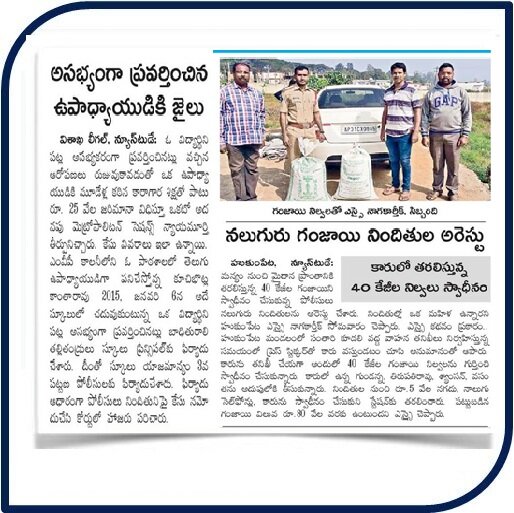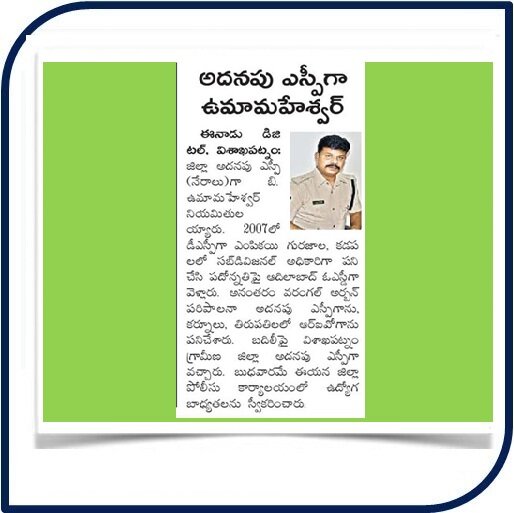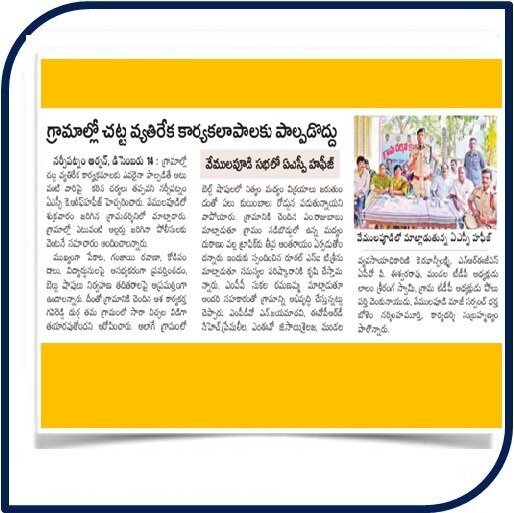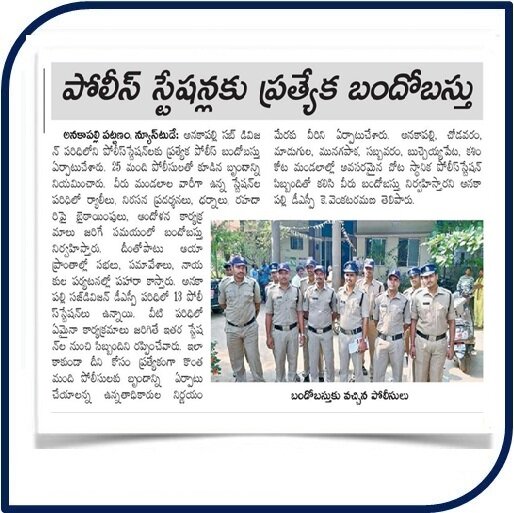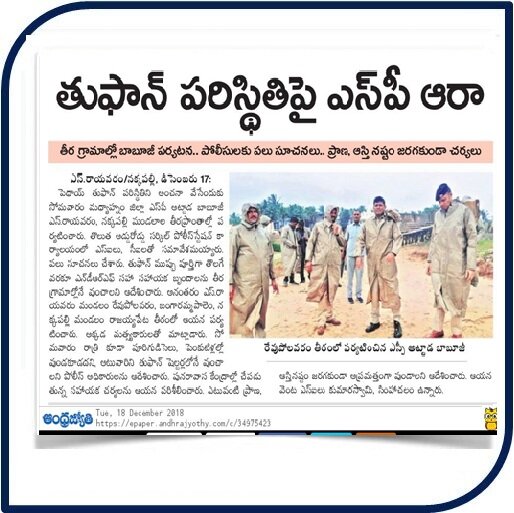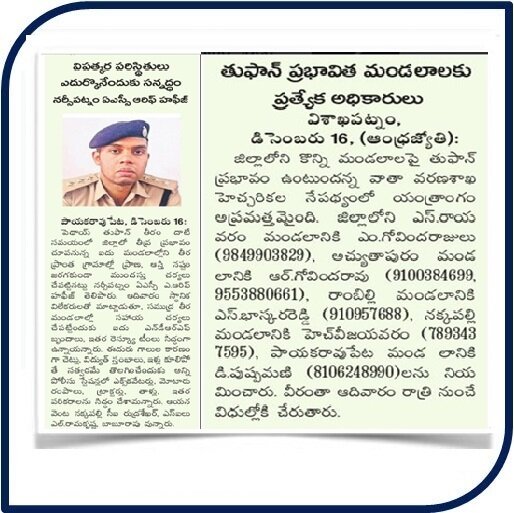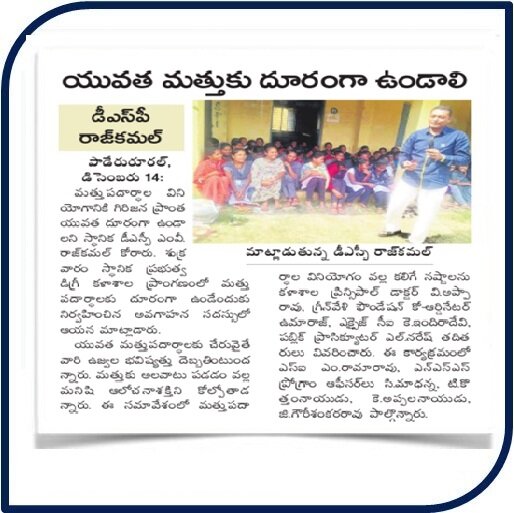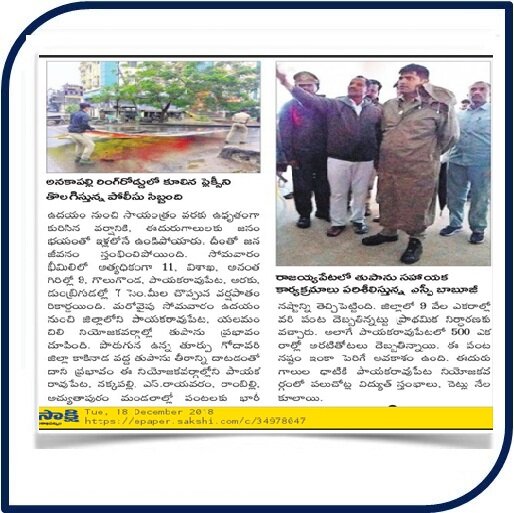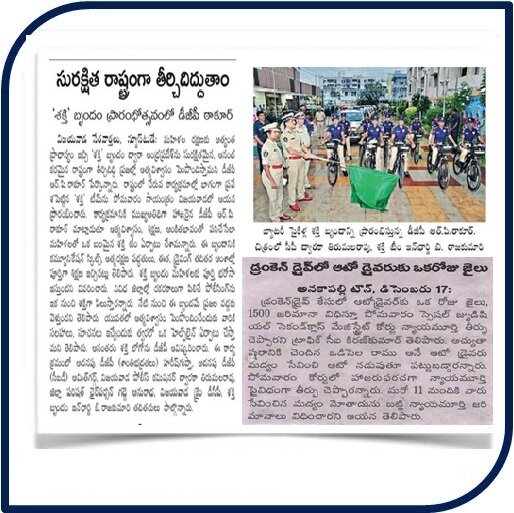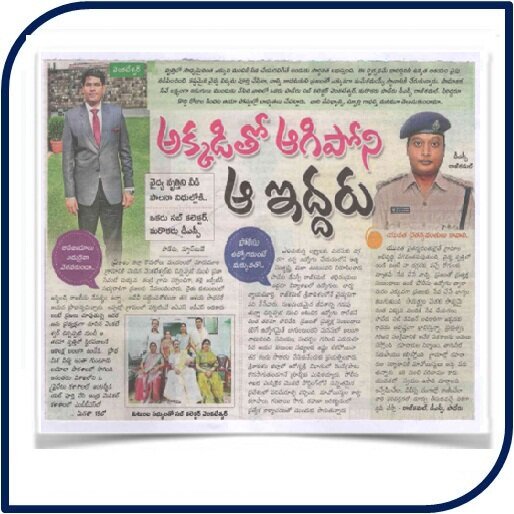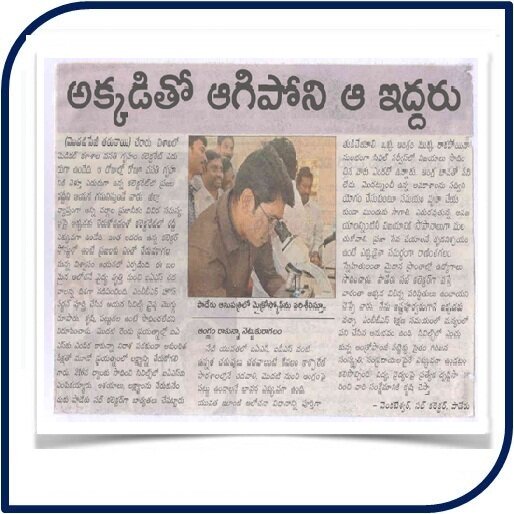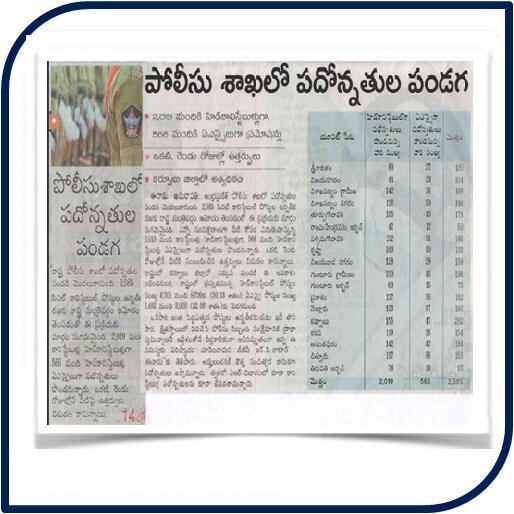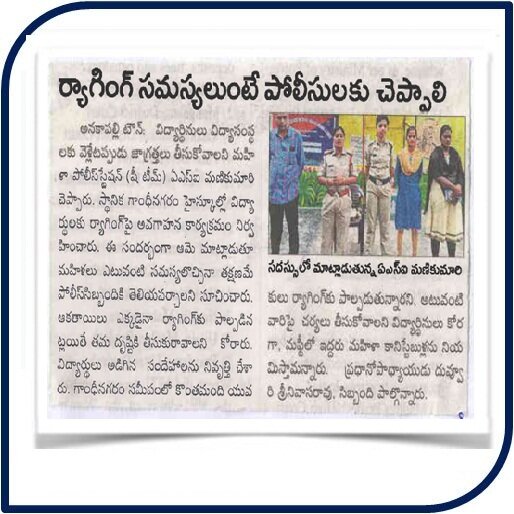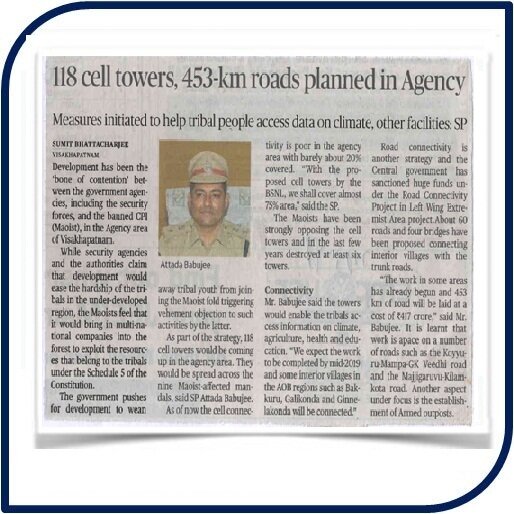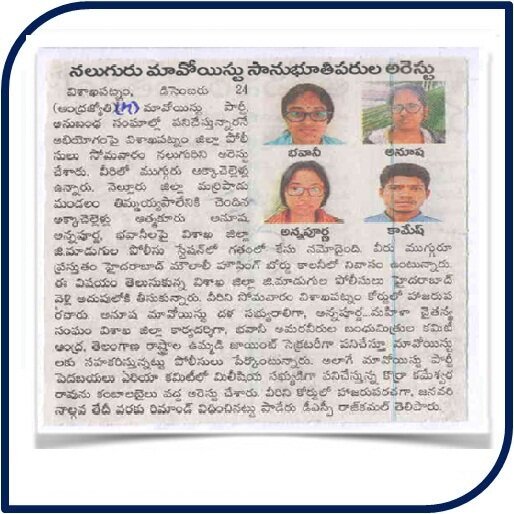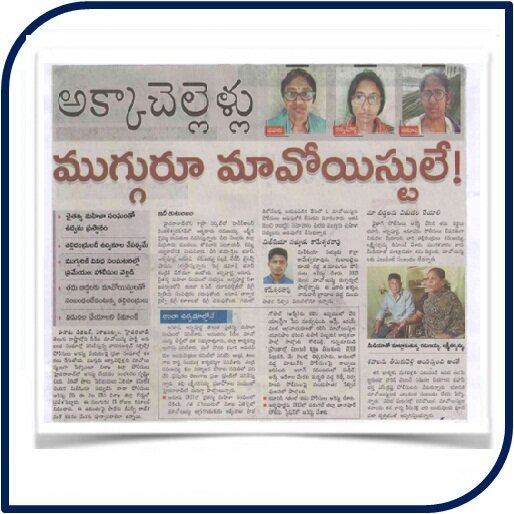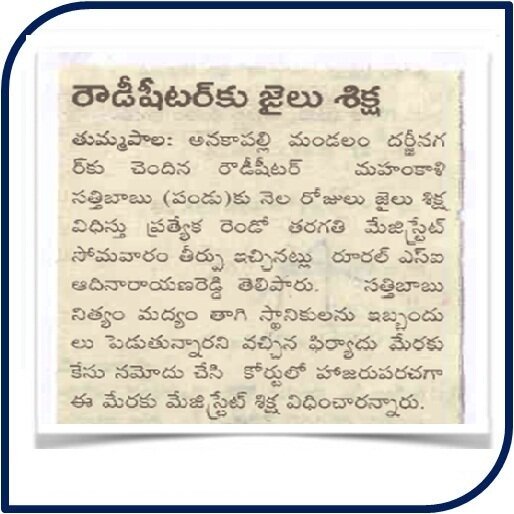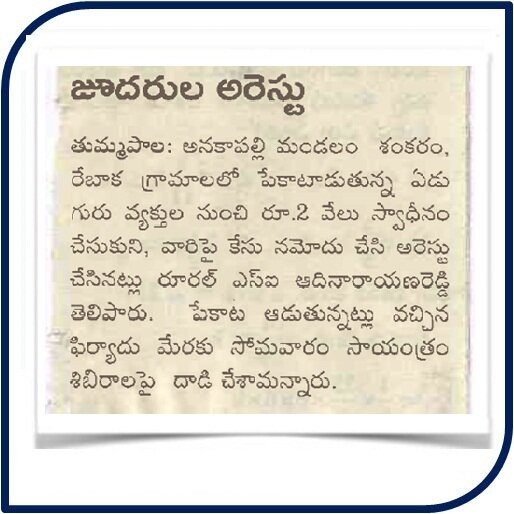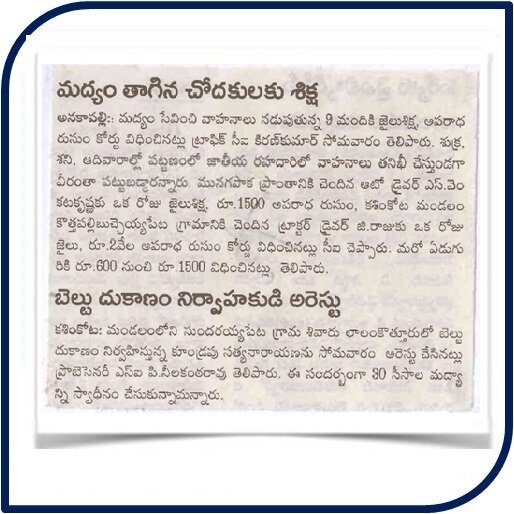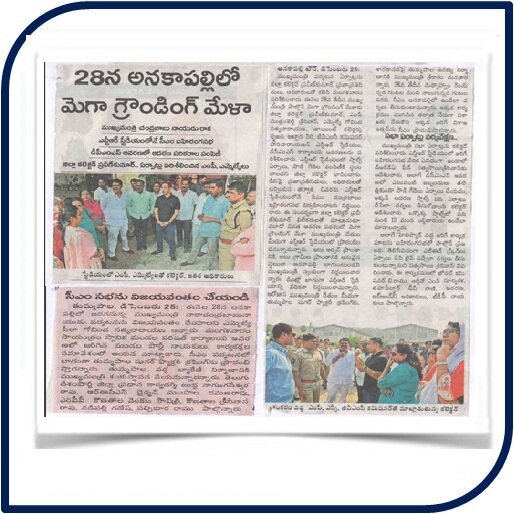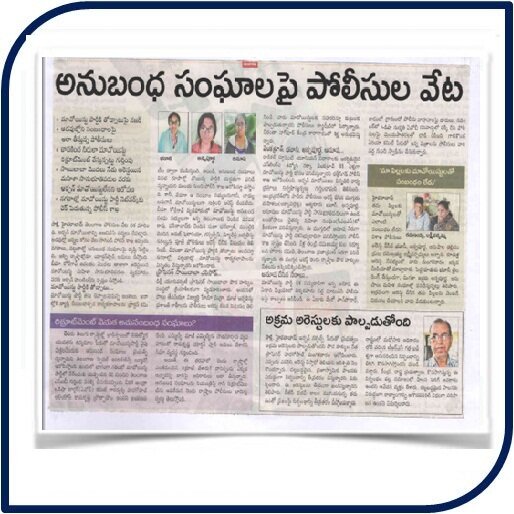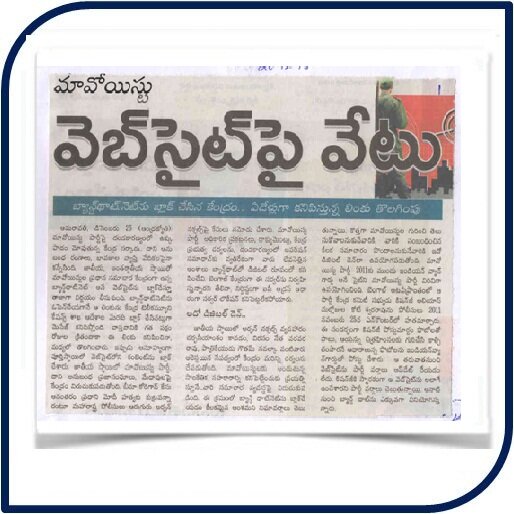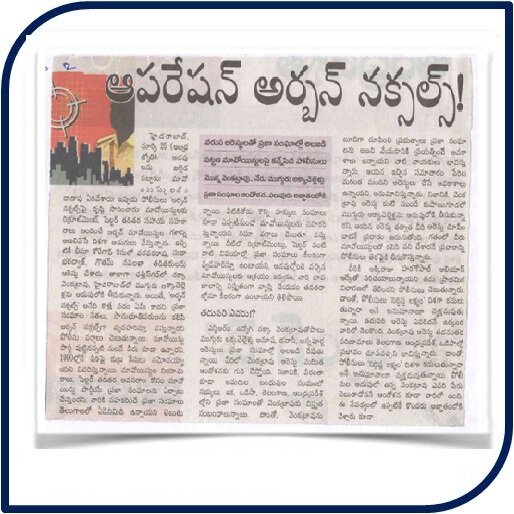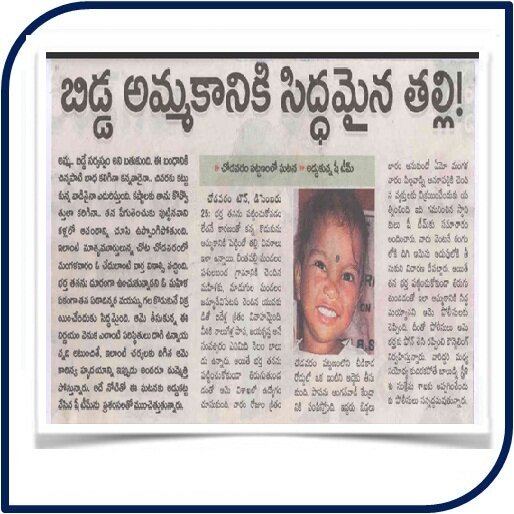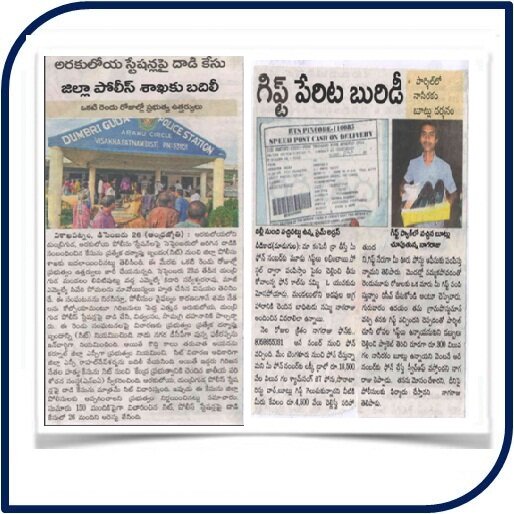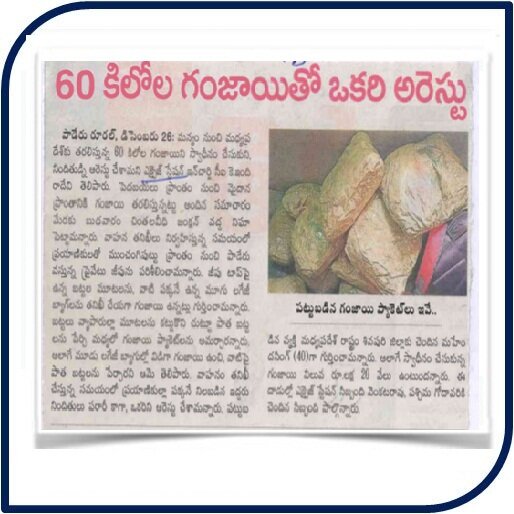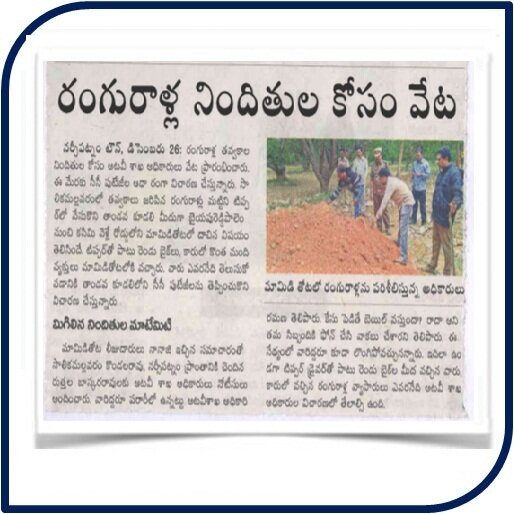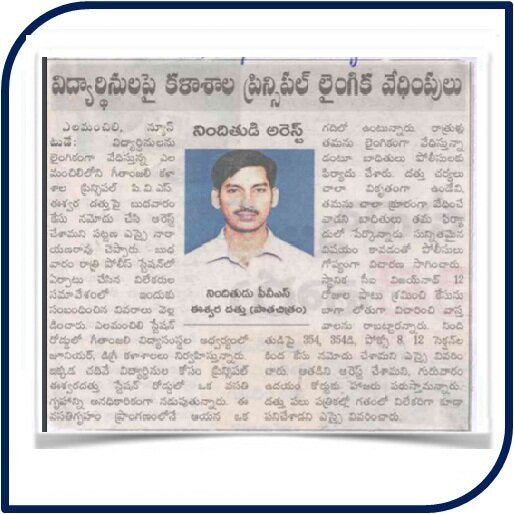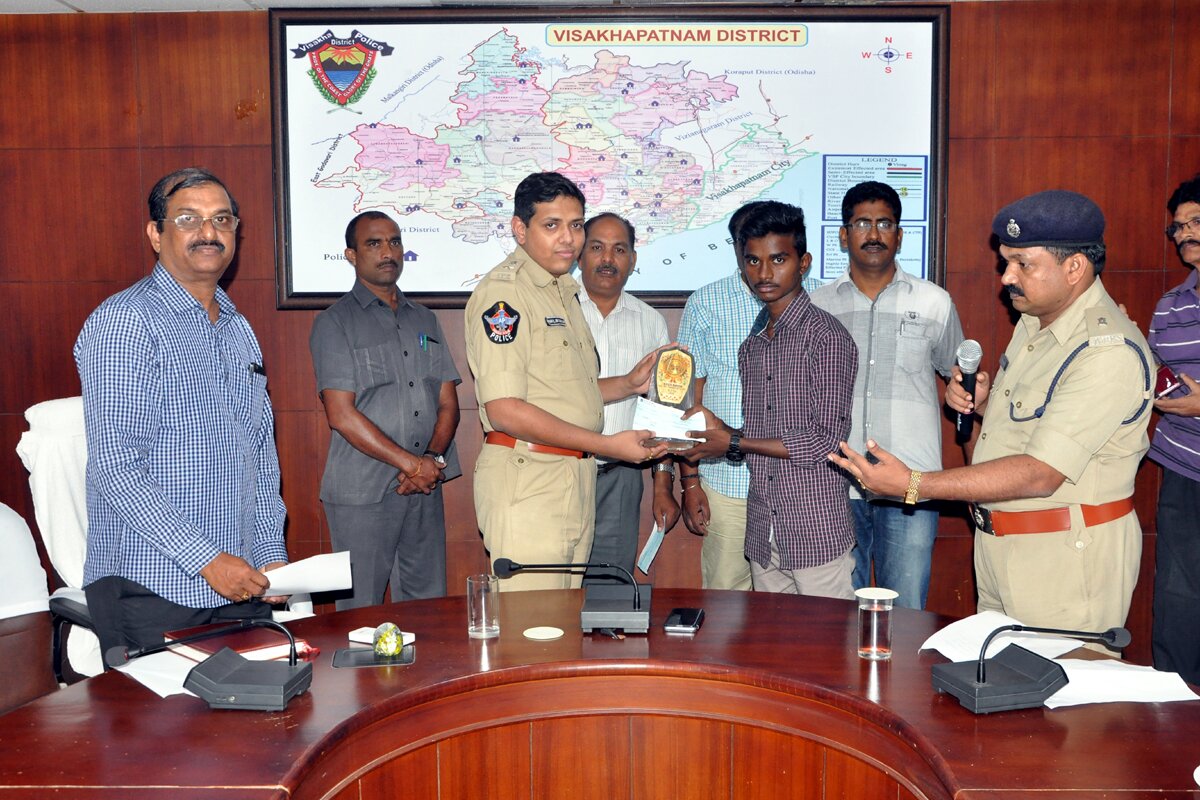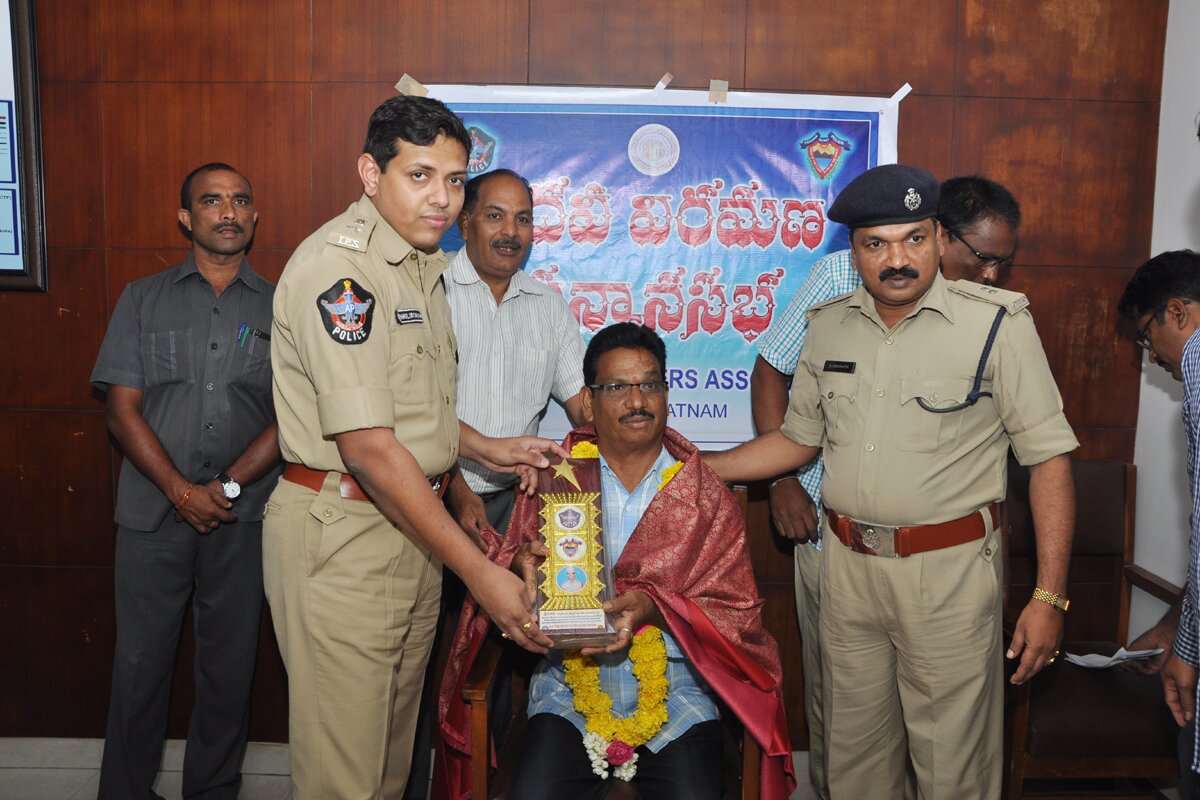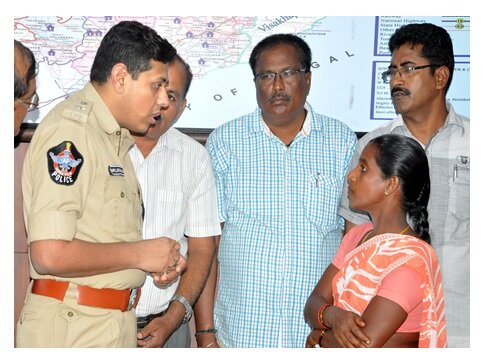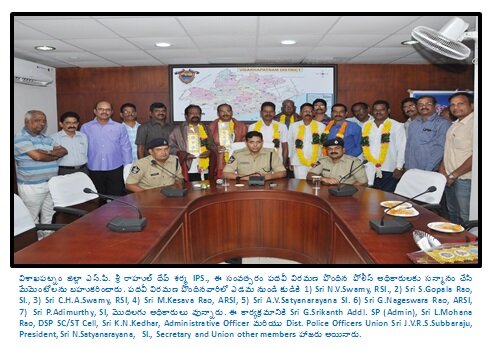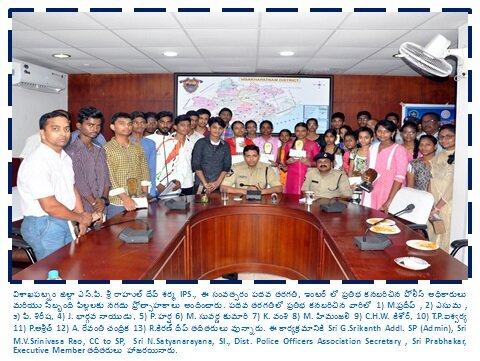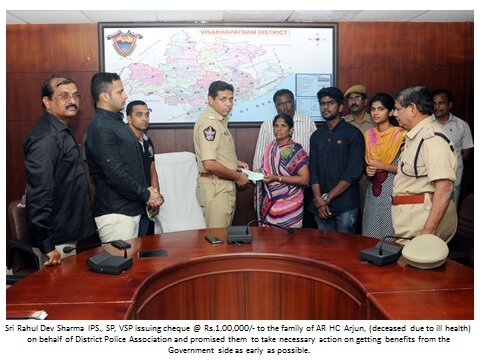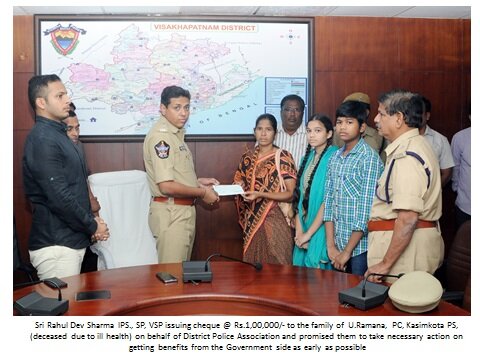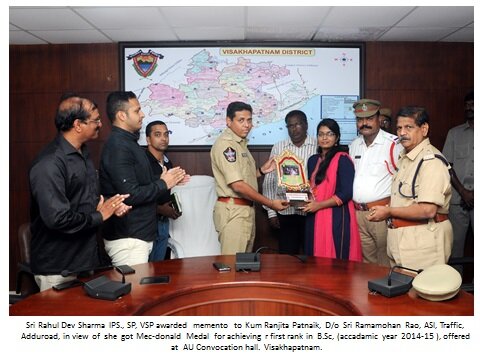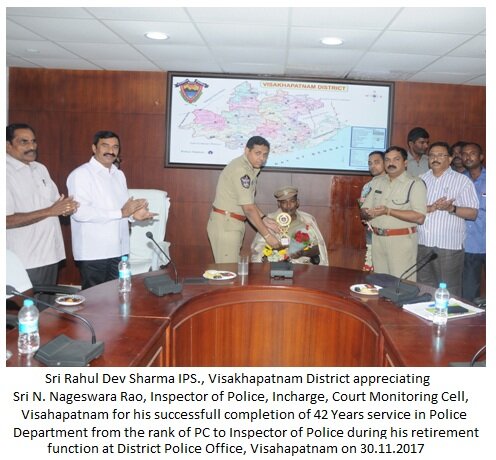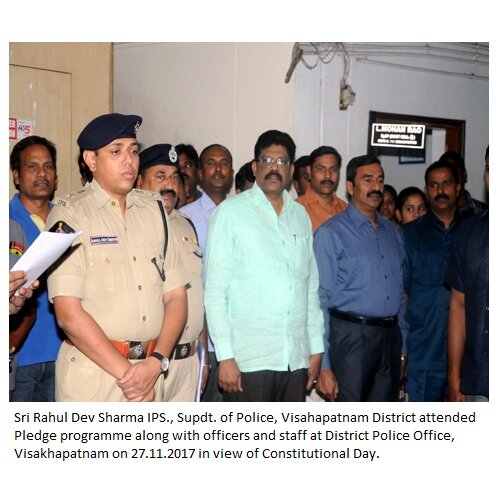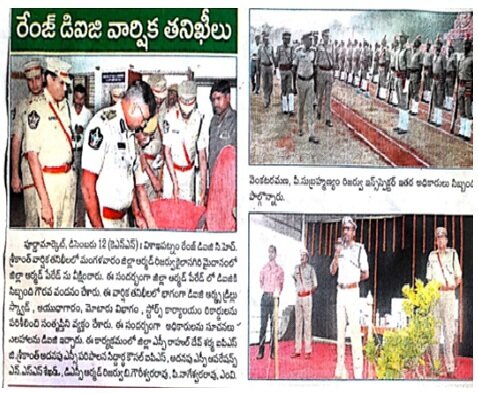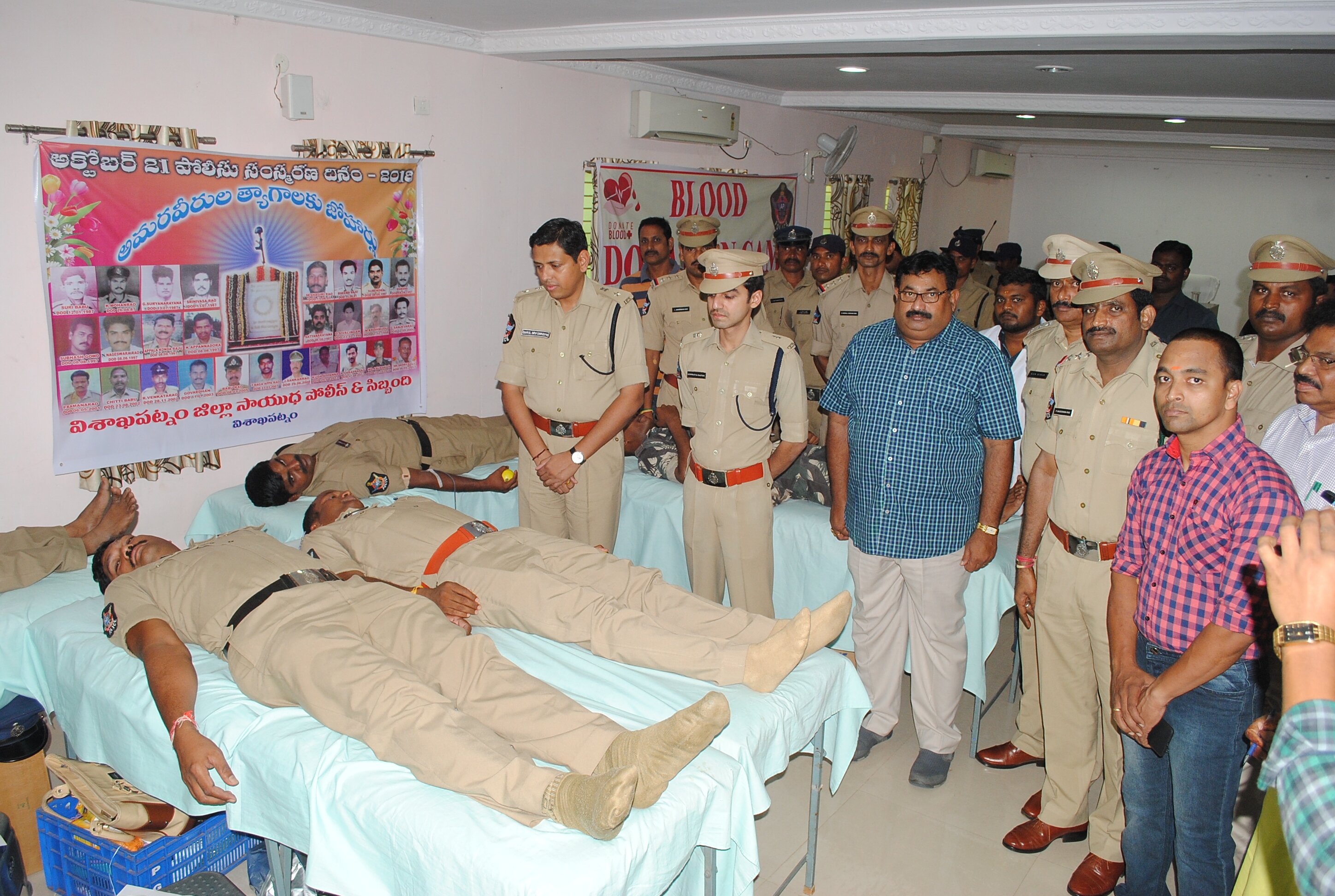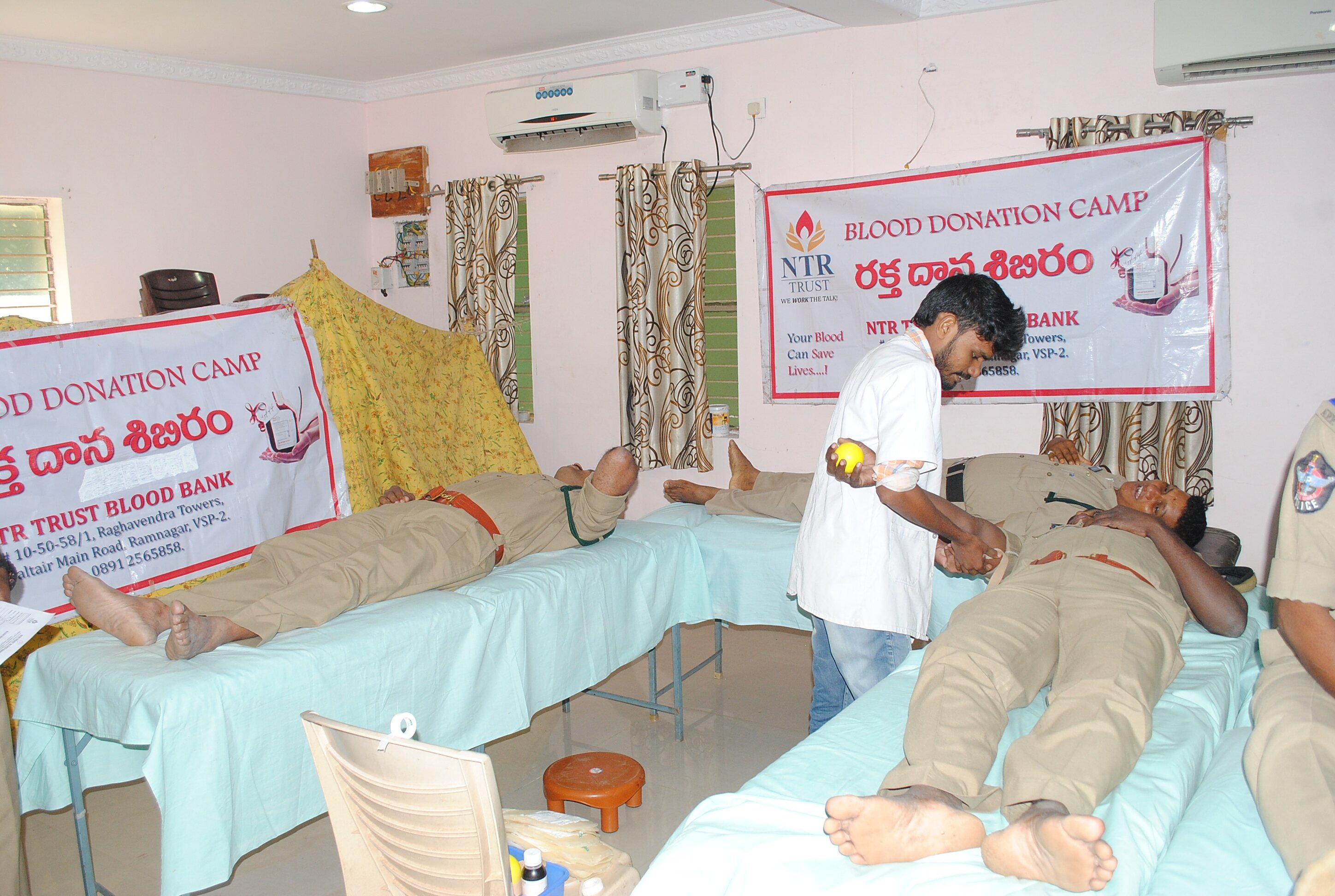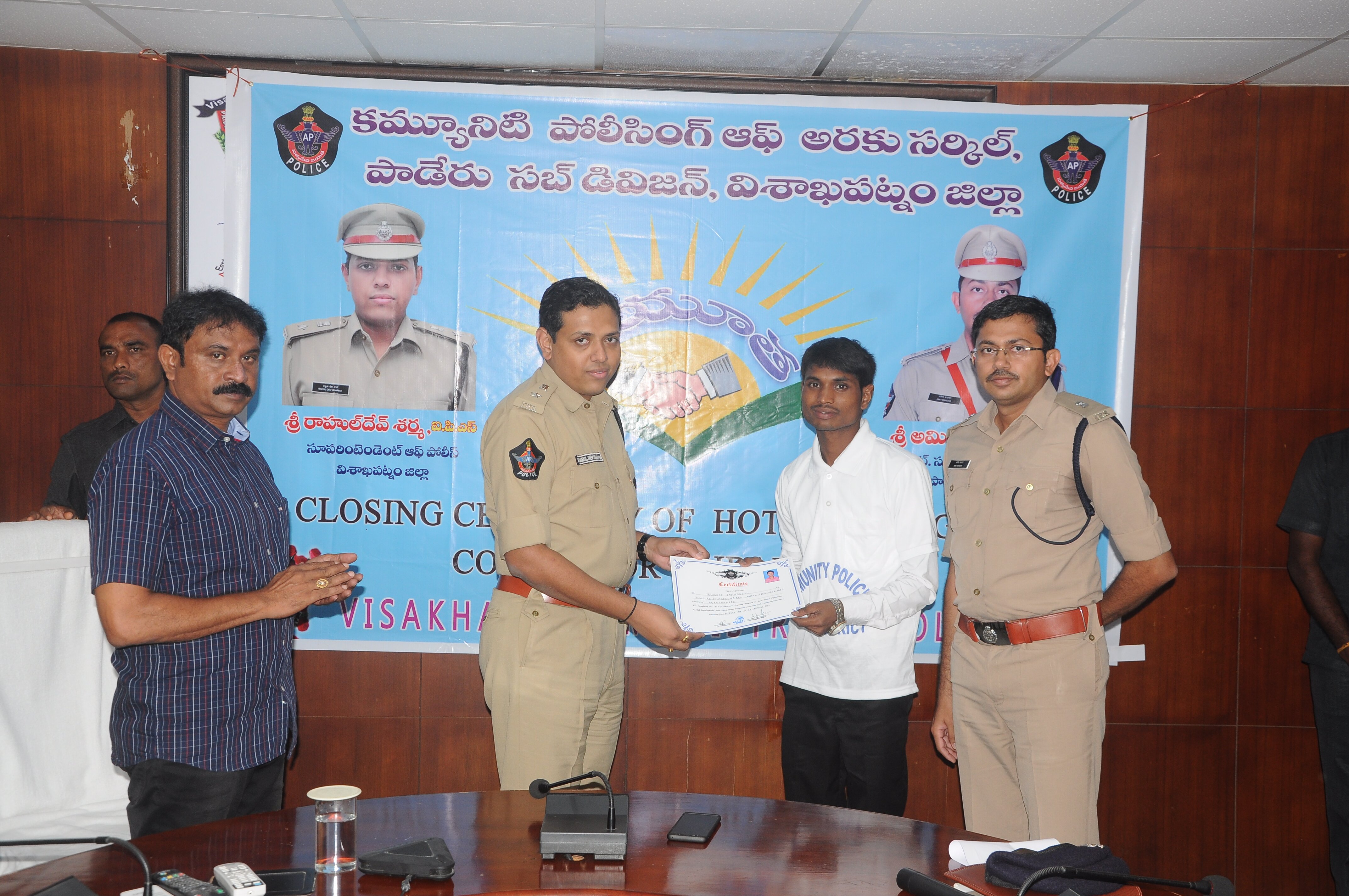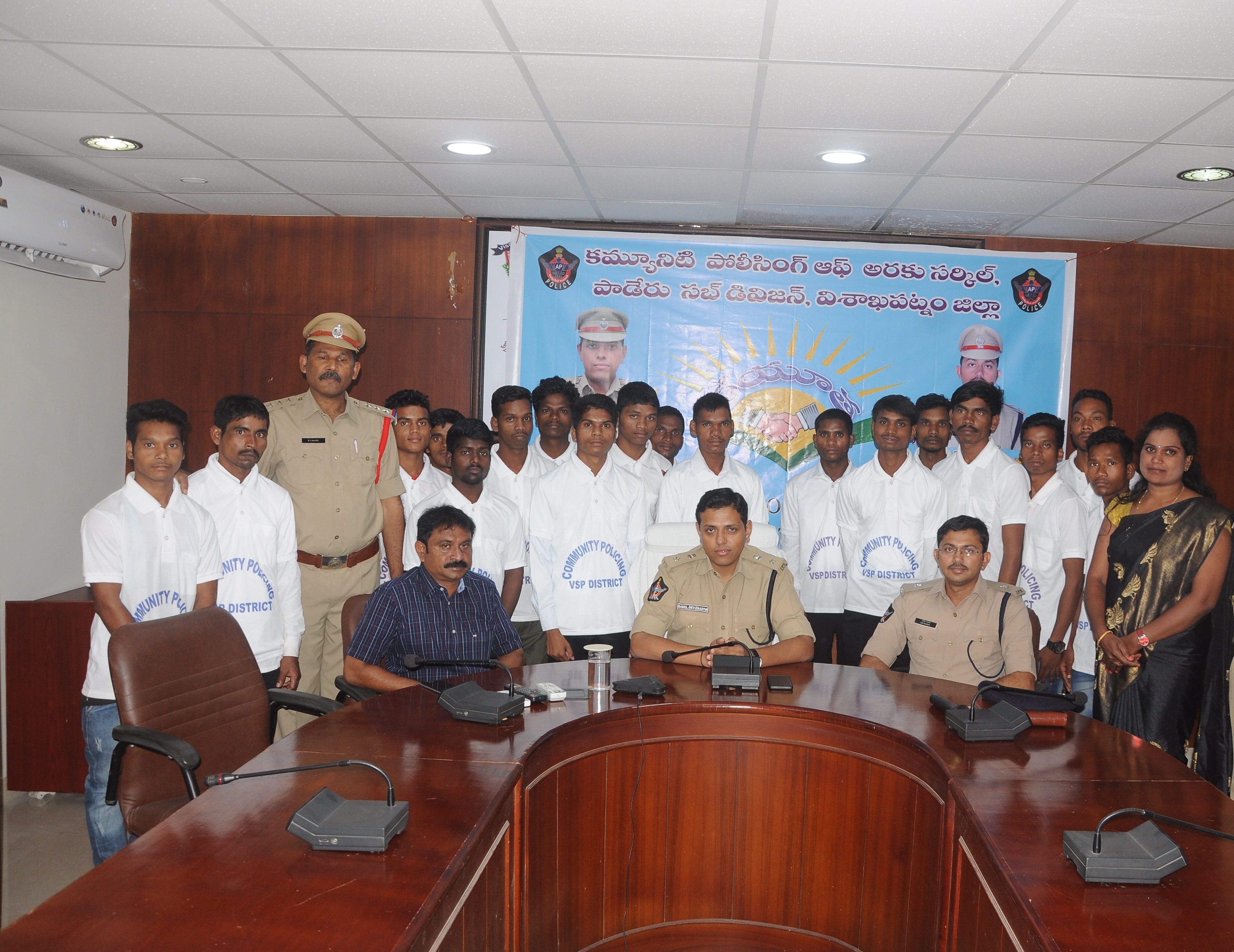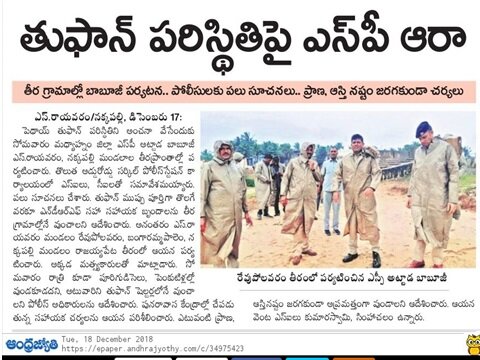Visakhapatnam District Police
Website for Echallan Payments.

Investigating Officers Tips
As a key agency of the Criminal Justice Administration the Police is responsible for performing multi-faceted function such as the prevention of crime, maintenance of law and order, conduct of investigation of crimes, production of under trials before the Courts and post sentence surveillance over the criminals etc. In view of the functional peculiarities the Police tends to become the frontal formal agency to come in contact with the raw realities of crime, including the accused and the victim. All the makes the Police not only an all pervasive criminal justice agency but also exposes it to frequent social censures both of formal as well as informal nature, and makes them the center of lot of controversies regarding their professional roles. The Supreme Court and the High Court rulings relating to the various aspects of Police functioning immense significance not only for the legal professional, but also for the rank and file of the Police Force. The Supreme Court and the High Court decisions would be able to strengthen the overall Rule of Law foundations of our criminal justice administration.
| Police and Investigation | ||
| 1. | Territorial Jurisdiction and powers of investigation |
The SHO has statutory authority under section 156 Cr.PC to investigate any cognizable case for which an FIR is lodged At the stage of investigation, there is no question of interference under section 482 Cr.PC on the ground that the investigating officer has no territorial jurisdiction. If the investigation officer arrives at the conclusion that the crime was not committed within the territorial jurisdiction of the Police Station, then FIR can be forwarded to the Police Station having jurisdiction over the area in which the crime is committed, but this would not mean that in a case which requires investigation, the police officer can refuse to record the FIR and or investigate it. |
| 2. | FIR and Registration of FIR |
Every Telephonic information about commission cognizable offence irrespective of nature and details of such information cannot be treated as FIR. Whenever FIR is registered against the accused, a copy of it is forwarded to the Court under provisions of the Code; Thus it becomes a Public Document. |
| 3. | Interrogation |
It is a legitimate right of any officer to interrogate or arrest any suspect or some credible material but such an arrest must be in accordance with the law and the interrogation does not mean inflicting injuries. It should be in its true sense purposeful, namely, to make the investigation effective. Torturing a person and using third degree methods are of medieval nature and they are barbaric and contrary to law. The Police would be accomplishing behind their closed doors precisely what the demands of our legal order forbid. They must adopt some scientific methods than resorting to physical torture. If the custodians of law themselves indulge in committing crimes then no member of the society is safe and secure. If Police Officers who have to provide security and protection to the citizens indulge in such methods they are creating a sense of insecurity in the minds of the citizens. |
| 4. | Arrest and Custody |
An arrested person being held in custody is entitled, if he so requests to have one friend, relative or other person who is know to him or likely to take interest in his welfare told as far as is practicable that he has been arrested and where he is being detained. The Police officer shall inform the arrested person when he is brought to the police station of this right An entry shall be required to be made in the diary as to who was informed of the arrest protections from power must be held to flow from articles 21 and 22(1) and enforced strictly. It shall be the duty of the Magistrate, before whom the arrested person is produced, to satisfy himself that these requirements have been complied with. |
| 5. | Handcuffing and Security |
Where the police or the jail authorities have well-grounded basis of drawing a strong inference that a particular prisoner is likely to jump jail or break out of the custody then the said prisoner be produced before the magistrate concerned and a prayer for permission to handcuff the prisoner be made before the said Magistrate save in rate cases of concrete proof regarding proneness of the prisoner to violence, his tendency to escape, he being so dangerous/desperate and the finding that no other practical way of forbidding escape is available, the Magistrate may grant permission to handcuff the prisoner. In all the cases where a person arrested by police is produced before the Magistrate and remanded to judicial or non-judicial custody- is given by the Magistrate the person concerned shall not be handcuffed unless special orders in that respect area obtained from the Magistrate at the time of grant of the remand. |
| 6. | Remand |
Section 167 is supplementary to Section 57. the investigation should be completed in the first instance within 24 hours; if not the arrested person should be brought by the police before a Magistrate as provided under Section 167. While doing so, the police should also transmit a copy of the entries in the diary relating to the case which is meant to afford to the magistrate the necessary information upon which he can take the decision whether the accused should be detained in the custody further or not. Even at this stage the Magistrate can release him on bail if an application is made and if he is satisfied that there are no grounds to remand him to custody if he is satisfied that further remand is necessary then he should act as provided under section 167. The Judicial Magistrate can in the first instance authorize the detention of the accused in either police or judicial custody from time to time but the total period of detention cannot exceed fifteen days in the whole. If the arrested accused is produced before the Executive Magistrate having judicial powers where Judicial Magistrate is not available, the Executive Magistrate is empowered to authorize the detention in such custody either police or judicial only for a week. If the investigation is not completed within the period of ninety days or sixty days as provided under the provision to 167(2) then the accused has to be released on bail. |
| 7. | Charge sheet – Effect of Delay |
The Charge Sheet is nothing but a final report of Police officer under section 173 (2) of the Cr.P.C The statutory requirement would be complied with of the various details prescribed therein are included in the report. This report is intimation to the magistrate that upon investigation into a cognizable offence the investigation officer has been able to procure sufficient evidence for the court to inquire into the offence and the necessary information is being sent to the court. In fact, the report U/s 173 (2), purports to be an opinion of the investigating officer that as far as he is concerned he has been able to procure sufficient material for the trial of the accused by the court. The report is complete if it is accompanied with all the documents and statements of witnesses required by Section 175(5). Nothing more need be stated in the report of the IO. It is also not necessary that all the details of the offence must be stated. The details of the offence are required to be proved to bring home the guilt to the accused at a later stage i.e. in the course of the trial of the case by adducing acceptable evidence. |
| Police and Evidentiary issues | ||
| 1. | Recording of Confessions |
The confession should be recorded in a free atmosphere in the same language in which the person is examined and as narrated by him. The person from whom a confession has been recorded under section 15 (1) of the Act, should be produced before the Magistrate to whom the confession is required to be sent along with the original statement of confession, written or recorded on mechanical devise without unreasonable delay. The Magistrate should scrupulously record the statement, if any made by the accused so produced and get his signature an in case of any complaint of torture, the person should be directed to be produced for Medical examination. The Police Officer is he is seeking the custody of any person for pre-indictment or pre-trial interrogation from the judicial custody, must file an affidavit sworn by him explaining the reason not only for such custody but also for the delay, if any seeking the police custody. |
| 2. | Use of Case Diary in Trial |
It is manifest from its bare reading without subjecting to detailed and critical analysis that the case diary is only a record of day-to-day investigation of the investigating officer to ascertain the statement of circumstances ascertained thought the investigation U/s 172 (2), the court is entitled at the trial or enquiry to use the diary not as evidence in the case. But as aid to it in the inquiry or trial. Neither the accused, nor his agent, by operation shall be entitled to call for the diary, not shall he be entitled to use it as evidence merely because of Court referred to it. Only right given there under it that if the Police officer who made the entries in the diary uses it to refresh his memory or if the court uses it for the purpose of contradicting such witness, by operation of section 145 of Evidence Act, it shall be used for the purpose of contradicting such witness i.e. I O or the Court. It is, therefore, clear that unless the I O or the Court uses it either to refresh the memory or contradicting the investigating officer as previous statement under section 162 that too after drawing his attention there to as is enjoined under section 145 of Evidence Act, the entries cannot be used by the accused as evidence. |
| 3. | Evidentiary Value of Site Plan |
If in a given case the site plan is prepared by a draftsman – and not by the investigation officer – entries therein regarding the place from where shots were fired or other details derived from other witnesses would be admissible as corroborative evidence. |
| 1. | Power of Police Surveillance |
| 2. | Sanction of Route for religious procession |
| 3. | Permission to organize Public Meetings |
| 4. | Licensing places of Public Entertainment |
| 5. | Directions for providing Police Security |
| 6. | Limitation in Complaint/Suit against Police Personnel |
| CHECK LIST FOR INVESTIGATION OF CASES UNDER PRIZE CHIT AND MONEY CIRCULATION SCHEMES (BANNING) ACT, 1978. | |
| 1. | Searches and seizures should be done simultaneously on the Head office, Branches and concerned places at the same time at once. |
| 2. | Seize documents relating to enrollment of members Membership Registers, Membership Books, Cash Books, Information relating to Banks and advertisement material relating to the scheme etc. |
| 3. | Seize samples of the goods circulated through the scheme. If the suspected company is dealing with medicines or Medicinal substances, then they should also be seized and packed separately. |
| 4. | Important document to be seized from the promoters/company is the enrollment chart i.e. Up line and down line. The chart clearly shows that it is nothing but an enrollment scheme, which is a banned activity in India. The chart is also shows that the beneficiaries of these schemes are none other than the Directors/Promoters of the scheme. |
| 5. | Identity the Banks and the accounts relating to the company or promoters. The IO should immediately send notices to the Bank Managers to freeze the accounts U/s 102 Cr.P.C. Identify the personal accounts of the Chairman and Directors (and their family members, if any) and get them freezed. |
| 6. | Identity the cash flow of the scheme with the help of the Accountant of the company to know the amount collected from the subscribers of the scheme. |
| 7. | Ascertain the details relating to Chairman, MD., Directors, Managers of the Company/firm, This can be secured from the Bye-laws/Memorandum and Articles of Associations of the Company/Firm. Brochures, Photographs and other related material connected to Chairman and Directors and should be seized. |
| 8. | Collect the beneficiaries list of the Scheme/Business. This can be got from the Register of distributors, cash Book and from the computers system, which maintains this enrollment data. For E.g. in southern wonder world resorts limited (Cr. No. 174/200 of Rayachoti (U) PS of Cuddapah District investigated by CID, AP, Hyderabad), the details of the beneficiaries are as follows:- A-1. 70 Lakhs, A-2. 12 Lakhs, A-9. 12 Lakhs and their other relatives to the tune of corers of rupees (out of 13-crores). These details will prove that the beneficiaries of such schemes are promoters/Directors who in turn have made quick and easy money by enrollment of members. |
| 9. | Identity the Advertisement Agency and Printing press who supplied the Printing material and examine them, |
| 10. | Seize Certificates of Incorporation issued by ROC, Firm Registration Certificate issued by Registrar of Forms 1) Bye-laws and Memorandum of association, 2. Obtain form No. A of the registration of firm, list of directors for the company etc. And also correspondence relating to the commercial Tax department, Income Tax department etc. This correspondence will help us to fix up the promoters/directors/partners for camouflaging the product with the money circulating scheme. Collect relevant records from the above government agencies and examine the officials of the respective departments to know the name of the Directors/Promoters/Partners or the real beneficiaries. |
| 11. | Examine the owners of the premises let out to the Promoters of the scheme for running the scheme. Seize the vouchers connected to the payment of rents and deposits etc. Collect the Municipal Records related to the premises. |
| 12. | Identity the properties of the promoters/Directors/Partners and their relatives and friends and seize the bank accounts, documents, vehicles and other properties under section 102 Cr. P.C. The seizure should be brought to the notice of the concerned court and deposited therewith. |
| 13. | Media to be informed about the search and seizures made by the Police. The Police can also alert the public about such schemes. |
| 14. | As it is new trend in white collar crime, it is desirable that such cases be supervised by Superior Officers. The investigation should focus on organizers and active members who are at the top of the pyramid. All Unit officers should bestow their personal attention and closely monitor the investigation. |
| 15. | As a preventive measure sufficient caution should be given to potential victims not to fall trap into such schemes and not only lose money but also become accused for enrolling members. |
PUBLIC GRIEVANCE







